By Oksana Lushchevska Oksana, we deeply apologize but we cannot let children out from the bomb shelter for the reading time. Today we have air raids one after another. “Oksana, we deeply apologize but we cannot let children out from the bomb shelter for the reading time. Today we have air raids one after another, ” messages the teacher to me the minute I sit down by the computer with children’s books in my hands still deciding which book might be better to read aloud to 2nd graders. I am ready to meet with kids via zoom, our read aloud is about to start. “We are sorry but it looks like we can’t even reschedule this reading,” adds the teacher after 15 minutes. “We are afraid tomorrow will be similar…” To get messages like this is not a rare thing these days for me as an author and scholar of children’s literature. Classes are delayed, meetings are rescheduled, events are cancelled a number of times. Since Russia’s invasion of Ukraine two years ago, Ukrainian educators and their students are trying to re-learn how to make possible a solid education for Ukrainian children in the time of war. This is also right after COVID, which already had significant impact on education quality in Ukraine. Despite difficulties and instabilities, children’s literature enthusiasts managed to organize about 40-45 read alouds for me during which I read to Ukrainian children my own books and books of other Ukrainian authors. This taught me many lessons on how to read with children who live in extraordinary difficult circumstances. Moreover, this experience showed me what book preferences children have while going through extremely dark times (quite literally). Lessons Learned In this short article I would like to share key takeaways from my experience reading books to Ukrainian children through these turbulent and unstable two years. First, it is important to note that my preparation for read alouds always took a lot of time, because from the first read alouds I came to understand that children’s reading preferences highly depended upon: Geographical area If children were in the most active Ukrainian war zones, they wanted to talk a lot about war and they preferred to read a book reflected their shared experience. Reading age Younger children preferred funny and easy books, but older children preferred books about strength, bravery, truth and togetherness. Additionally they always wanted to know what children from the USA think about the war in Ukraine and if they support Ukraine Preparation ahead of time Children who had read my books and knew that I was their author, desired to have discussions about the texts themselves. Those who did not read my books previously, wanted to read something of my choice I learned how to manage these three major issues by having with me a few different kinds of books as options: funny books about dogs/cats, hybrid fictional/informational biography books about famous Ukrainians, and some realistic fiction books about war experience. Recommendations for Practice in the US What about us, educators and enthusiasts of children’s literature, here in the USA? How is everything mentioned above relevant to our reading choices? I believe we can borrow three major points from my experience reading books aloud to children in Ukraine.
In their article for Time Magazine, Tom Rivett-Carnac and Oliver Jeffers state, “We exist in a place where all the problems of the universe are present” and note that, nowadays, we should not to think of ourselves just as individuals – but rather we need to teach our children to have a mindset that we are all interconnected. Similar to Jella Lepman (1891-1970), a German journalist, author, and translator who founded the International Youth Library in Munich right after WWII, I believe that children’s books are couriers of peace and support. Thus, “if children read books from other countries, they would realize that they share common human values and strive to preserve them.” Inspired by this, I have a proposal to all the children’s literature enthusiasts who are planning to talk about the two years of Russian’s invasion to Ukraine, which for sure will be widely discussed on the news and mass media this February: You can bring a fabulous supportive experience for the young readers in your classrooms and reading circles by sharing books!
Lepman, J. (2002). A bridge of children’s books: the inspiring autobiography of a remarkable woman. Dublin, Ireland: The O’Brien Press, Ltd. Rivett-Carnac, T., & Jeffers, O. (2023). Choose your stories well. Time, 2023(1–2). Romanyshyn, R., Lesiv A. (2022). How War Changed Rondo. New York: Enchanted Lion Books. Oksana Lushchevska, Ph.D. is an independent children's literature scholar and a Ukrainian children's book author and translator. She is a publishing industry and government consultant in Ukraine and founder of Story+I Writing Group. She was a recipient of the 2015 CLA Research Award. Website: http://www.lushchevska.com by Angela Wiseman & Ally Hauptman (2022 Co-Chairs) We invite you to join us for our annual Children’s Literature Assembly Breakfast at the 2022 NCTE Convention featuring the award-winning author-illustrator Jerry Craft! Our breakfast is on Sunday November 20th, starting at 7am (PST) and takes place in Ballroom D at the Anaheim Convention Center. The CLA breakfast is not to be missed! As you have seen in other blog posts, we will present awards, have an art auction and book raffle, and then Jerry Craft will speak and sign books afterwards! You need a ticket to the CLA Breakfast to attend. If you have already registered for the NCTE conference, but would like to purchase a ticket to the breakfast, the easiest way to do this is to call NCTE directly at (877) 369-6283. We would like to present some background on the esteemed, award-winning author-illustrator, Jerry Craft. As Publishers Weekly described in a book review about New Kid, Jerry Craft masterfully creates realistic stories that feature real life characters, “deftly weaving discussions of race, socioeconomics, colorism, and solidarity into an accessible narrative.” We were first introduced to his work when we read New Kid, which was published in 2019. New Kid is part of a trilogy; Class Act is the second book and the third will be released in the near future. This fantastic book about Jordan Banks describes his experiences dealing with life as an adolescent while attending a private school where he doesn’t always fit in. He’s one of the only students of Color at this school and experiences prejudice and racism as he realizes how both race and socioeconomic factors impact the way people treat each other. Jerry Craft is motivated to show realistic portrayals of children in his books, but he also really wants children, particularly children of Color, to see themselves in his stories.
If you regularly attend the CLA Breakfasts at NCTE, you know what a wonderful experience they are! But if you haven’t, we welcome you to join us! It’s a great opportunity to meet other people who are passionate about children’s literature, hear an amazing author-illustrator, purchase raffle tickets for wonderful books, and possibly bid on art from children’s illustrators! We hope to see you there! Angela Wiseman and Ally Hauptman Ally Hauptman is a CLA Board Member and co-chair of the 2022 CLA Breakfast Committee. She is an associate professor at Lipscomb University in Nashville, TN. Angela Wiseman is a CLA Board Member and is co-chair of the 2022 CLA Breakfast Committee. She is an associate professor of literacy education at North Carolina State University. By Angela Wiseman and Ally Hauptman, Breakfast Committee co-chairs
Ally Hauptman is a CLA Board Member and co-chair of the 2022 CLA Breakfast Committee. She is an associate professor at Lipscomb University in Nashville, TN. Angela Wiseman is a CLA Board Member and is co-chair of the 2022 CLA Breakfast Committee. She is an associate professor of literacy education at North Carolina State University. By Erika Thulin Dawes and Xenia Hadjioannou on behalf of the Biography Clearinghouse 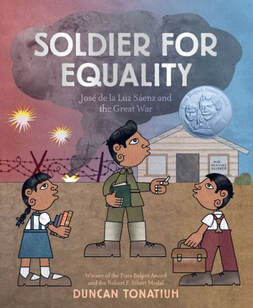 We close out the school year immersed in social strife and conflict. Our students are grappling both with big questions about humanity and substantial uncertainties about everyday life. Recent research describes rising mental health concerns for young people (Acheson, 2020; Cowie & Myers, 2021; Samji et al. 2022) and it’s not surprising that maintaining optimism is challenging in the context of war, a global pandemic, and climate change. As educators, we are seeking ways to provide our students with grounding and with hope. And we believe that biographies, life stories of inspiring people, can help to provide both an anchor and inspiration. Our latest Biography Clearinghouse entry features Duncan Tonatiuh’s picturebook biography Soldier for Equality: José de la Luz Sáenz and the Great War. Using his trademark illustrative style, digital collage inspired by Mixtec Pre-Columbian art, Tonatiuh describes the World War I experiences of ‘Luz’; a teacher, activist, Texan, and a person with Mexican heritage. Toniatiuh’s biography of José de la Luz Sáenz is a powerful narrative of the transformative power of literacy. Luz’s education and multilingualism were instrumental in his life trajectory; his knowledge allowed him to navigate the battlefield safely, keeping him out of the trenches and instead in a fortified command post for the intelligence service. He developed his skills in organizing while teaching English to Mexican American soldiers. And upon his return to teaching when the war was over, he turned his outrage over unequal schooling for Mexican American children into activism, establishing the League of United Latin American Citizens (LULAC), an organization that helped to end the segregation of Latinx children from white schools. In our Biography Clearinghouse entry, we provide an interview with Duncan Tonatiuh and a collection of teaching ideas to support student exploration of Soldier for Equality. These teaching ideas encourage students to consider the transformative power of literacy and the generative power of community organizing and activism. They include: an exploration of translanguaging and theme development in picturebooks; a history of and contemporary look at the experience of minoritized populations in the United States army; a call to allyship to counter bullying; a visual literacy exercise exploring traditional artistic motifs; and a tribute to teacher activists. Below is an excerpt of the teaching ideas in the Biography Clearinghouse entry for Soldier for Equality: José de la Luz Sáenz and the Great War:
Teachers as Activists
Citations Acheson, R. (2020). Research digest: The impact of the covid-19 pandemic on child, adolescent, young adult, and family mental health. Journal of Child Psychotherapy, 46(3), 429-440. https://doi.org/10.1080/0075417X.2021.1912810 Cowie, H., & Myers, C. (2021). The impact of the COVID‐19 pandemic on the mental health and well‐being of children and young people. Children & Society, 35(1), 62-74. https://doi.org/10.1111/chso.12430 Samji, H., Wu, J., Ladak, A., Vossen, C., Stewart, E., Dove, N., Long, D., & Snell, G. (2022). Review: Mental health impacts of the COVID‐19 pandemic on children and youth – a systematic review. Child and Adolescent Mental Health, 27(2), 173-189. https://doi.org/10.1111/camh.12501 Erika Thulin Dawes is a Professor of Language and Literacy at Lesley University where she teaches courses in children’s literature and early childhood literacy and is the program director of the graduate Early Childhood Education program. Erika is a former chair of NCTE’s Charlotte Huck Award for Outstanding Fiction for Children. Xenia Hadjioannou is an Associate Professor of Language and Literacy Education at the Harrisburg campus of Penn State University where she teaches and works with pre- and in-service teachers through various courses in language and literacy methodology. She is the Vice President and Website Manager of the Children's Literature Assembly, and a co-editor of The CLA Blog. The Bonnie Campbell Hill National Literacy Leader Award
|
| Picturebook biographies are some of the best ways to get to know global change-makers, understand the immense sacrifices made when pursuing one’s passion, and recognize injustices that typically accompany activist work. They enable us to connect with the people behind the discoveries. Thanks to Teresa Robeson and Rebecca Huang’s (2019) award winning picturebook, Queen of Physics: How Wu Chien Shiung Helped Unlock the Secrets of the Atom we can meet Wu Chien Shiung (aka “Madame Wu”), a renowned female nuclear and particle physicist who transformed our understandings of physics and became an unwavering mentor to and advocate for women in science. While Wu Chien Shiung was overlooked for the Nobel Prize in Physics three times, a sampling of Wu Chien Shiung’s accomplishments in the table below, showcases why she is referred to as the “Queen of Physics” and “The First Lady of Physics.” |
A Sampling of Wu Chien Shiung’s Accomplishments and Accolades
(Robeson, 2019)
| The first woman to
She also received
The Biography Clearinghouse’s latest entry includes interdisciplinary teaching ideas and resources that
This entry also features interviews with Robeson and Huang about their inspirations for this picturebook biography, connections to Wu Chien Shiung, and details about their research and composing processes, among other interesting topics. Below are three instructional ideas from this entry. |
Mentoring Via Peer Conferencing
Teach the mentor/tutor to pay attention to the writer’s ideas before worrying about spelling conventions.
“Respect the writer and the writer’s paper.”
Make the writer feel comfortable, be an active listener, and don’t write on the person’s paper.
“Involve the writer by asking questions.”
Teach mentors/tutors to ask open ended questions that get the writer talking about their ideas, their writing purpose, or their process.
“Teach the writer.”
Mentors/tutors share writing strategies that can be applied to the current piece but also across other pieces, rather than just trying to fix or revise the one piece they are discussing.
“Encourage the writer.”
Mentors/tutors provide encouragement by noting something specific that the writer did really well and offering one or two suggestions for revision (p.127).
Teachers can also invite students to consider the role of mentorship in their own lives. Students can identify individuals who have served as mentors to them and explore mentorship patterns and practices that are helpful and empowering to them as learners.
Advocacy and Activism
- Yuri Kochiyama was a political activist from California who fought with Malcom X to work for racial justice, civil and human rights, and anti-war movements. She went on to work in the redress and reparations movements for Japanese Americans and continued to fight for political prisoners until she passed away in 2014.
- Pranjal Jain is an Indian-American activist who has been organizing since she was 12 years old. As a current undergraduate at Cornell University, she is the founder of Global Girlhood, a women-led organization that inspires intercultural and intergenerational dialogue in online and offline spaces.
- Stephanie Hu is a Chinese American who founded Dear Asian Youth while she was a high school student as a support website for marginalized young people as a result of the rise in anti-Asian racism and violence during the Covid-19 pandemic.
- Anna May Wong was the first Chinese American movie star to appear in U.S. box offices. Although she was often relegated to smaller roles that perpetuated Asian stereotypes, her career spanned silent films, talkies, theater, and television, and she helped blaze the trail for Asian American performers after her. See Paula Yoo and Lin Yang’s (2009) picturebook biography, Shining Star: The Anna May Wong Story, published by Lee & Low Books.
Printmaking a Character for Fiction Writing
By using basic supplies such as styrofoam plates and markers for printmaking, students can create a character to print and use in their own creative story. Watch this short video of a teacher demonstrating the styrofoam printmaking process.
If you have 1-2 hours…. |
If you have 1-2 days… |
If you have 1-2 weeks… |
Each student can design a main character for a story they write, and then draw and marker-print the character on paper. In this activity, students will experience a process of printmaking that helps them understand the steps and all the work that goes into making printed images. |
After students create their printed character (see the If you have 1 to 2 hours . . . column), students can draft the story in which their character experiences a problem, challenge, or adventure. Based on their story, they can add a background setting in their picture to place their character in the context of their story. Students will simply draw the background setting and objects around their character on their printed picture. |
Students can print their character four to six times, on separate pieces of paper, to create a storyboard with multiple scenes. Save one of these prints to make a title page for the story. For this activity, we recommend students leave the background of the styrofoam plate empty so they can draw in different backgrounds as the story progresses. Then, they can divide their corresponding written story into sections (three, four, or five, depending on the number of prints they made). For each story section, they can draw in a related background setting, additional characters, or objects to help complete the scene. In the end, they will have a multimedia print that has their character marker-printed and the background drawn in with pen, marker, or other tools. |
Reference
Jennifer Sanders is a Professor of Literacy Education at Oklahoma State University, specializing in representations of diversity in children’s and young adult literature and writing pedagogy. She is co-founder and co-chair of The Whippoorwill Book Award for Rural YA Literature and long-time member of CLA.
Courtney Shimek is an Assistant Professor in the department of Curriculum & Instruction/Literacy Studies at West Virginia University. She has been a CLA member since 2015.
By Bettie Parsons Barger and Jennifer M. Graff
See the USBBY website for additional content and presentation considerations. |
As we look at the past three years of OIB lists, we recognize how our current realities are reflected in the committees’ selections. Julie Flett’s (2021) We All Play/ Kimêtawânaw illustrates humans’ innate connection to nature and the joyous experiences of playing outdoors, as the current pandemic has encouraged. The Elevator (Frankel, 2020) speaks to the power of humorous storytelling to unite strangers who unexpectedly find themselves in close quarters. The current Ukrainian-Russian tensions mirror the conflict in How War Changed Rondo (2021). Silvia Vecchini’s (2019) graphic novel, The Red Zone: An Earthquake Story, and Heather Smith’s (2019) picturebook, The Phone Booth in Mr. Hirota’s Garden, are stirring testimonies about ongoing global natural disasters, such as the recent volcano eruption and subsequent earthquake and tsunami that have devastated the Pacific nation of Tonga.
Partnering the beliefs that books including hostile and traumatic events “can provoke reflection and inspire dialogue that sensitizes readers . . .” (Raabe, 2016, p.58) and that “stories are important bridging stones; they can bring people closer together, connect them, and help overcome alienation” (Raabe & von Merveldt, 2018, p.64), we created a sampling of five text sets that can be readily used in K-12 classrooms.
(Book covers are organized by younger-to-older audience gradation.)
(civil, border, global, & cultural)
(civil, border, global, & cultural)
(personal, biographical, cultural, geographical, historical, traditional, philosophical, intergenerational, visual, epistolary)
(accentuating humans’ relationships with the natural world)
(Playful approaches to familiar topics, how play and curiosity can foster connections and community, and the role of imagination in creating new possibilities and realities, benefits of unexpected journeys)
|
2022 OIB Bookmark & Annotations
|
2021 OIB Bookmark & Annotations
|
2020 OIB Bookmark & Annotations
|
Making Friends and Building Community through Play |
Engaging Math Explorations |
|
|
WWII and Holocaust Survivor Stories |
Family Separations |
|
|
For more information about OIB books and USBBY, please join us in Nashville, Tennessee, March 4-6, 2022 for USBBY’s Regional Conference.
References
Rabbe, C. (2016). “Hello, dear enemy! Picture books for peace and humanity.” Bookbird: A Journal of Children’s LIterature, 54(4), 57-61.
Rabbe, C. & von Merveldt, N. (2018). “Welcome to the new home country Germany: Intercultural projects of the International Youth Library with refugee children and young adults.” Bookbird: A Journal of Children’s LIterature, 56(3), 61-65.
Jennifer M. Graff is an Associate Professor in the Department of Language and Literacy Education at the University of Georgia, is a former CLA President and Member for 15+ years.
By Liz Thackeray Nelson & Lauren Aimonette Liang
In our undergraduate children’s literature course we introduce these important awards to begin discussions around evaluation of children’s books. We consider how the criteria might point to ways of evaluating excellence in children’s and young adult literature, and consider the connection of this evaluation to selection of books for use in classrooms, libraries, and other settings.
We also use these award discussions as a way to heighten awareness of the business and marketing side to children’s literature, particularly considering how awards can influence sales, authors’ and illustrators’ careers, publishing trends, and ultimately access to books. Below we briefly describe a reading-reflection sequence and activity that we have found helpful in building undergraduate students’ understanding of the impact of an award.
Reading-Reflection Sequence 1: Read about older children’s book award debates.
We have found that our undergraduate students, in general, have had very little exposure to children’s book awards prior to this class. Many recognize either the Newbery or Caldecott as being a book award for children, but few are aware there are other awards beyond this.
Thus our first step is to introduce students to the idea that there exists many more awards beyond those two. To begin priming students’ thinking about the full range of awards, and their impact, we start by having them read Marc Aronson’s (2001) article, “Slippery Slopes and Proliferating Prizes,” published in The Horn Book Magazine. In addition to reading Aronson’s article, students read the letters to the editor published in the next Horn Book issue that respond to Aronson’s piece as well as Andrea Davis Pinkney’s response article, “Awards that Stand on Solid Ground.”
After students read, we pose Aronson’s position to students: There are too many awards. Students then compose a brief response as to whether or not they agree with the statement and their reasoning. At this point in the discussion, students are often about 50/50 in where they fall on the issue.
Reading-Reflection Sequence 2: Read about the lack of diversity in awards.
To extend Andrea Davis Pinkney’s response article, we then ask students to read two additional articles that begin to address the lack of diversity in books that win the Newbery and Caldecott Medals: Roger Sutton’s (2016) “Last Stop, First Steps” and Megan Dowd Lambert’s (2015) “#WeGotDiverseAwardBooks: Reflections on Awards and Allies.”
We deliberately use these short editorial pieces, both written near the beginning of the #WeNeedDiverseBooks (2014) movement, as they continue students’ understanding of not only these awards, but also focus on the historical lack of diversity in United States’ children’s literature and more recent focus on this problem. Dowd Lambert’s piece mentions the hashtag specifically, which encourages students to visit the WNDB page, where they can learn more. Sutton’s editorial reinforces this with reference to a 1996 discussion, and presentation of numbers of nonwhite authors. It also brings up issues related to book genre and format
After reading these two short pieces, students are again asked to consider the statement: There are too many awards, and then compose a brief response as to whether or not they agree with the statement at this point, and their new reasoning for why they continue in their same opinion, or have now changed their answer. At this point in the activity, with students now having learned a little about the lack of diversity in award winners, we often find that those students who initially thought there were too many awards begin to shift their opinions. And those who disagreed with Aronson from the beginning often feel more justified in their stance that there are not too many awards.
Reading-Reflection Sequence 3: Read about the impact of awards on authors.
Next, we continue to further students’ understanding by having them learn about the author’s experiences in receiving an award. We seek out the newest reactions; for example, this year, we shared short articles from Publisher’s Weekly about Donna Barba Higuar, Jason Chin, and Andrea Bouley’s experiences when they found out they had won their respective awards. In connection with these readings, we typically ask students to read the short piece “Recognizing Rising Stars” (Aimonette Liang, Reading Today, 2015) that discusses the history and impact of the ILA Children’s and Young Adult Book awards that are designed to honor new authors with extraordinary promise. Quotes from multiple winners highlight the way an award can change the trajectory of an author’s career.
After students consider these additional perspectives, we again ask them to consider the statement: There are too many awards. Once again, they present their opinion and reasoning. We then ask students to explain how their ideas around awards have changed over the course of the set of readings.
Final Activity: Tracking Amazon rankings of award books.
For our final activity to develop students’ understanding of the impact of children’s and young adult book awards, we have students track Amazon book rankings of winning books in the days after the YMA awards have been announced (see our class-compiled results for 2022 below). Students are assigned to an award and asked to find the winning book and honor books on Amazon as soon after the award announcements as possible. They record the sales rank. Students then check 24 hours later on the books’ sales ranks on Amazon. Students are typically shocked at how within hours of the award announcements books are sold out and have substantially higher rankings than they did before; for example, “When I looked earlier today [it] was #2277 and when I looked just now [it] is now #1 in children’s graphic novels. I can’t believe it was that low on the list earlier today and is now sitting at #1!”
This experience helps students understand the impact of awards on the sales of books, and they begin to recognize further how this can affect the sales of future books by the author, and even the publisher in general. (We often add an additional quick check on changes in the sales of the author’s and illustrator’s previous books, or on the sales of that particular genre or format, etc.) Combined with the earlier reflections on readings, the students often begin to bring up concerns about how the award book might affect future children’s book sales, and thus access to both that particular book and others like it.
In their final reflections on awards written after this last activity, nearly all, if not 100%, of the students in the class believe that there is value in having a wide array of awards that can honor diverse authors, illustrators, and books. Some students even go as far to state that there aren’t enough awards!
|
AWARD
|
RANKING/ DATE/ TIME
|
RANKING/ DATE/ TIME
|
RANKING/ DATE/ TIME
|
References:
Aronson, M. (2001). Slippery slopes and proliferating prizes. The Horn Book Magazine, 77(3), 271-278.
Garza de Cortes, O., Bern, A., Watson, J.S., Bishop, R.S., Edwards, C., Blubaugh, P., Caldwell, N., Holton, L., Hamilton, V., Taylor, D., Smith, H., Danielson-Francios, S., Rudd, D., Pinsent, P., Bush, M., & Hurwitz, J., (2001). Letters to the editor. The Horn Book Magazine, 77(5), 500-508.
Lambert, M.D. (2015). #WeGotDiverseeAwardBooks: Reflections on awards and allies. The Horn Book Magazine, 91(4), 101-104.
Liang, L.A. (2015). Recognizing rising stars. Reading Today, 32(6), 34-35.
Lodge, S. (2022, Jan. 25). Donna Barba Higuera’s Newbery win: A dual celebration. Publishers Weekly.
Maughan, S. (2022, Jan. 25). Angeline Boulley’s Printz win: Tears, champagne, and…lawyers? Publishers Weekly.
op de Beck, N. (2022, Jan. 25). Jason Chin’s Caldecott win: ‘Kind of a surreal experience.’ Publishers Weekly.
Pinkney, A.D. (2001). Awards that stand on solid ground. The Horn Book Magazine, 77(5), 535-539.
Sutton, R. (2016). Last stop, first steps. The Horn Book Magazine, 92(4), 11-12.
Lauren Aimonette Liang is Associate Professor at the Department of Educational Psychology of the University of Utah. She is Past President of CLA and co-editor of the CLA Blog.
BY JENNIFER M. GRAFF AND BETTIE PARSONS BARGER
As mentioned in Wendy Stephens’ overview of youth literature awards and described by USBBY President, Evie Freeman, the OIB list provides readers of all ages--especially educators and readers in grades PreK-12--a collection of 40-42 books originally published outside of the United States (U.S.) that are now available in the U.S. These books, selected by a committee of teachers, librarians, children’s literature and literacy education teacher educators and scholars, connect us to noteworthy international authors and illustrators who seek to entertain, inform, challenge, delight, stimulate, and unite people through story.
|
Books that
See the USBBY website for additional content and presentation considerations. |
Engaging with the 2021 OIB List: A Geographical Map and Themed Text Sets
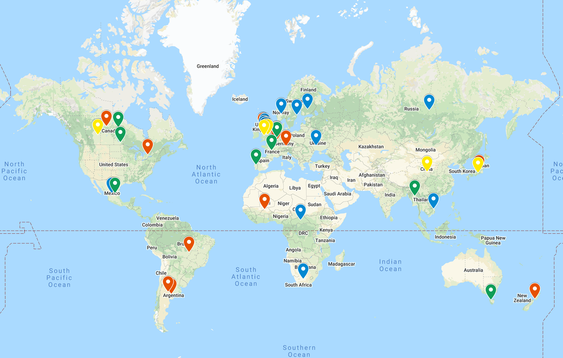
Each OIB list has its own interactive Google Map, illustrating the international communities represented by the selected books. Using the color-coded pins on the world map or the left sidebar, select a book to zoom in on its location. Additional uses of the maps include critical analyses and discussions about dominant/absent voices, cultural representations, and equity on a global scale.
The 2021 OIB books also fit within text sets conducive to interdisciplinary and socioemotional learning as well as differentiated instruction. The table below includes the 35 OIB titles identified for PreK-8 grades organized into five themes. While each book is mentioned once, many could fit into multiple themes. The variety of genres, formats, and cultural origins reminds us that storytelling and humanity have no borders and amplifies the connections and intersections of self and society. Visit the USBBY OIB website or the February issue of the School Library Journal for all of the book annotations.
Themes |
2021 Outstanding International Books (PreK-8)
(Book covers are organized by younger-to-older audience gradation.)
|
|
Hearing Additional Voices from Conflicts and War
As access to information increases, so does access to stories that present multiple voices. These titles include stories of conflict, longing, loss, love, and perseverance. Sharing the experiences of a war-torn country, conflict, or persecution, these texts inform readers on living in refugee internment camps, changing identities to avoid capture, peacefully resisting becoming a soldier, and leaving families behind - never to see them again. Each book enables readers to develop a greater sense of empathy and understanding of the impact war and conflict have on people. |
Countries represented: Canada, France, Mexico, Myanmar, United Kingdom, Vietnam
|
|
Embarking on Explorations with Unexpected Twists
In each of these treasures, readers will be encouraged to explore the story world, whether drifting along a river, wandering along a vast ocean, traveling through a time of magic, or becoming spellbound by music. In these journeys, readers will delight in the unexpected - a plot twist or character development that makes them pause, evaluate, or wonder. |
Countries represented: Australia, Belgium, Canada, Netherlands, Russia, United Kingdom
|
|
Highlighting Our Everyday Lives
This collection of fun-filled, whimsical books reminds us of how quickly everyday moments can become joyful adventures no matter where you live! Catching chickens in West Africa, taking an elevator ride in Argentina, peering out from your window in Brazil, learning to make the perfect cannonball splash in New Zealand, contemplating the future in Japan, enjoying a great traditional tale about courage and forgiveness in India--among other stories about life’s ups and downs--remind us of the beauty of living in the moment, especially when you are with people you love. |
Countries represented: Argentina, Brazil, Japan, New Zealand, United Kingdom, West Africa
|
|
Developing Empathy, Connection, and Resilience through Loss and Hope
While originating from different circumstances (e.g., divorce, death, birth, long- and short-term separations, dementia, etc.), the partnership of loss and hope in this collection contributes to our ability to empathize, connect, and persevere. These five picturebooks and one novel offer sensitive, realistic, and accessible portraits of love, loss, grief, and everlasting hope, all undergirded by faith. |
Countries represented: Argentina, Belgium, Canada, Central African Republic, France, Sweden, South Africa
|
|
Piquing Curiosities with STEAM
These books are fantastic for exploring the interconnectedness of Science, Technology, Engineering, the Arts, and Mathematics (STEAM). Readers will learn about animals, the relationships numbers have with the everyday world, the science of sound, or the invasion of plastic in the world’s oceans. All of these books evoke curiosity and leave readers thinking about their everyday interactions with the topics. |
Countries represented: Finland, Norway, Portugal, Ukraine
|
Rochman, H., & McCampbell, D. Z. (1997). Leaving home. HarperCollins
Children’s Literature References
The OIB 2021 Bookmark has bibliographic information for the aforementioned books.
Bettie Parsons Barger is an Associate Professor in the Department of Curriculum and Pedagogy at Winthrop University and has been a CLA Member for 10+ years.
BY ERIKA THULIN DAWES & XENIA HADJIOANNOU, ON BEHALF OF THE BIOGRAPHY CLEARINGHOUSE
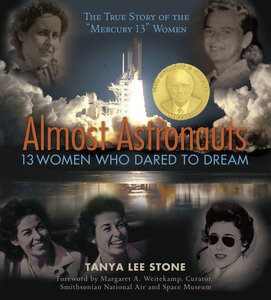
As we continue to work toward greater equality for women, here in the United States and globally, it is critical to share with young people the stories of women across history who have worked toward breaking boundaries for themselves and for other women. Tanya Lee Stone’s Almost Astronauts, 13 Women Who Dared to Dream is an important narrative in that history. Stone relates the story of women’s eventual entry to NASA’s space program by focusing on the stories of 13 women who dreamed of being astronauts and proved themselves through a private testing program in the early 1960s to be just as capable as their male counterparts.
Almost Astronauts is a history text that is highly biographical. It features life stories, but it is not a traditionally organized biography of a single individual or a collection of biographies. To shape the historical narrative, Stone employs several biographer techniques such as well researched and documented character sketches, biographical blurbs, and narrative episodes. The latter are of particular note, as Stone’s vivid descriptions place the reader in the moment with these women as they pursue their dreams. The book is replete with photographs, as well as reproductions and descriptions of primary source documents and artifacts that support and enhance the narrated events but also help establish their historical context.
With a compelling narrative, engaging life stories, and immersive description, Almost Astronauts is a versatile teaching tool for middle and high school classrooms. It fits well in units on space exploration, women’s history, boundary breaking, gender stereotyping, and narrative writing. In our entry on The Biography Clearinghouse, we use the Investigate, Explore, and Create Model to present ideas for using this book in the classroom as a read aloud, a text to use in literature circles, a mentor text, and a resource text.
|
Read Aloud:
We provide resources to carry out a multimedia-enhanced read aloud, during which you would share and discuss primary and secondary visual, audio, and video resources that enhance students’ understanding of context, character and theme. Literature Circles Title:
We suggest Almost Astronauts as one title in a text set of long-form picturebooks and chapter books focusing on the theme: “Women Breaking Boundaries for Self and Others.” Groups of students reading these titles would create response projects so that the class can compare the childhoods, accomplishments, and challenges of the women featured in the books. Mentor Text:
Stone’s engaging writing style makes Almost Astronauts an ideal mentor text for nonfiction narrative techniques, such as “explode the moment” for emphasizing key moments and turning points, (Harper, 1997) and ‘In Medias Res’ as a technique to immerse the reader in action. Resource Text: Taking a critical literacy stance, Almost Astronauts becomes a valuable resource in a study of persistent gender stereotypes and discriminatory practices. By providing details about popular culture and examples from media at the time, Stone offers young readers the opportunity to unpack and compare messaging about women and their expected behaviors and possibilities for achievement. These lenses can then be applied to contemporary popular culture texts and media so that students can discuss what has changed and what has not and consider action toward equity. |
CHECK OUT THE BOOK ENTRY |
Composing Multimodal Multigenre Biographies
In this recommendation, students have the opportunity to engage in their own biography research and experiment with biography composition through a multimodal, multigenre approach.
If you have 1-2 hours... |
If you have 1-2 days... |
If you have 1-2 weeks... |
Working in pairs or a small group, students select a contemporary or historical figure whose life fascinates them. Using a set of school-approved sources, have students compile a collection of links and other resources that represent the life story of their subject. Invite students to create a virtual biography exhibit through a gallery board platform (e.g. Padlet) for the figure they chose. The exhibit should be purposefully curated and annotated or captioned to tell the life story of their subject and emphasize the characteristics that intrigue them. |
Building on the collection of resources they have developed for the virtual biography exhibit, have students in their pairs or small groups create a Pecha Kucha style presentation. A Pecha Kucha presentation is a presentation featuring 20 images/slides appearing on the screen for 20 seconds each. Check out this video for a short tutorial. |
Have students use their virtual biography exhibit as the basis for producing a biographical documentary of their chosen subject that incorporates primary source documents, artifacts, photos, video, etc. and multiple pieces in different genres and modalities (written language, visual, audio, video). Depending on the technology affordances of your setting and your students’ experience with video editing, the biographical documentary can be created using such tools as iMovie, a PowerPoint presentation narrated and exported as a video file, or a recorded Zoom session using screen share. There also are several free video editing apps students can utilize. Teaching students how to cite their resources would be a vital component of this project. |
References
Harper, L. (1997). The writer’s toolbox: Five tools for active revision instruction. Language Arts, 74(3), 193–200.
Xenia Hadjioannou is an Associate Professor of Language and Literacy Education at the Harrisburg campus of Penn State University where she teaches and works with pre- and in-service teachers through various courses in language and literacy methodology. She is the co-director of the Capital Area Writing Project, the Vice President and Website Manager of the Children's Literature Assembly, and a co-editor of The CLA Blog.
BY WENDY STEPHENS
Among the best-known awards for adolescent literature is the Michael L. Printz Award for Excellence in Young Adult Literature, administered by YALSA. However, there are many other opportunities to learn about exceptional literature for teens. The life and legacy of Margaret A. Edwards are honored through two award designations:
- The Alex Awards choose ten adult books with special appeal to teen readers.
- The Edwards Award, honoring her significant and lasting contribution to writing for teens, parallels the ALSC Legacy award, except that it is based on a selection of named titles rather than the author's work as a whole.
A shortlist of finalists for two of YALSA's flagship awards -- the YALSA Excellence in Nonfiction for Young Adults Award, honoring the best nonfiction books for teens and the William C. Morris Award, which honors a debut book written for young adults by a previously unpublished author, are announced in December, with the winner of each being part of the press conference.
|
Michael L. Printz Award
|
The Michael L. Printz Award recognizes excellence in young adult literature and designates both an award winner as well as honor books.
|
2021 Printz Award Winner
|
|
Alex Awards
|
The Alex Awards select the top ten best books that will appeal to teen audiences. The Alex Awards are named after Margaret A. Edwards, who pioneered young adult library services. Edwards was called "Alex" by her friends.
|
One of the 2021 Alex Award Winners
|
|
Margaret A. Edwards Award
|
The Margaret A. Edwards Award honors an author as well as a specific selection of their body of work. It recognizes an author's work in helping adolescents become aware of themselves and addressing questions about their role and importance in relationships, society, and in the world.
|
2021 Margaret A. Edwards Award Winner: Kekla Magoon and one of her recognized books.
|
|
YALSA Excellence in Nonfiction for Young Adults Award
|
The YALSA Excellence in Nonfiction for Young Adults Award designates an award-winner and honors books for the best nonfiction books published for young adults.
|
2021 YALSA Excellence in Nonfiction Award Winner
|
|
William C. Morris Award
|
The William C. Morris Award honors a book published by a first-time author writing for teens to celebrate and honor exemplary new voices in young adult literature.
|
2021 William C. Morris Award Winner
|
Those include:
- Best Fiction for Young Adults (BFYA), which is a list that takes teen feedback into account.
- Amazing Audiobooks for Young Adults (AAYA), which showcases spoken-word releases that would appeal to all subsects of the teen audience.
- Quick Picks for Reluctant Young Adult Readers (QP), which identifies titles aimed at encouraging reading among teens who dislike to read.
- Great Graphic Novels for Teens (GGN) recommended for those aged 12-18, meet the criteria of both good quality literature and appealing reading for teens.
Outside the Monday morning announcements, there are myriad other titles to explore. Among those, the United States Board on Books for Young People (USBBY) uses Midwinter to announce its Outstanding International Books (OIB) list showcasing international children's titles -- books published or distributed in the United States that originated or were first published in a country other than the U.S. -- that are deemed the most outstanding of those published during that year. RISE: A Feminist Book Project for ages 0-18, previously the Amelia Bloomer Project, is a committee of the Feminist Task Force of the Social Responsibilities Round Table (SRRT), that produces an annual annotated book list of well-written and well-illustrated books with significant feminist content for young readers.
There are even genre fiction honors. For the past four years, the Core Excellence in Children’s and Young Adult Science Fiction Notable Lists designates notable children’s and young adult science fiction, organized into three age-appropriate categories, also announced at Midwinter.
Next year, we will have another treat to look forward to when the Graphic Novel and Comics Round Table (GNCRT) inaugurates its Reading List.
That's a lot of books! What are the can't-miss titles? I train my students to look for overlaps, like Candace Fleming winning this year for information text across age ranges. What does it indicate when the Sibert and YALSA's Nonfiction Award overlap? When a book is honored by both the Printz and YALSA Nonfiction?
Though the in-person announcement is exhilarating, especially the view from the seats at the front of the auditorium reserved for committee members, the webcast approximates its energy and allows you to share with students in real-time. To make sure you catch all of the lists, follow the press releases from ALA News and on twitter. Until next January!
Authors:
CLA Members
Supporting PreK-12 and university teachers as they share children’s literature with their students in all classroom contexts.
The opinions and ideas posted in the individual entries are those of the individual authors and do not necessarily reflect the opinions or views of CLA or the Blog Editors.
Blog Editors
contribute to the blog
If you are a current CLA member and you would like to contribute a post to the CLA Blog, please read the Instructions to Authors and email co-editor Liz Thackeray Nelson with your idea.
Archives
May 2024
April 2024
March 2024
February 2024
January 2024
December 2023
November 2023
October 2023
September 2023
August 2023
May 2023
April 2023
March 2023
December 2022
November 2022
October 2022
September 2022
August 2022
June 2022
May 2022
April 2022
March 2022
February 2022
January 2022
December 2021
November 2021
October 2021
September 2021
August 2021
June 2021
May 2021
April 2021
March 2021
February 2021
January 2021
December 2020
November 2020
October 2020
September 2020
August 2020
June 2020
May 2020
April 2020
March 2020
Categories
All
Activism
Advocacy
African American Literature
Agency
All Grades
American Indian
Antiracism
Art
Asian American
Authors
Award Books
Awards
Back To School
Barbara Kiefer
Biography
Black Culture
Black Freedom Movement
Bonnie Campbell Hill Award
Book Bans
Book Challenges
Book Discussion Guides
Censorship
Chapter Books
Children's Literature
Civil Rights Movement
CLA Auction
CLA Breakfast
CLA Expert Class
Classroom Ideas
Collaboration
Comprehension Strategies
Contemporary Realistic Fiction
COVID
Creativity
Creativity Sponsors
Critical Literacy
Crossover Literature
Cultural Relevance
Culture
Current Events
Digital Literacy
Disciplinary Literacy
Distance Learning
Diverse Books
Diversity
Early Chapter Books
Emergent Bilinguals
Endowment
Family Literacy
First Week Books
First Week Of School
Garden
Global Children’s And Adolescent Literature
Global Children’s And Adolescent Literature
Global Literature
Graduate
Graduate School
Graphic Novel
High School
Historical Fiction
Holocaust
Identity
Illustrators
Indigenous
Indigenous Stories
Innovators
Intercultural Understanding
Intermediate Grades
International Children's Literature
Journal Of Children's Literature
Language Arts
Language Learners
LCBTQ+ Books
Librarians
Literacy Leadership
#MeToo Movement
Middle Grade Literature
Middle Grades
Middle School
Mindfulness
Multiliteracies
Museum
Native Americans
Nature
NCBLA List
NCTE
NCTE 2023
Neurodiversity
Nonfiction Books
Notables
Nurturing Lifelong Readers
Outside
#OwnVoices
Picturebooks
Picture Books
Poetic Picturebooks
Poetry
Preschool
Primary Grades
Primary Sources
Professional Resources
Reading Engagement
Research
Science
Science Fiction
Self-selected Texts
Small Publishers And Imprints
Social Justice
Social Media
Social Studies
Sports Books
STEAM
STEM
Storytelling
Summer Camps
Summer Programs
Teacher
Teaching Reading
Teaching Resources
Teaching Writing
Text Sets
The Arts
Tradition
Translanguaging
Trauma
Tribute
Ukraine
Undergraduate
Using Technology
Verse Novels
Virtual Library
Vivian Yenika-Agbaw Student Conference Grant
Vocabulary
War
#WeNeedDiverseBooks
YA Lit
Young Adult Literature

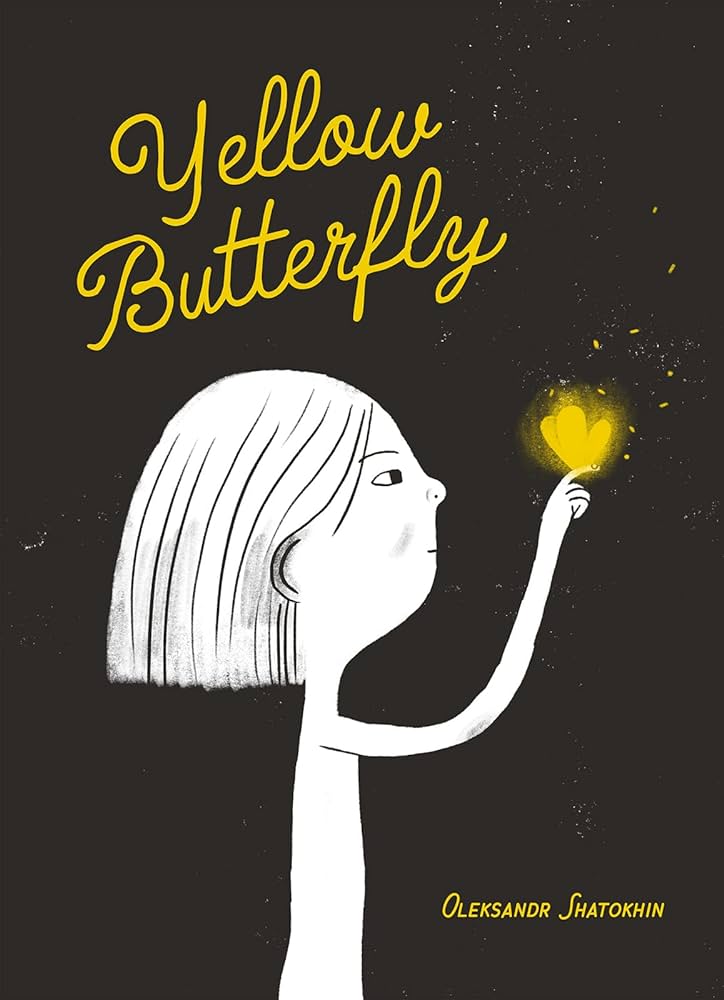
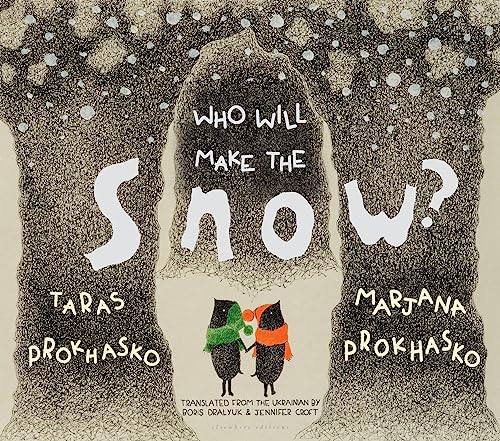
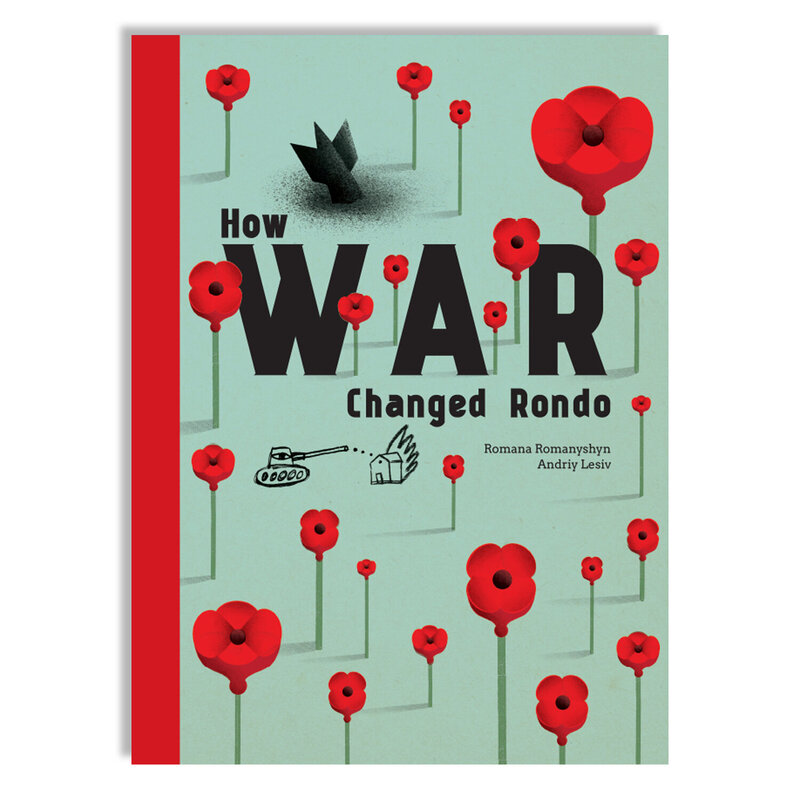
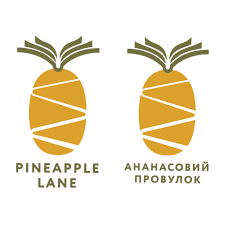
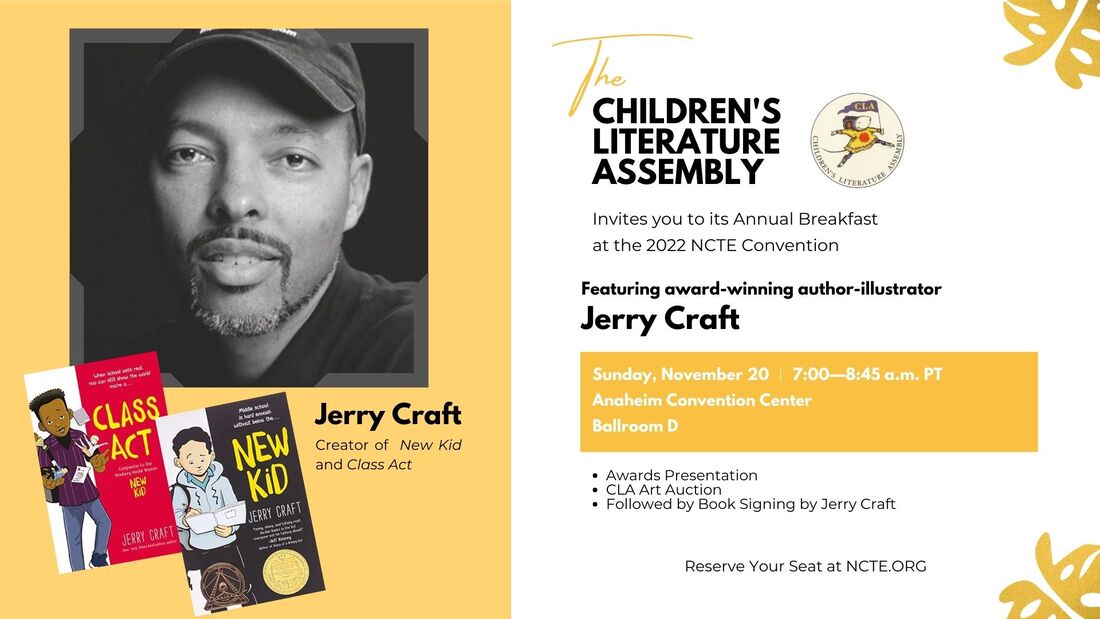
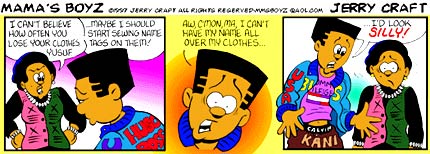

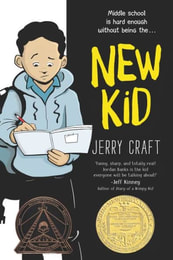
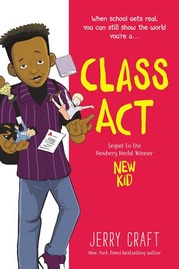
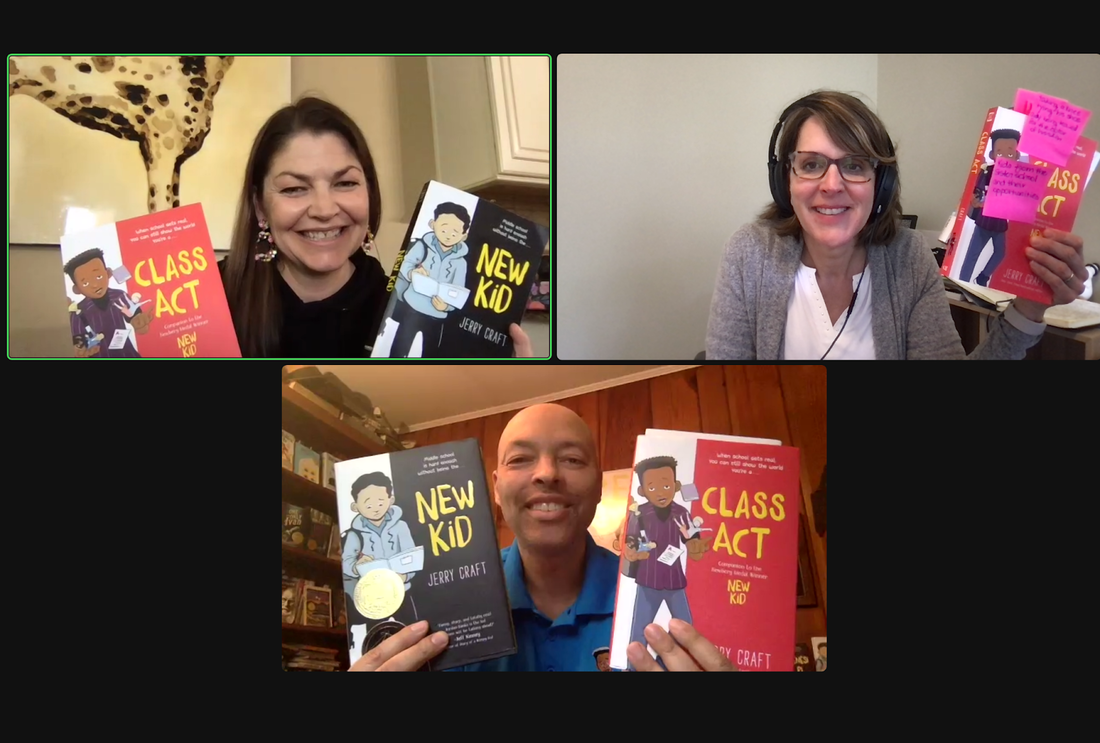

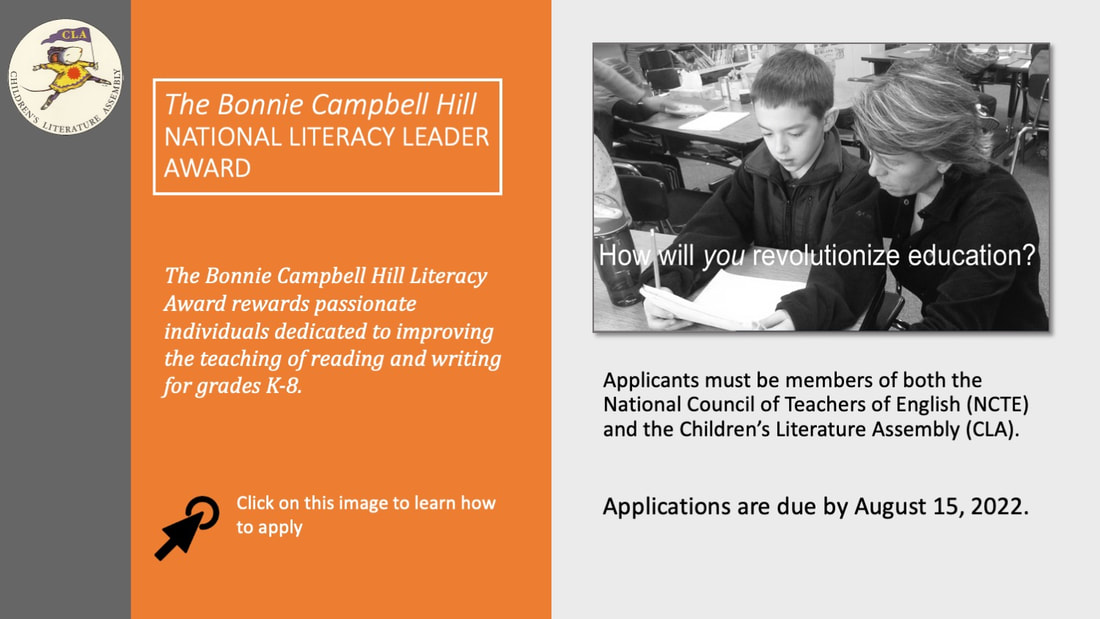
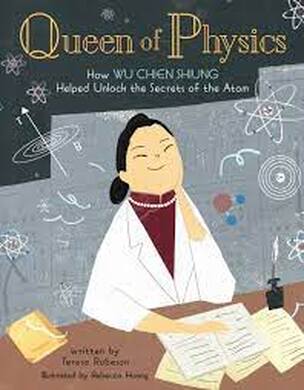
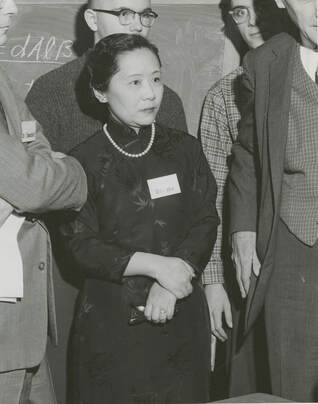
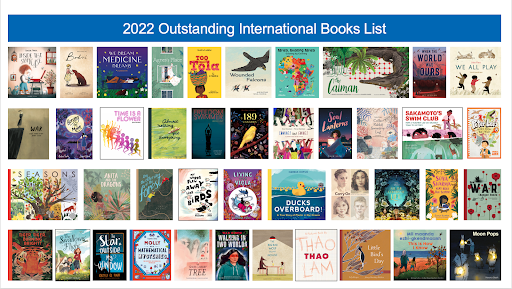
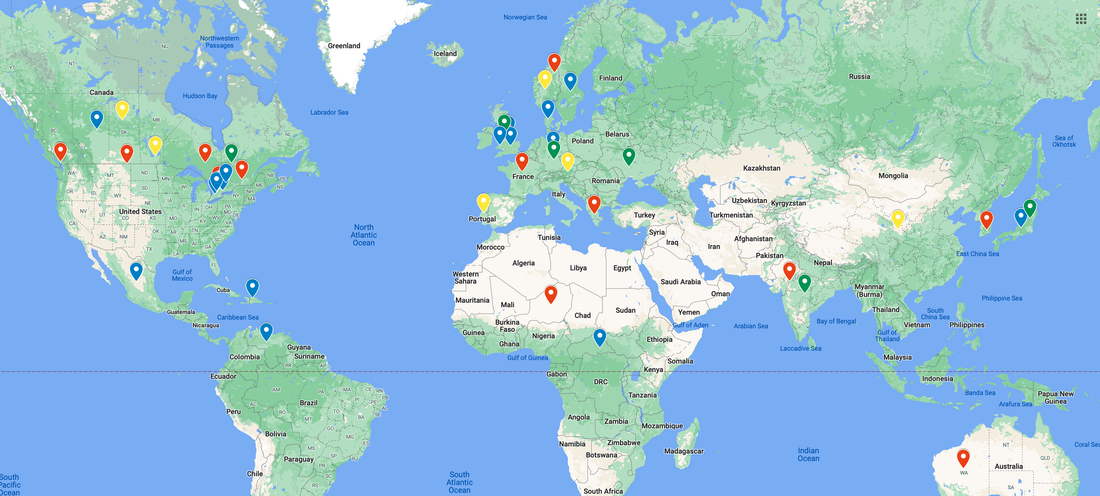
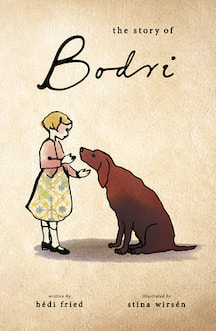
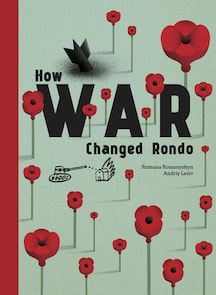
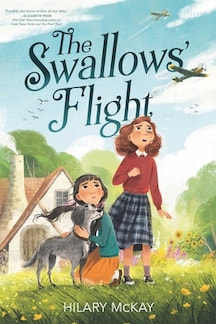
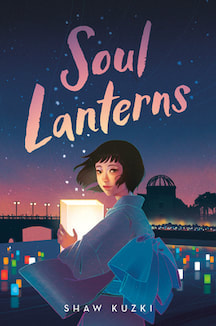
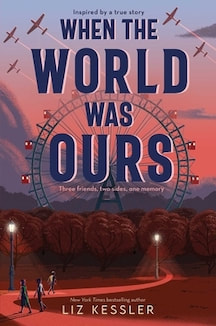
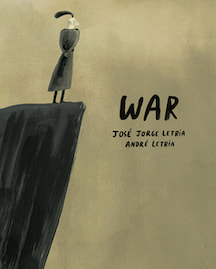
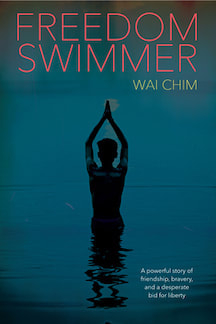
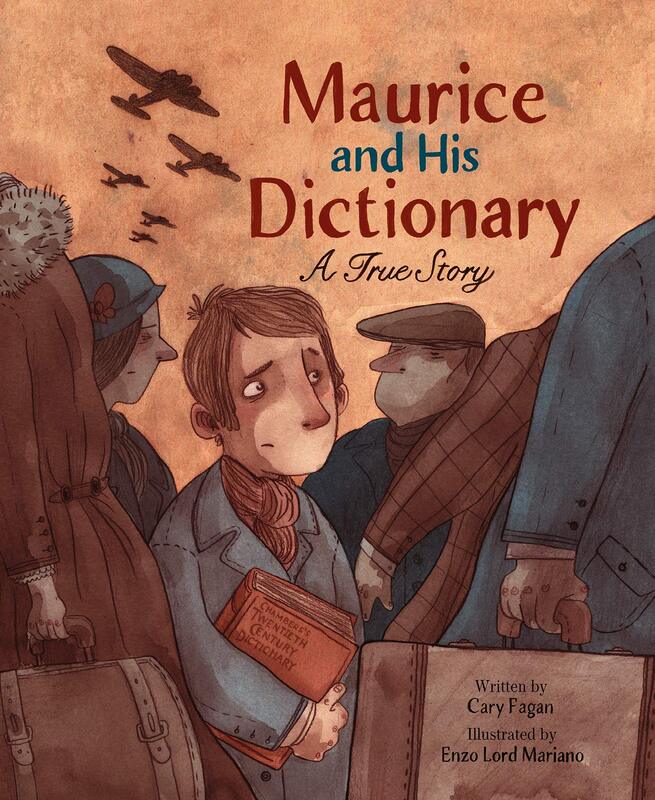
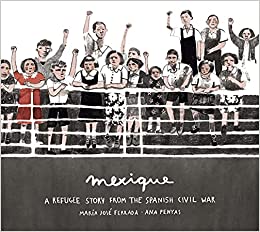
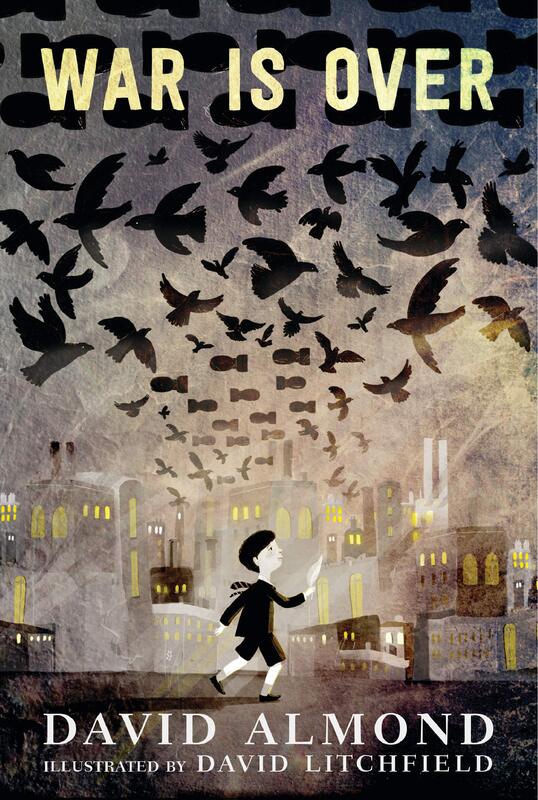
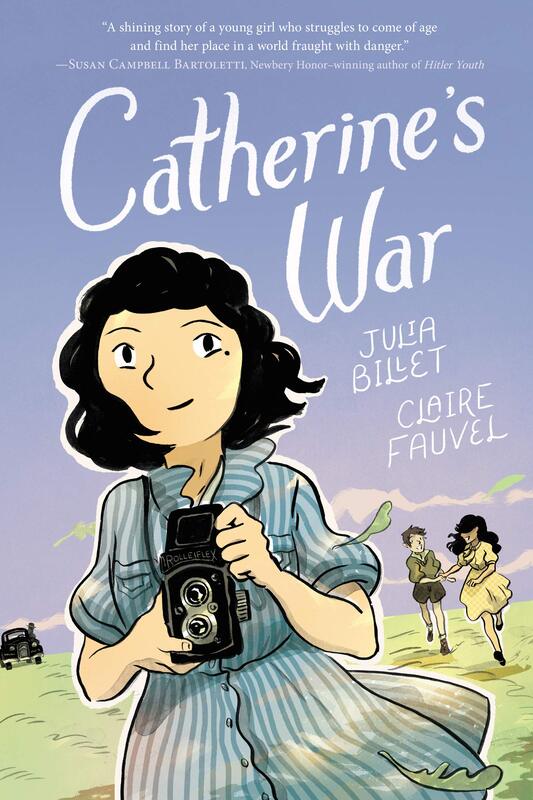
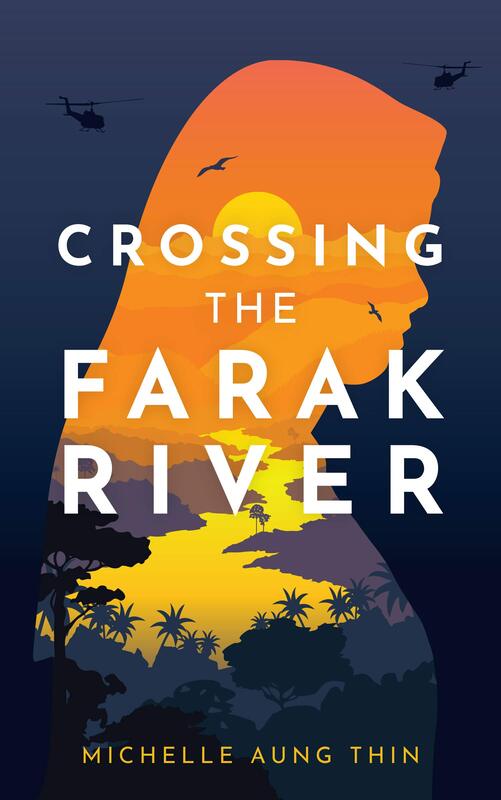
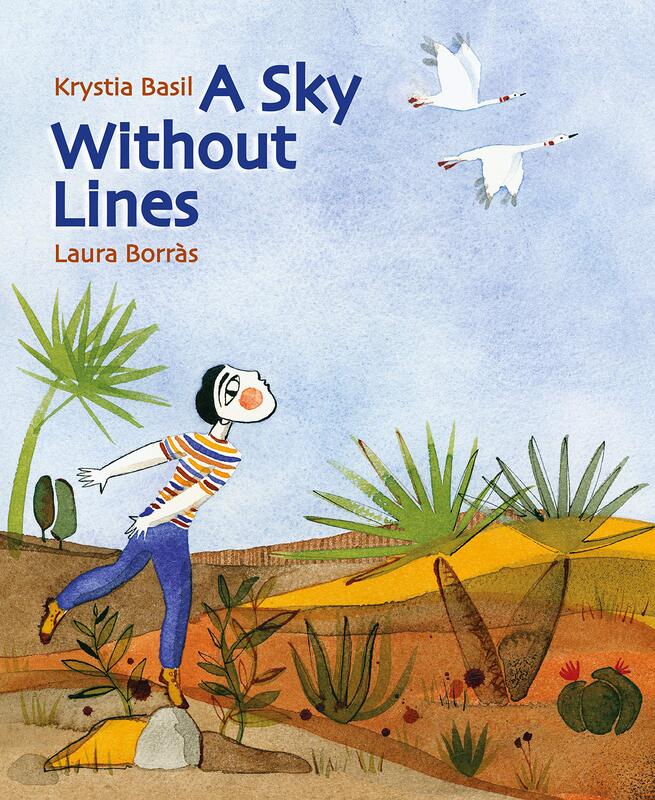
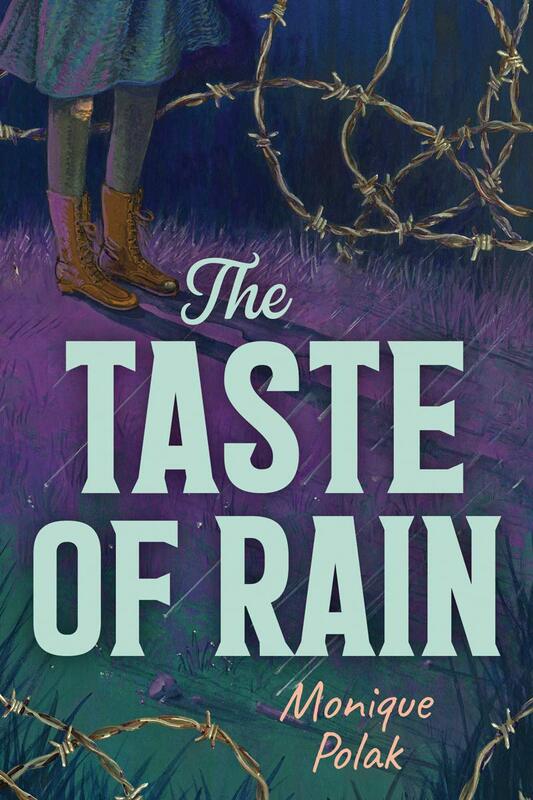

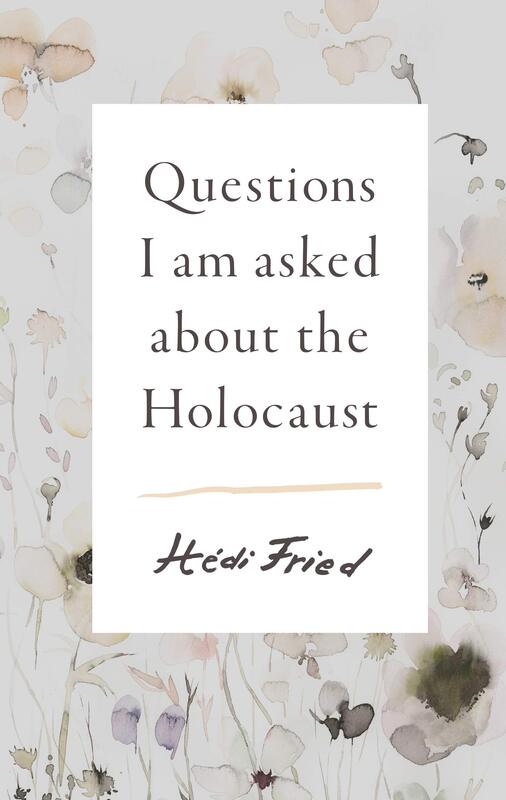
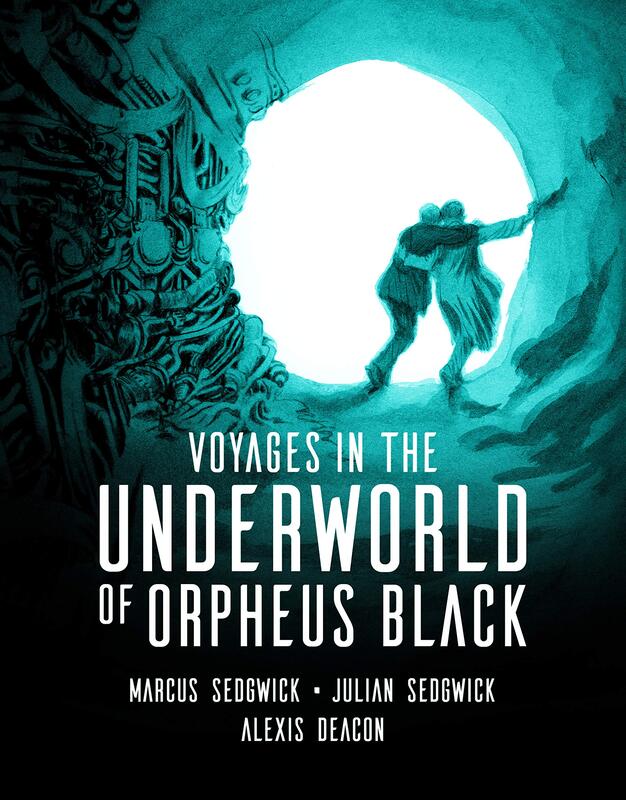
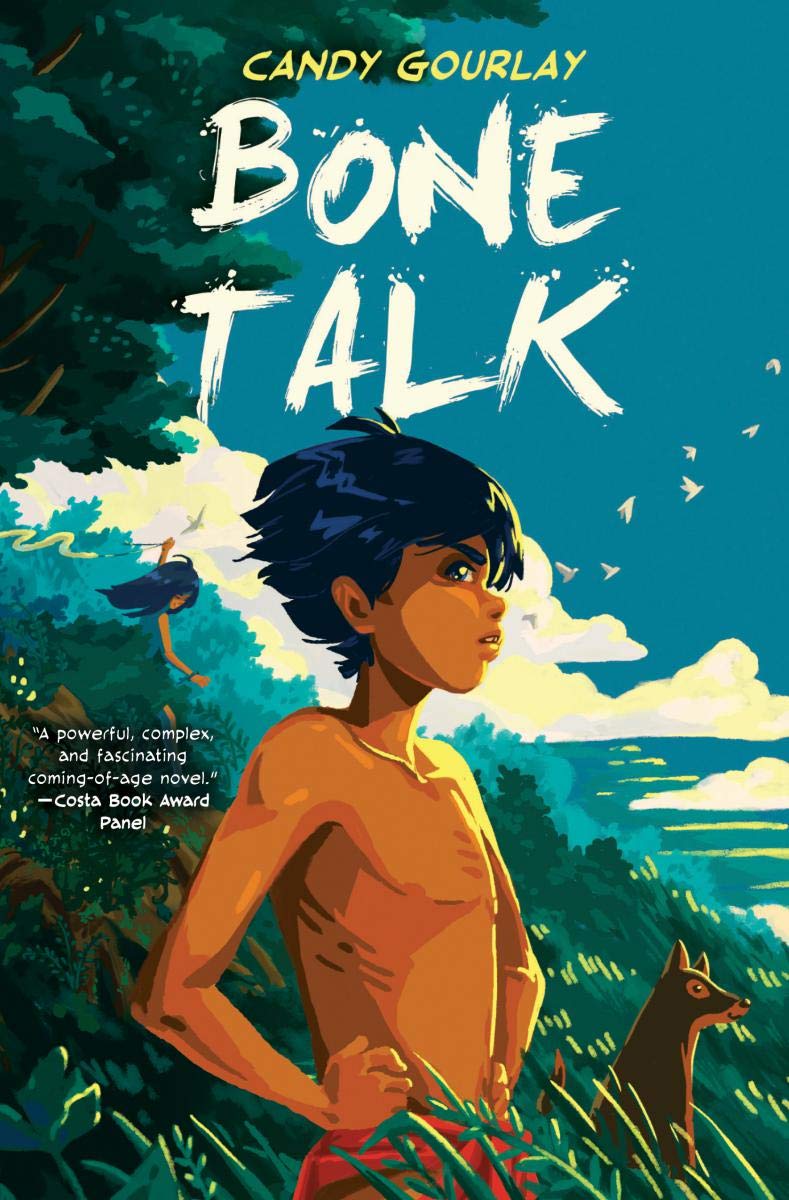
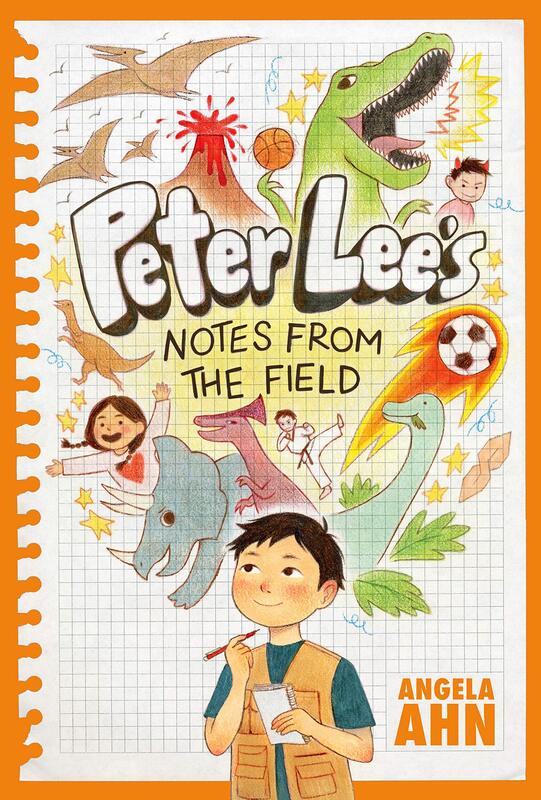
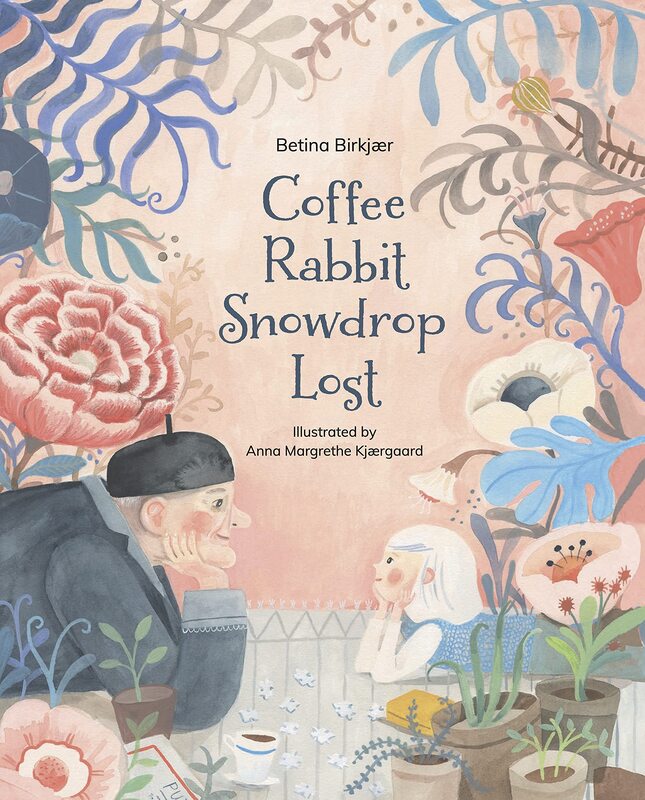
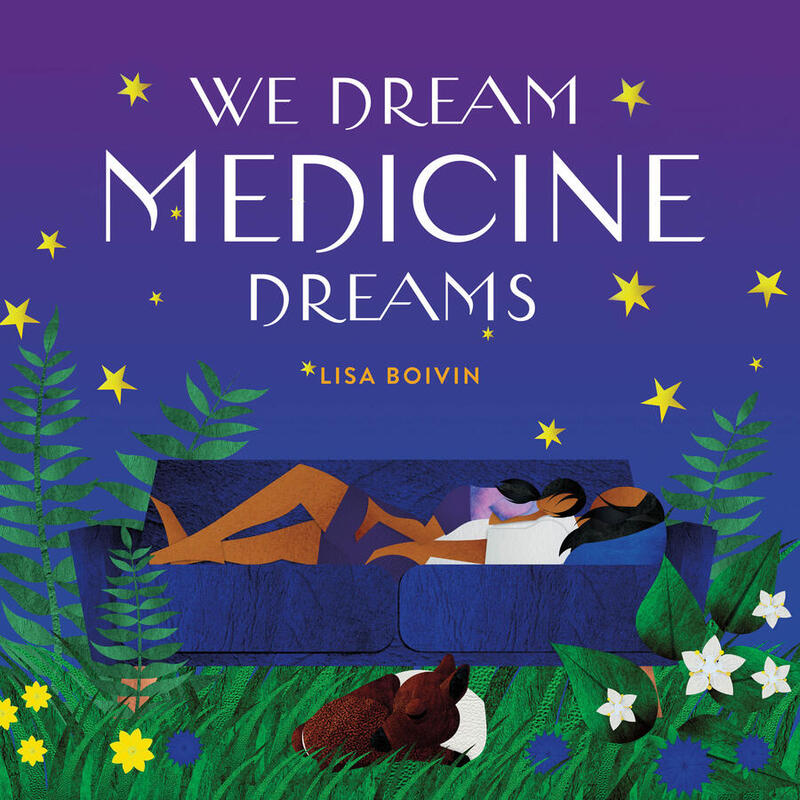
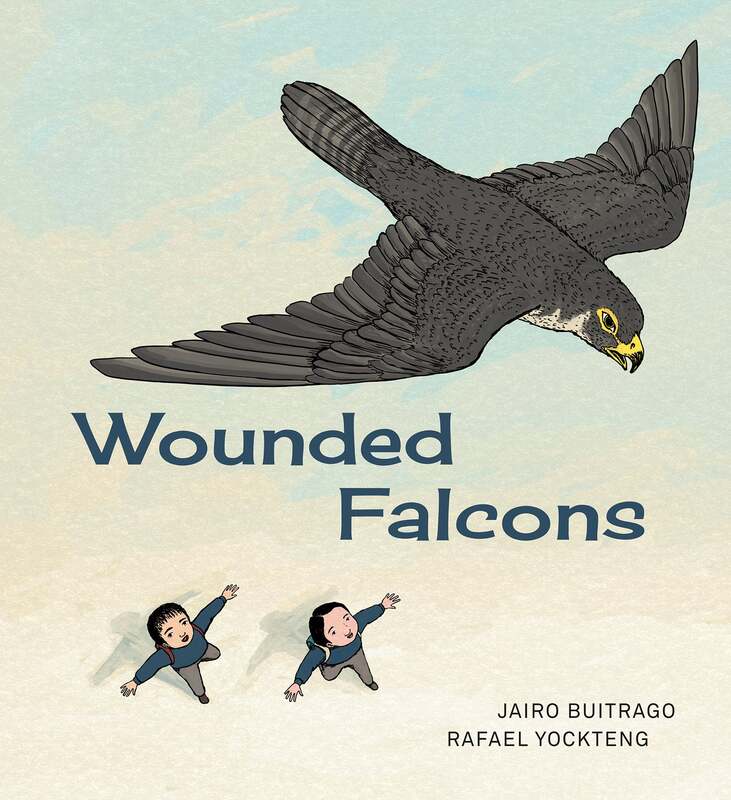
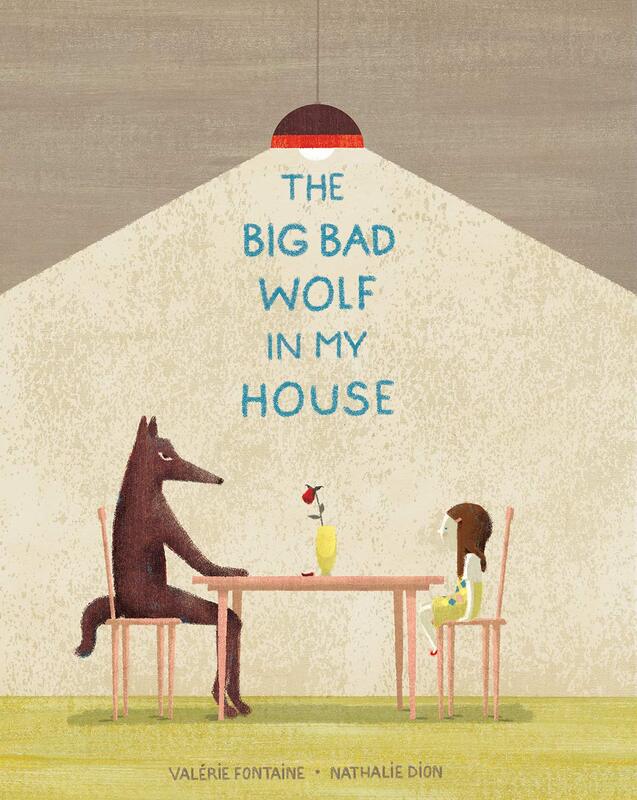
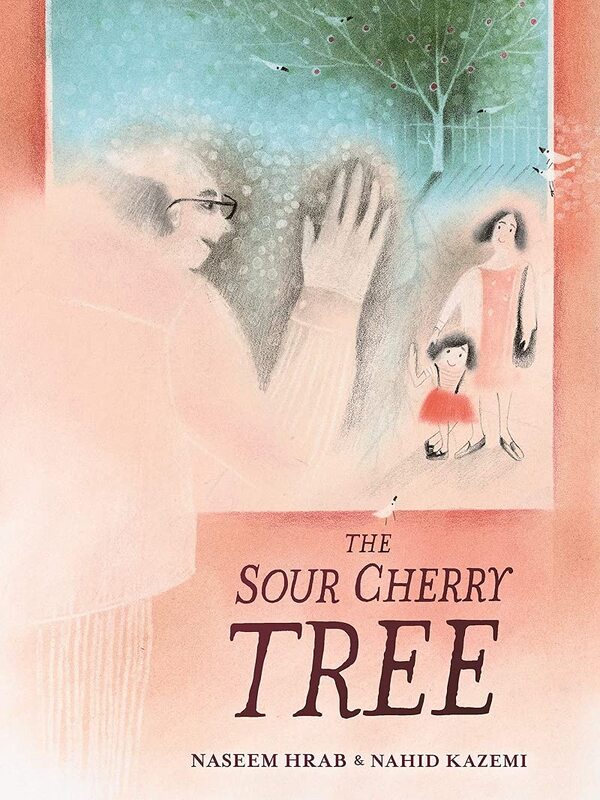
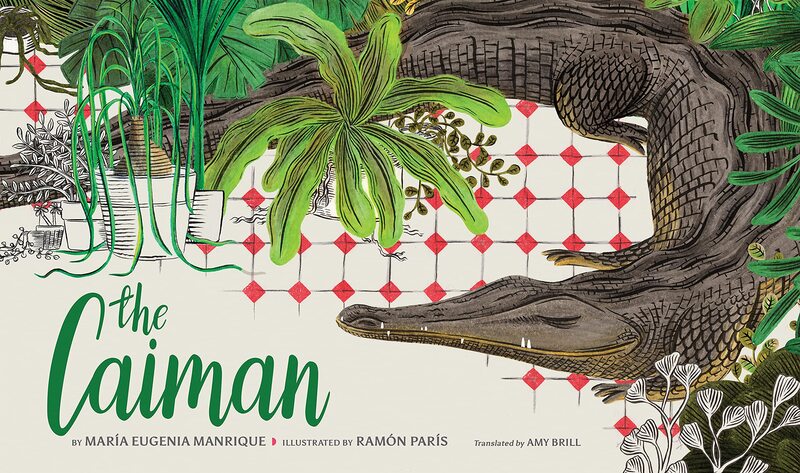
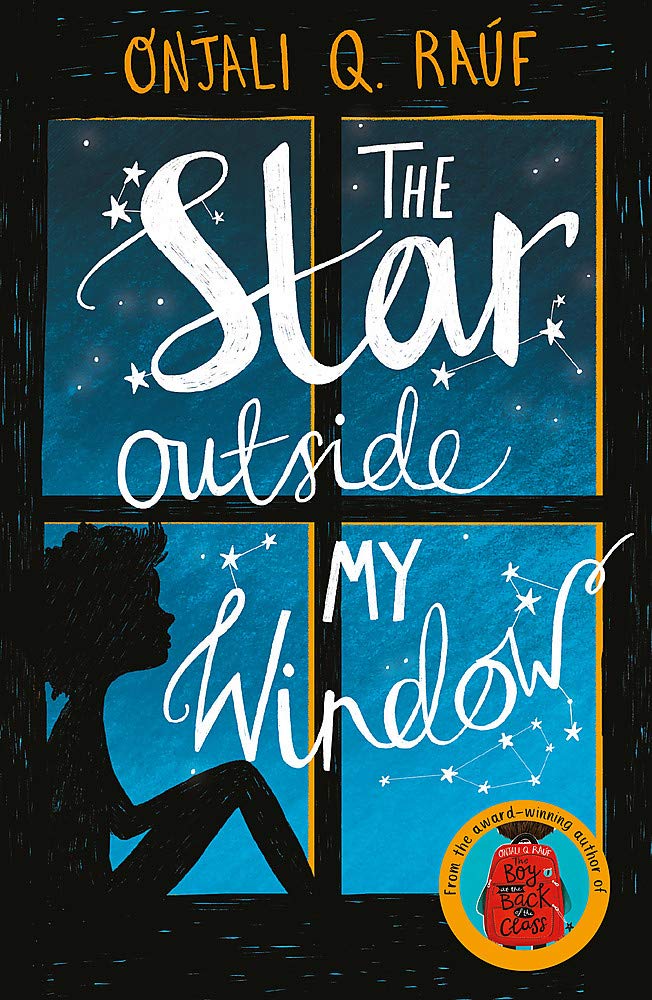
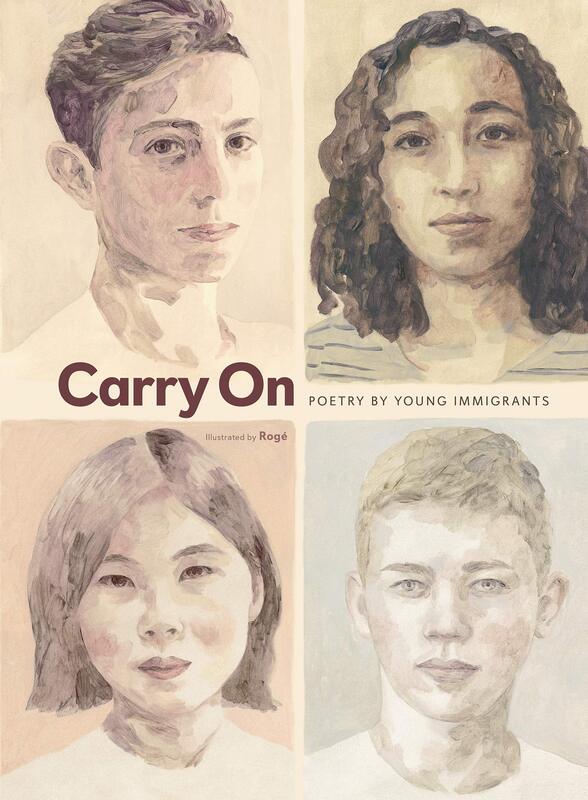
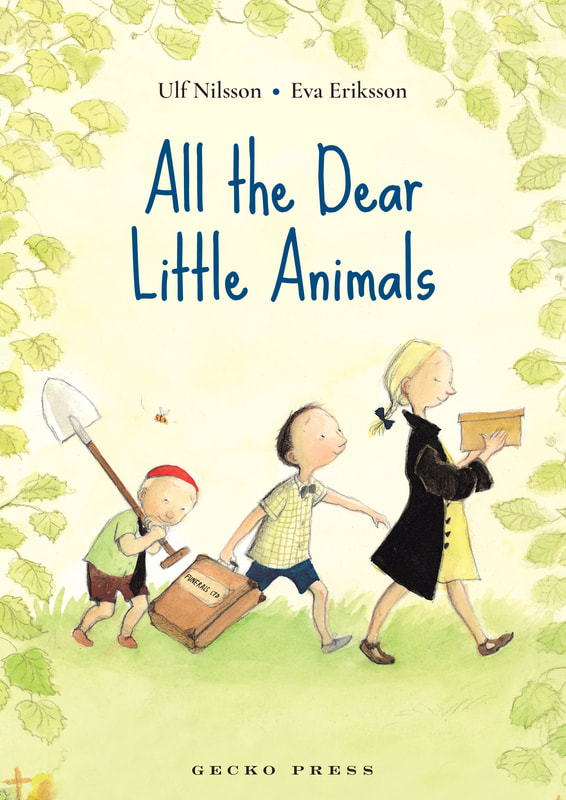
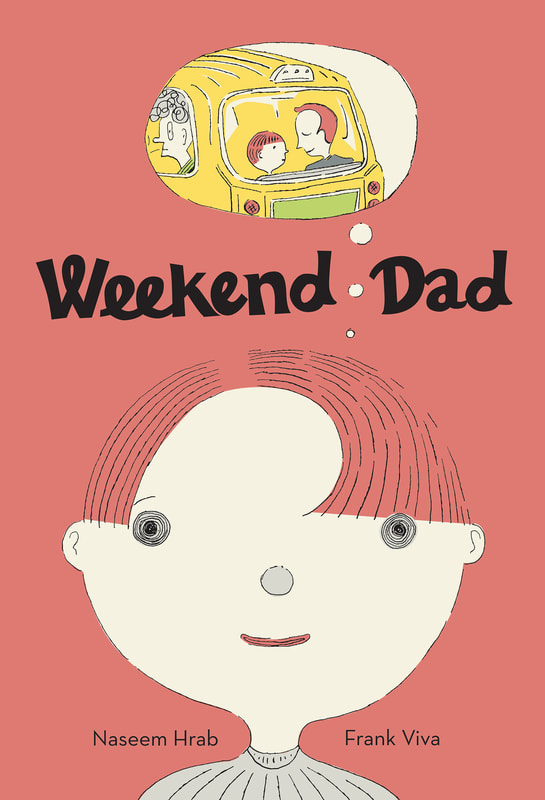
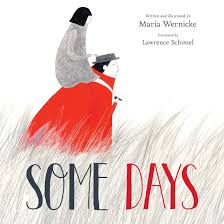
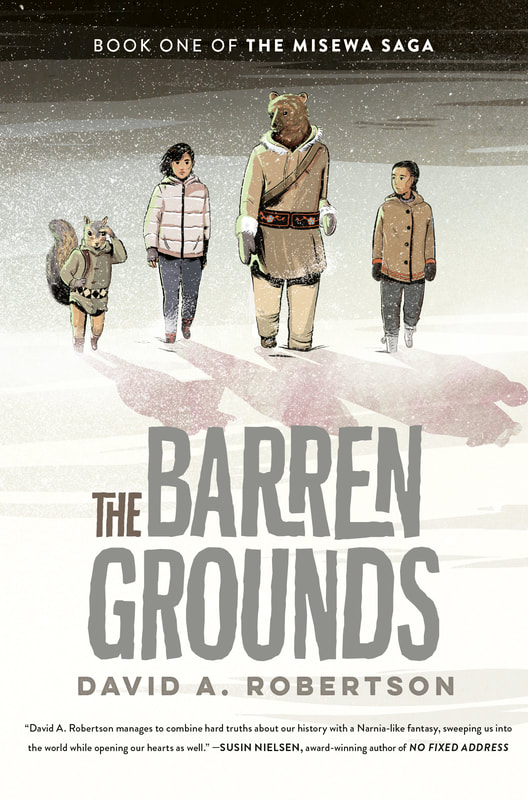
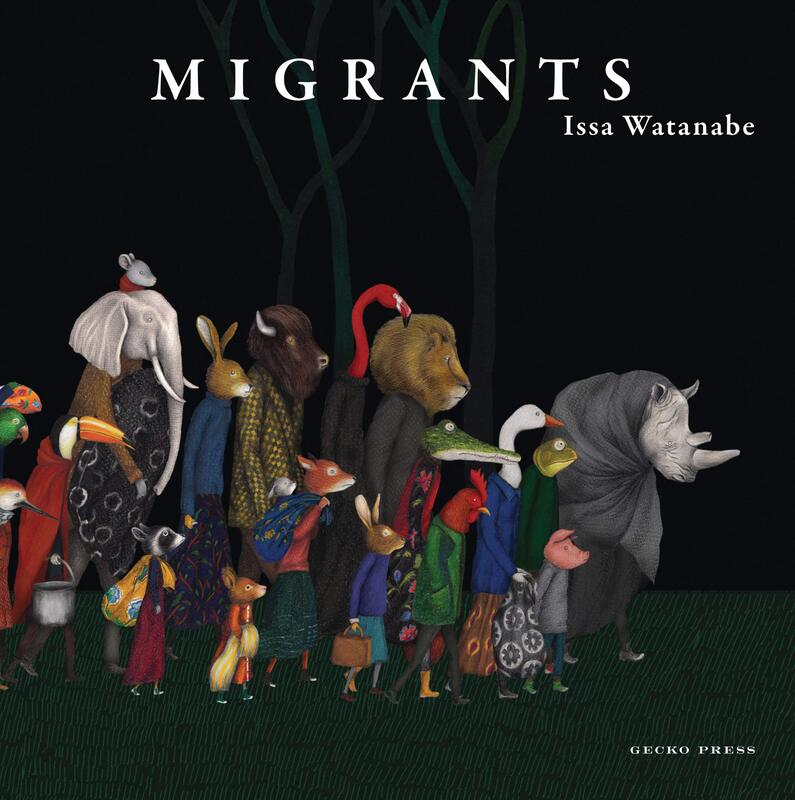
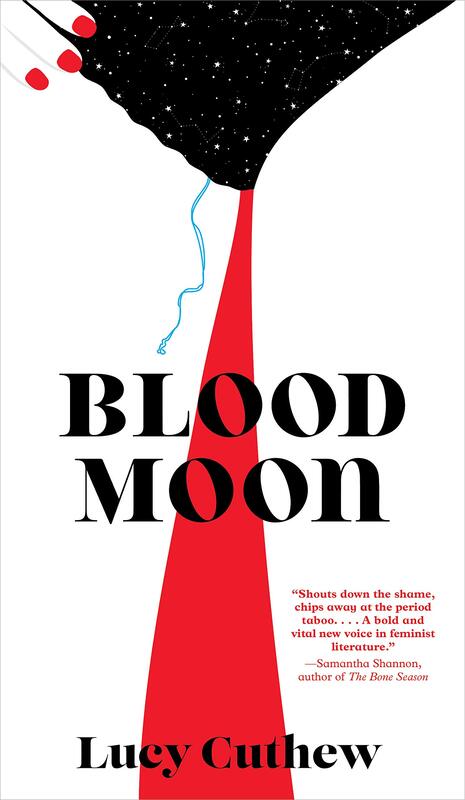
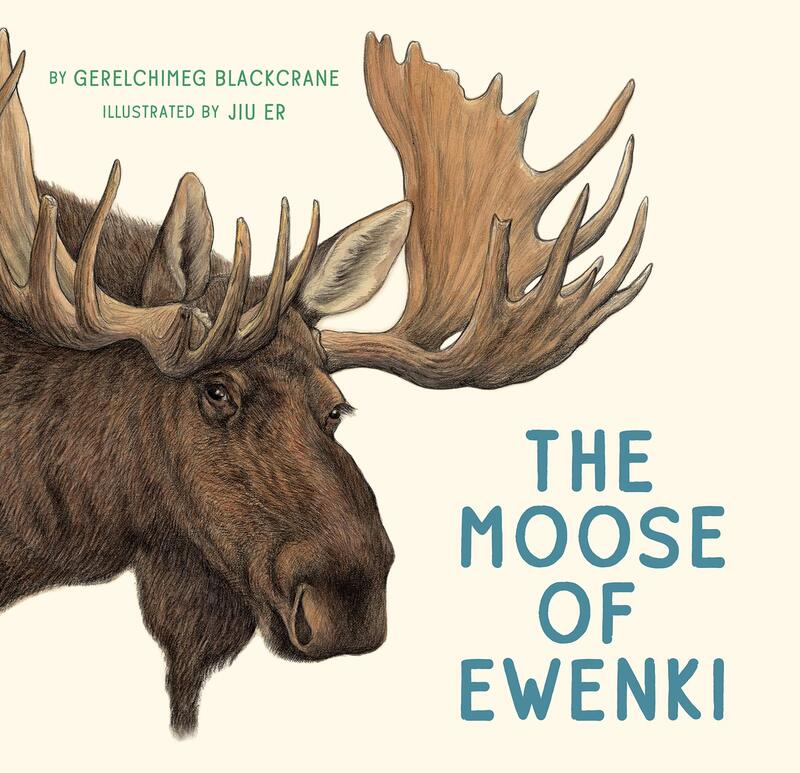
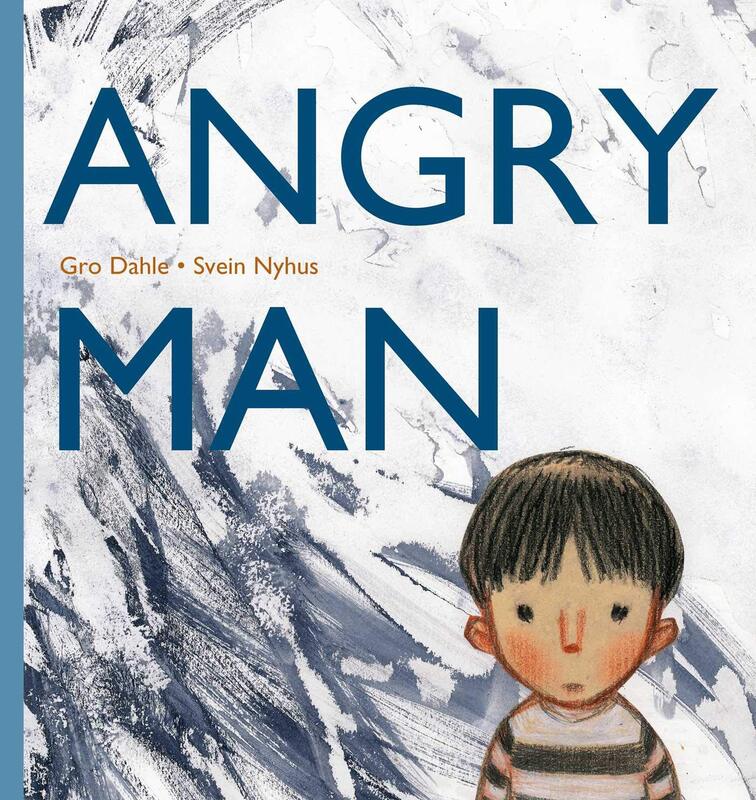

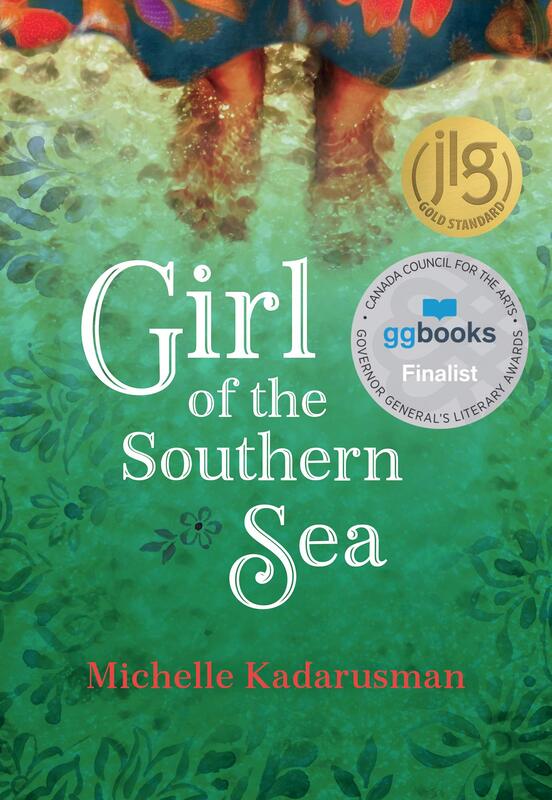
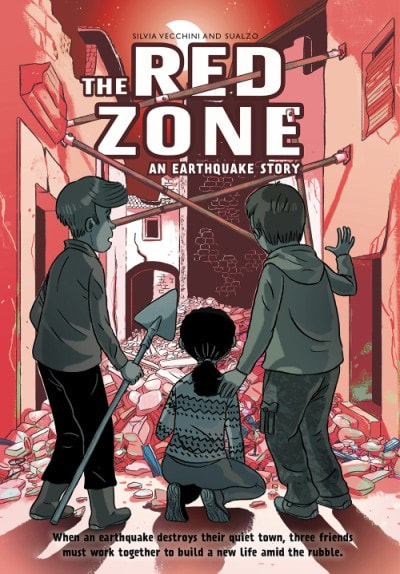
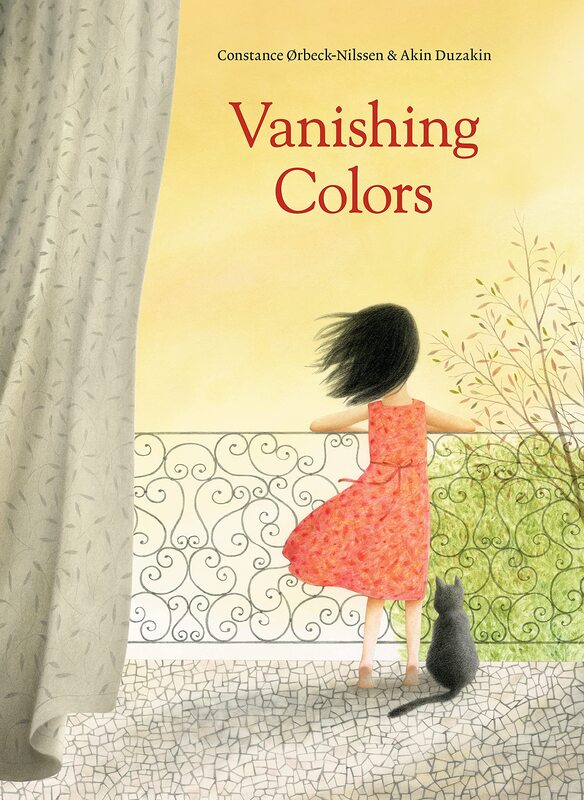
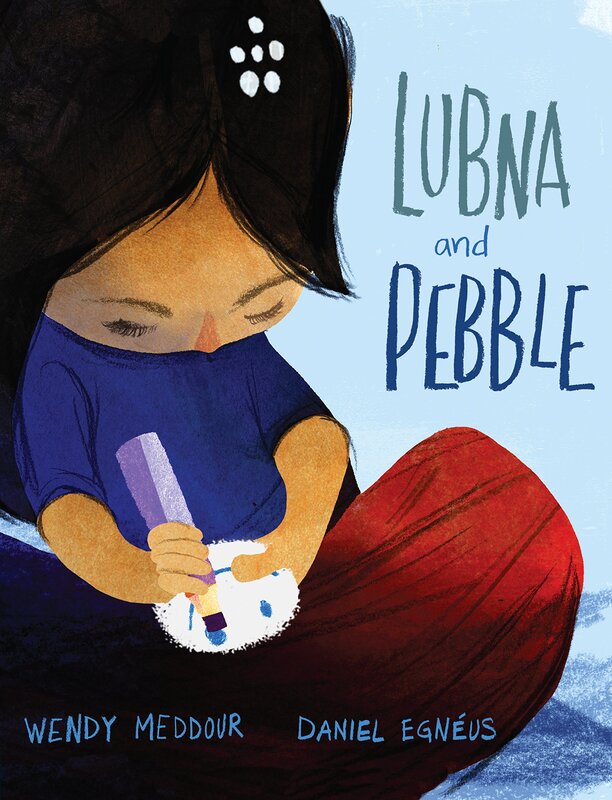
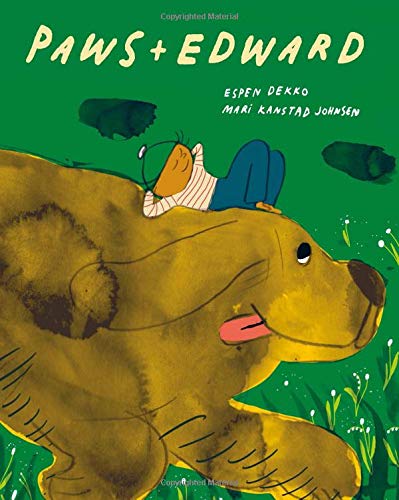
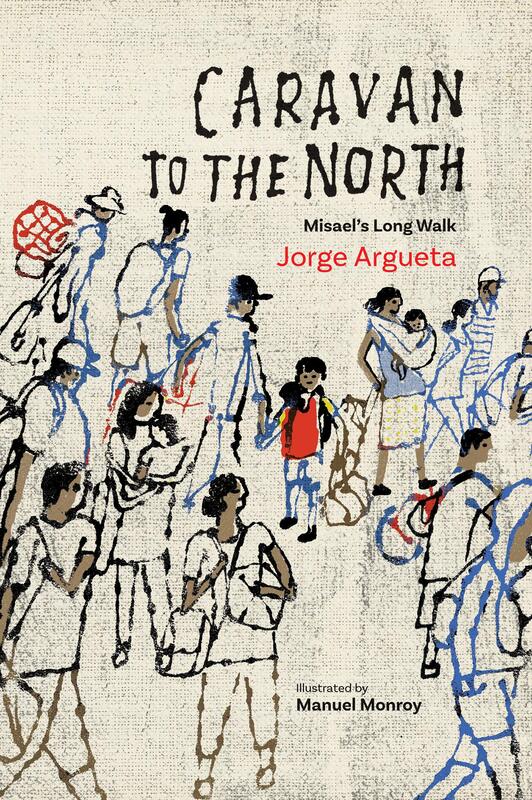
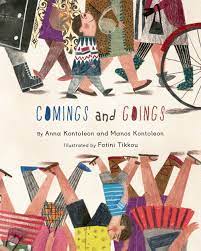
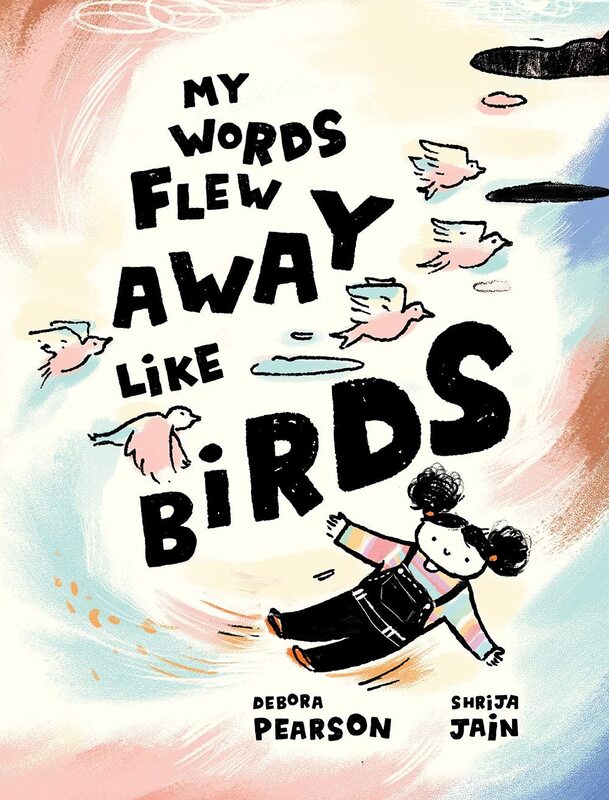
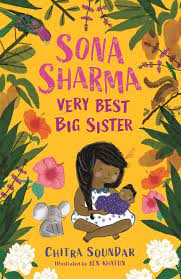
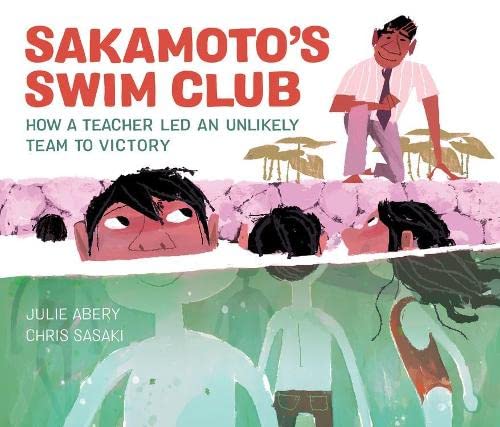
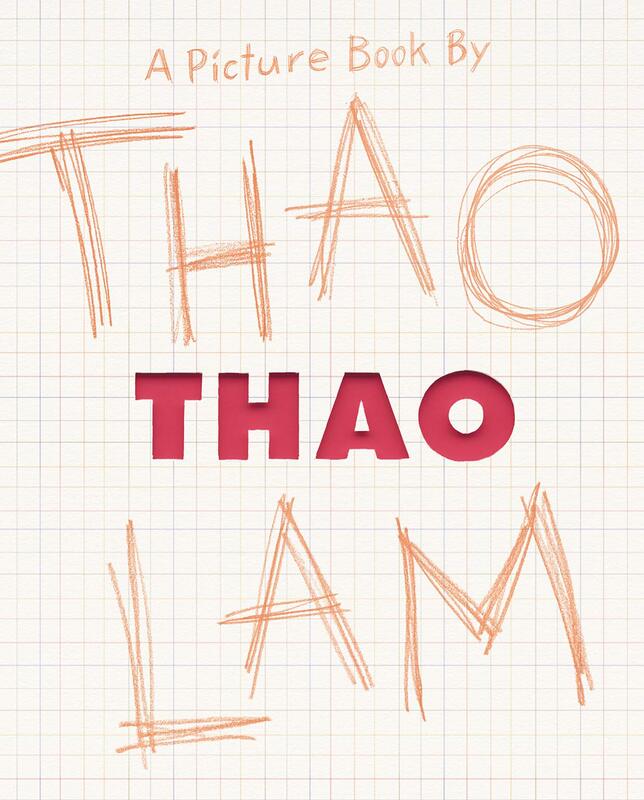
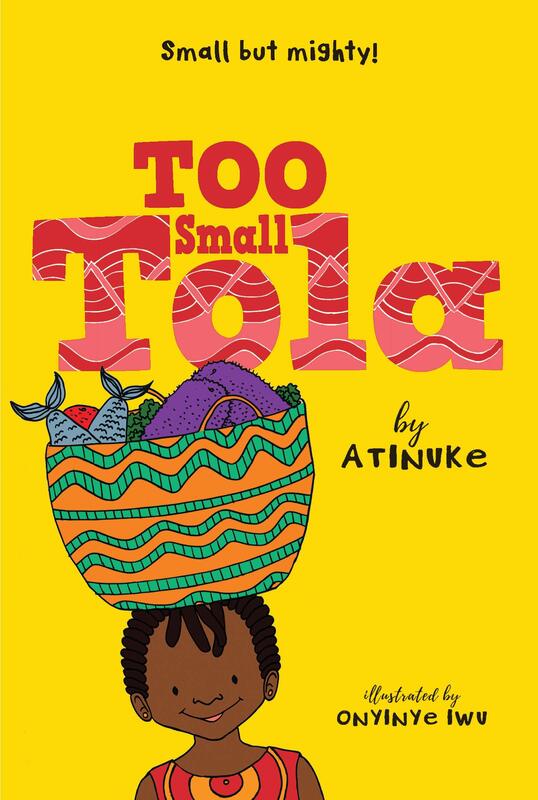
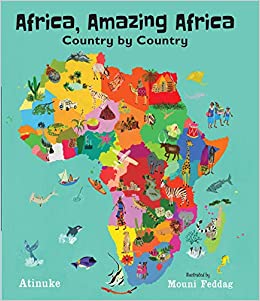
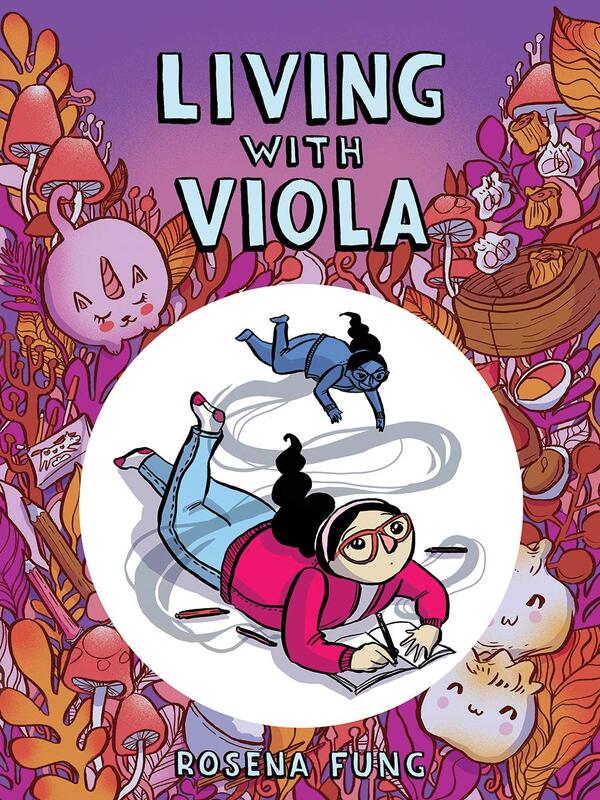
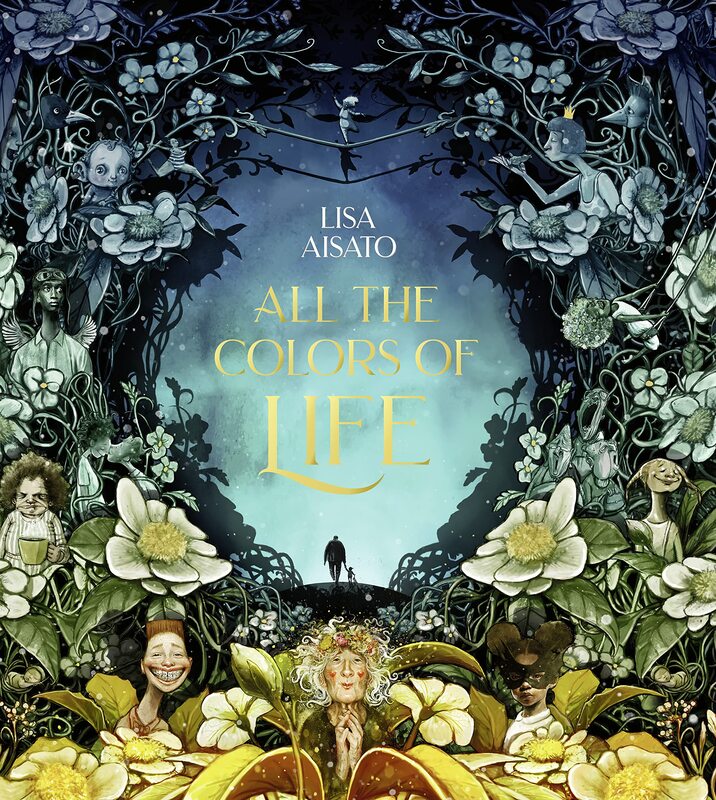
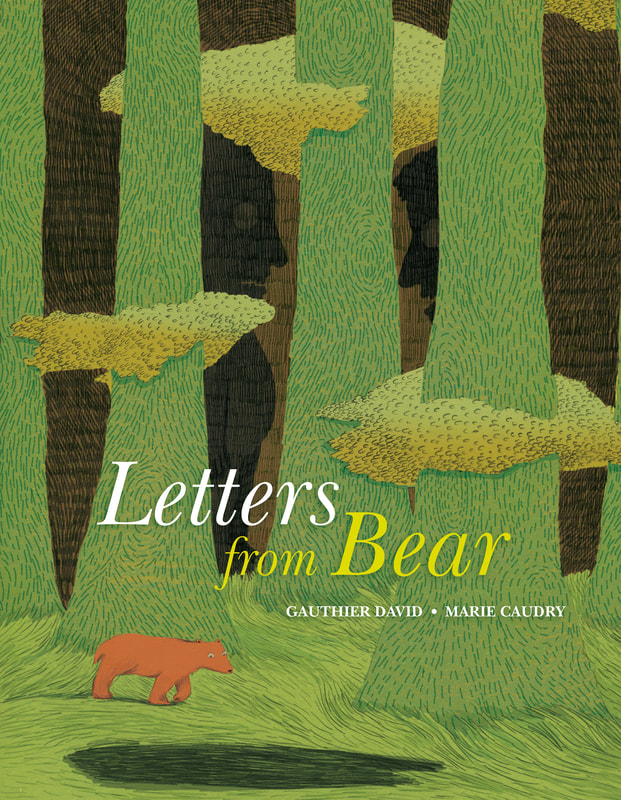
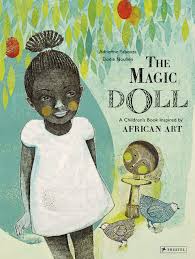
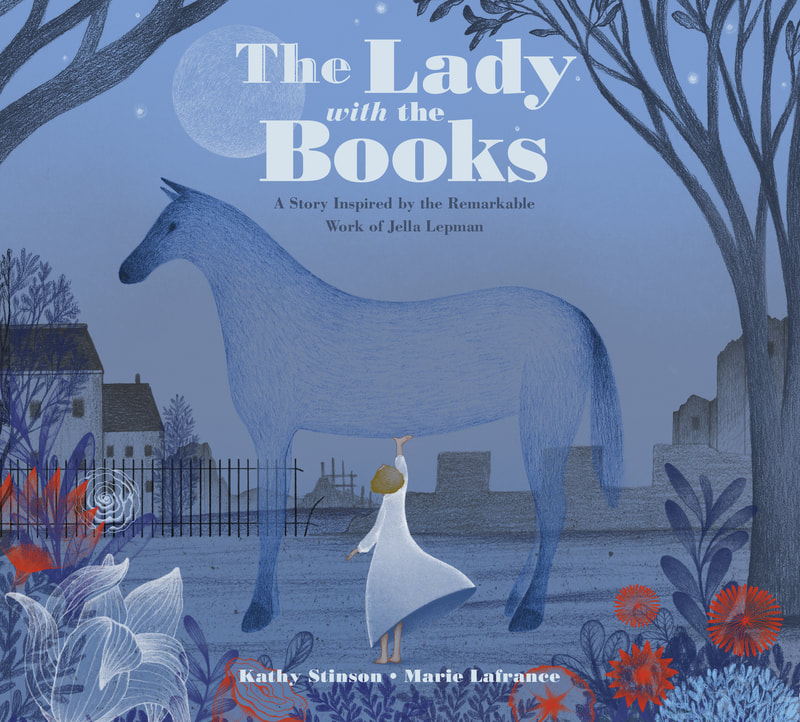
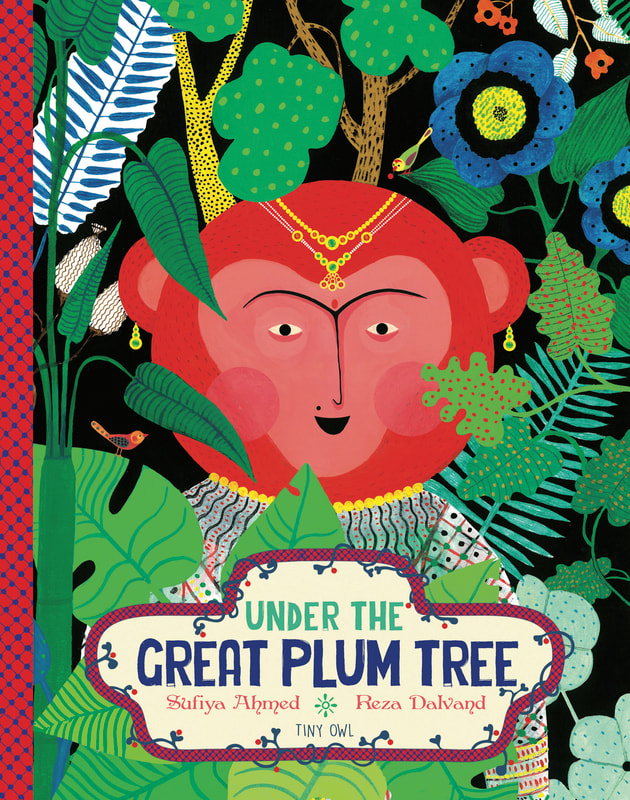
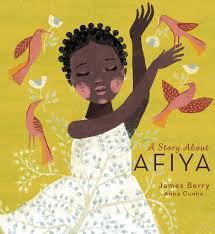
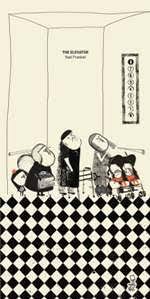
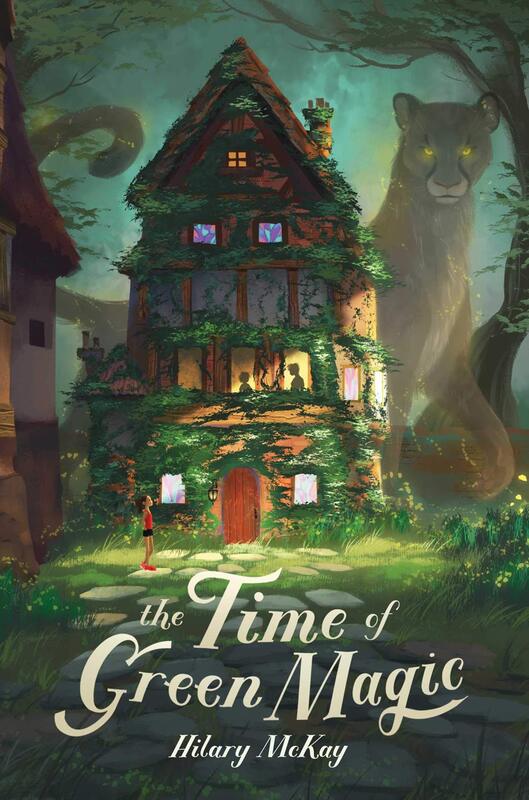
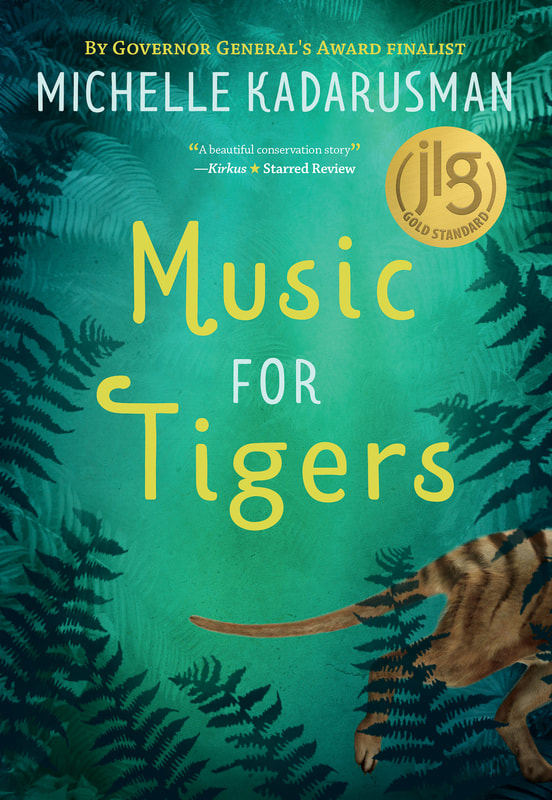
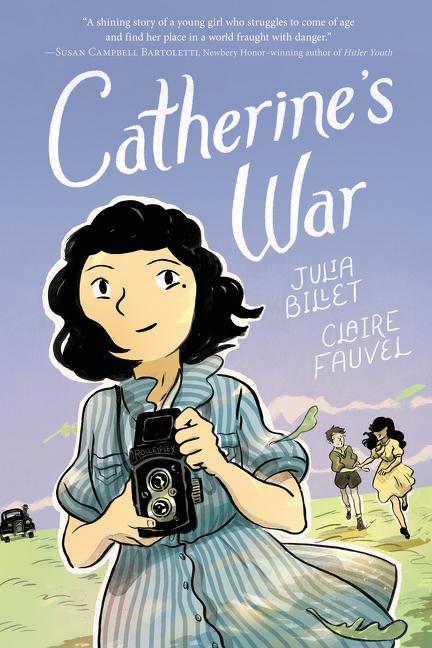
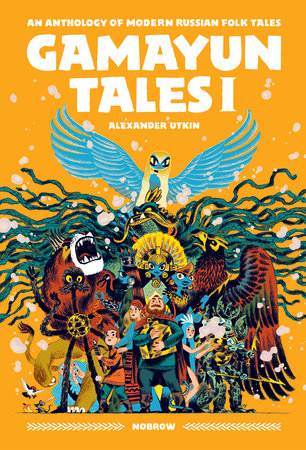
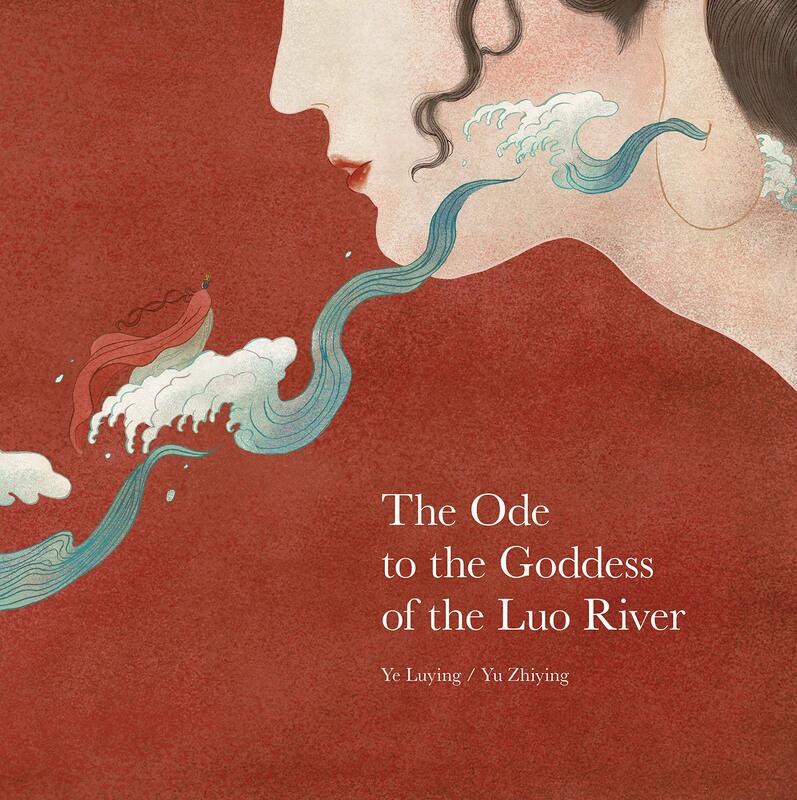
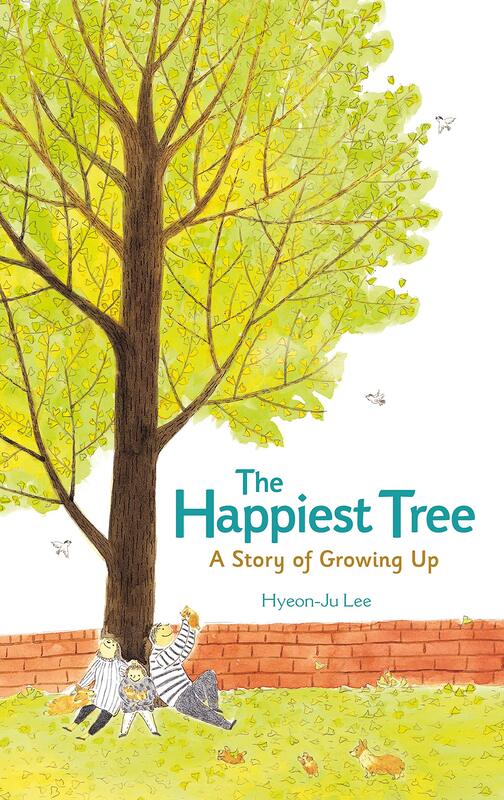
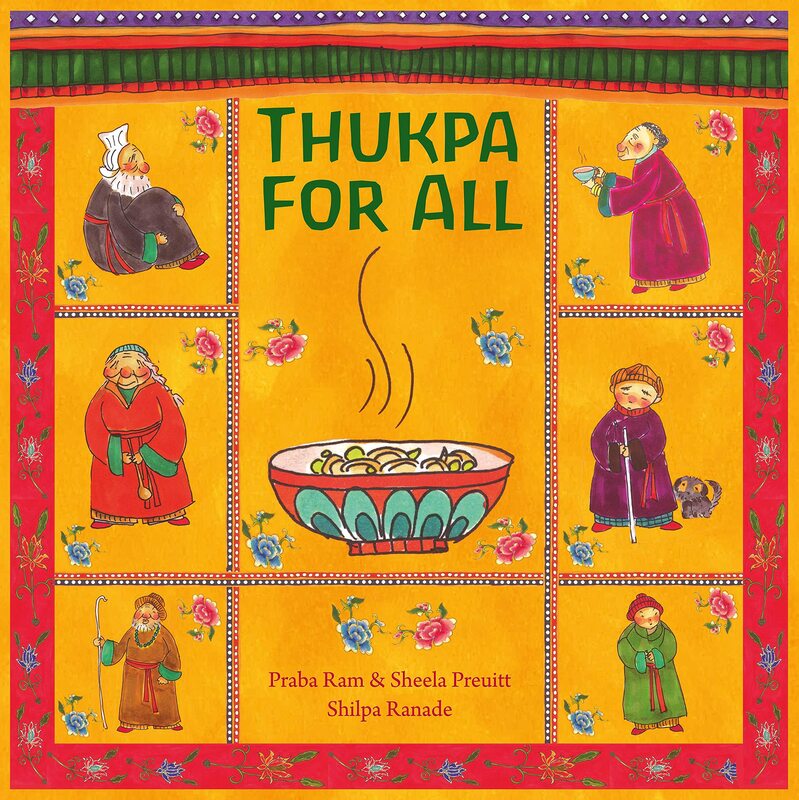
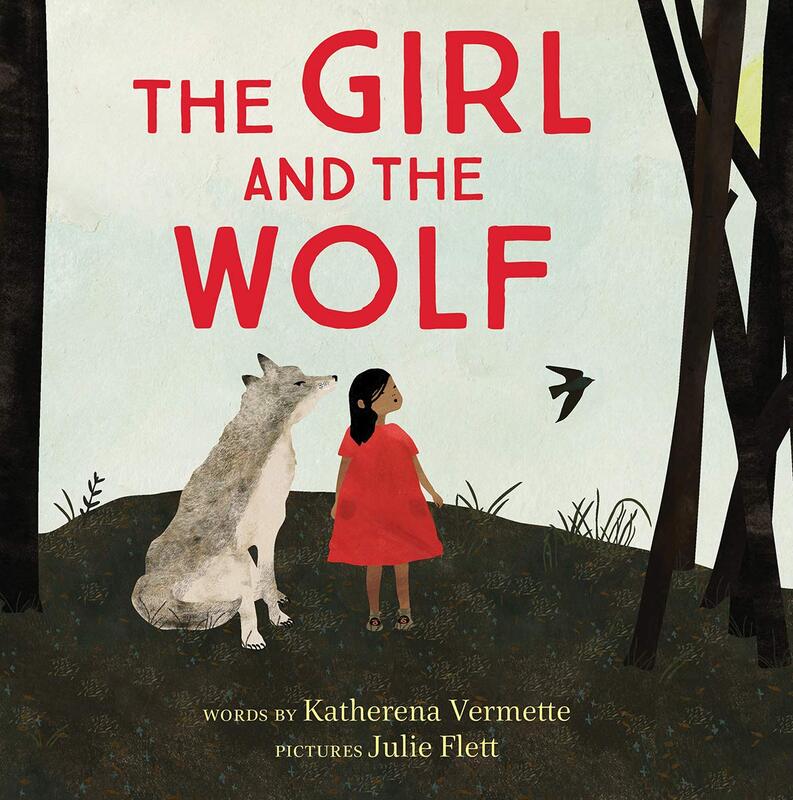
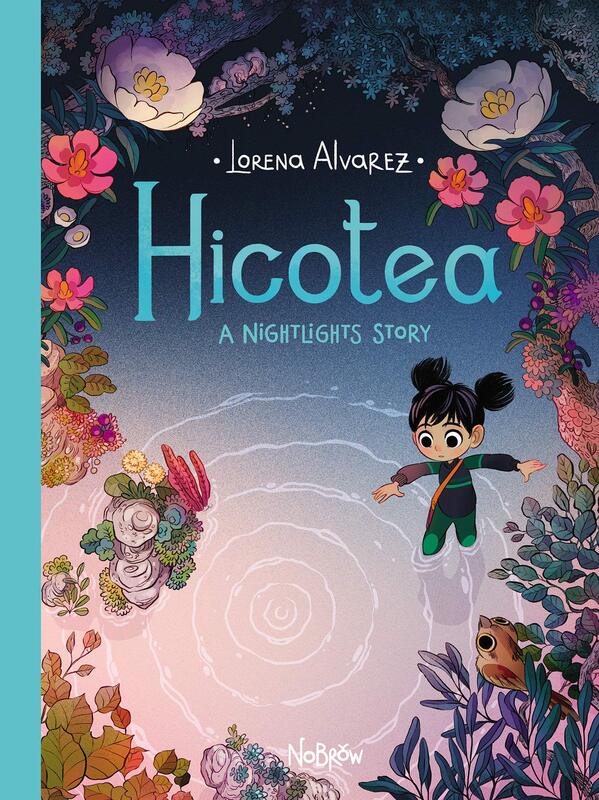
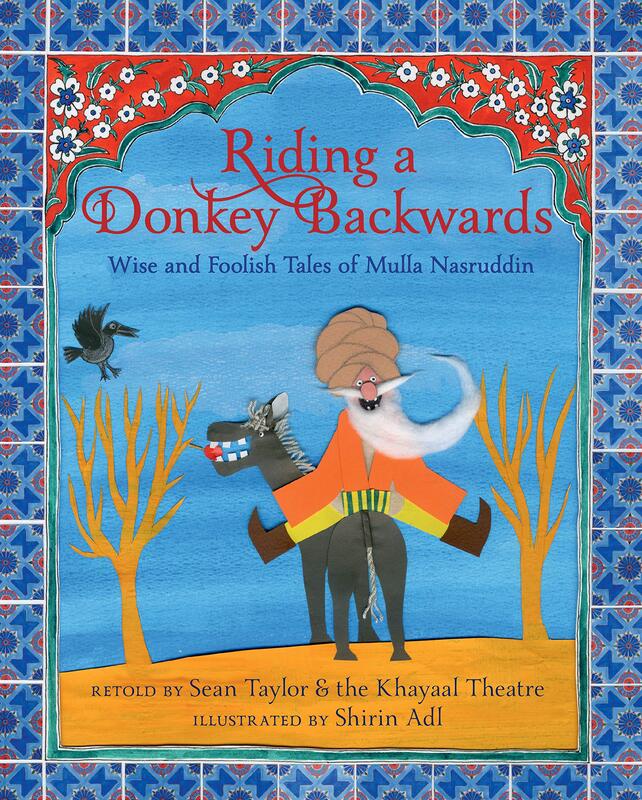
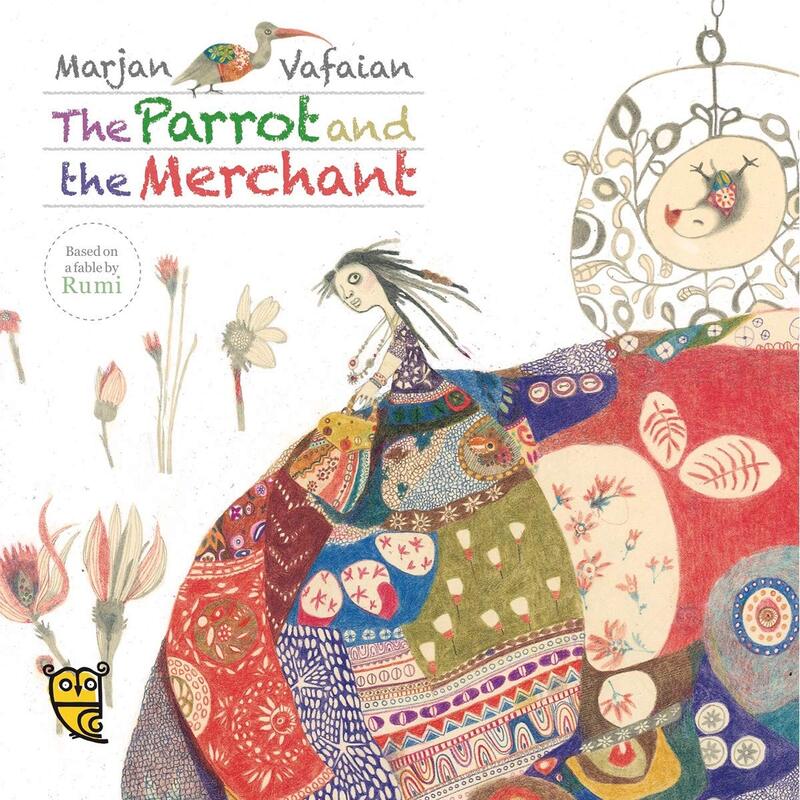
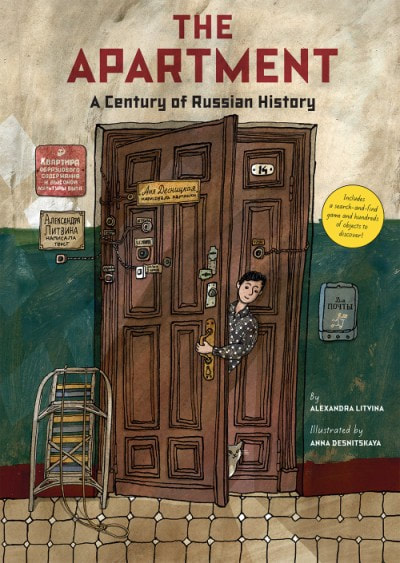
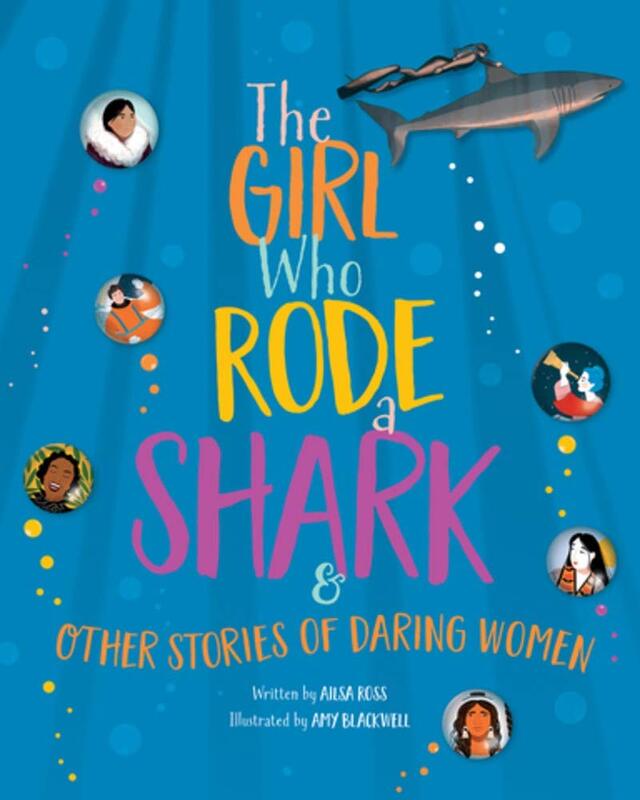
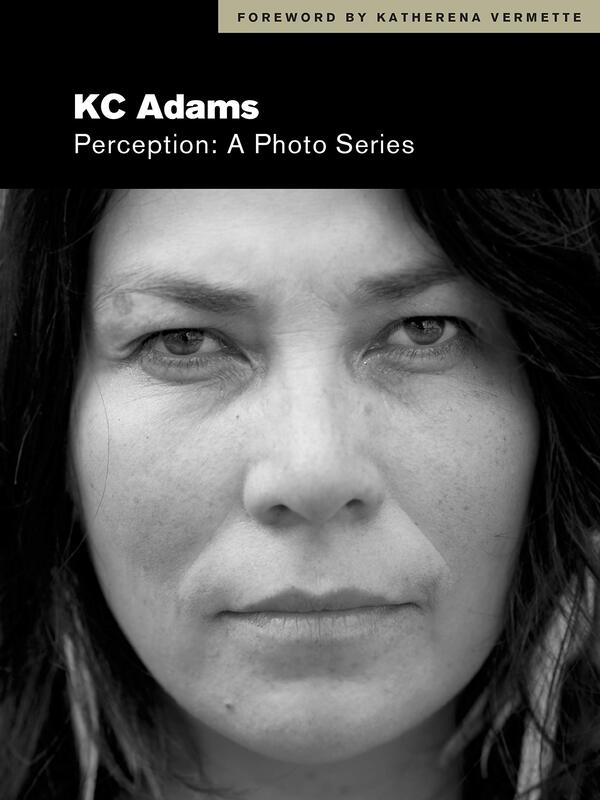
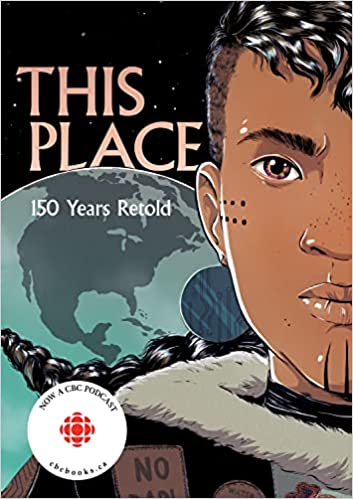
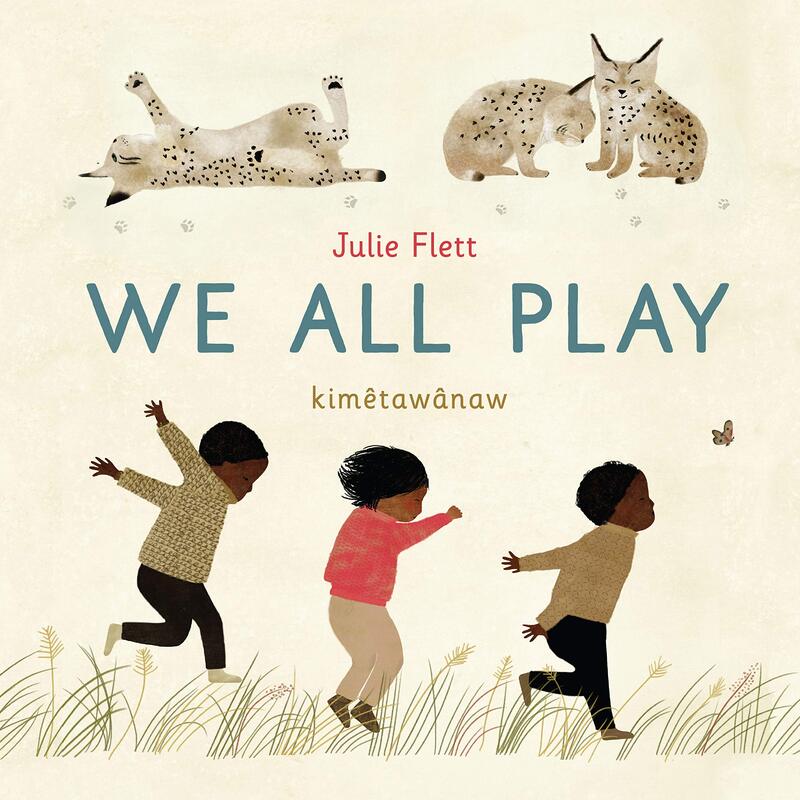
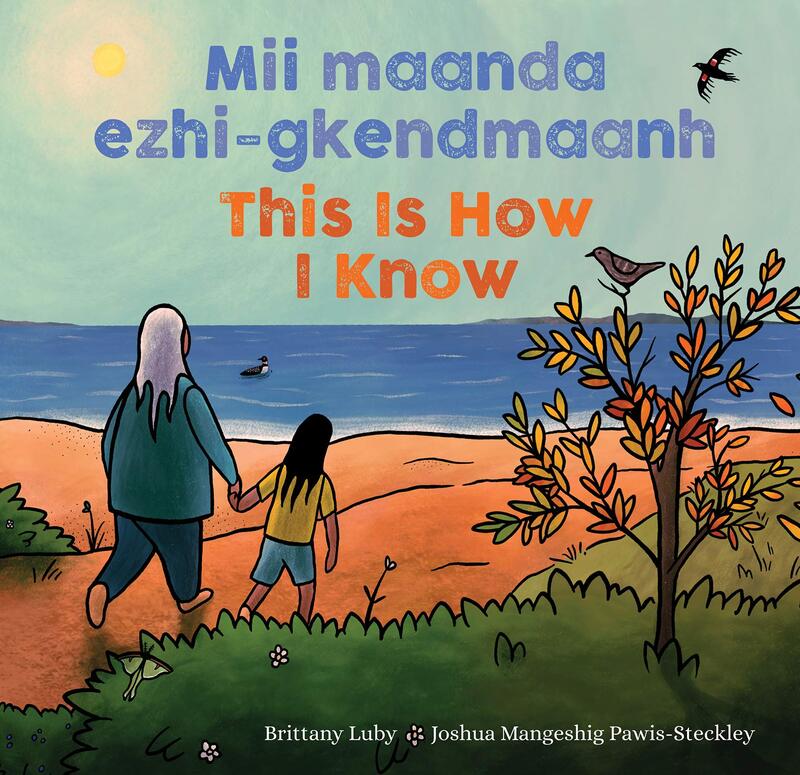
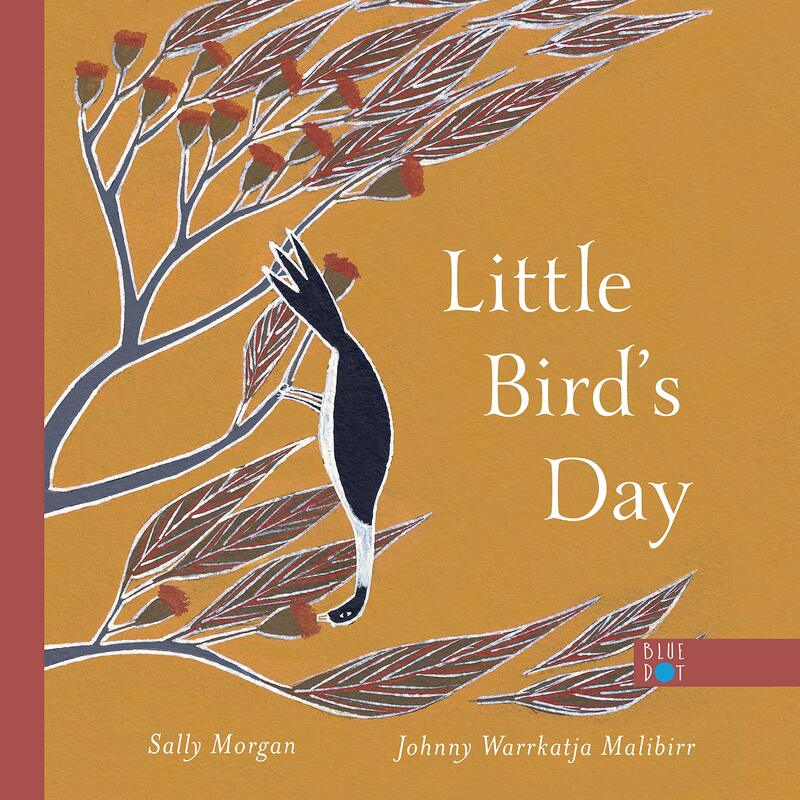
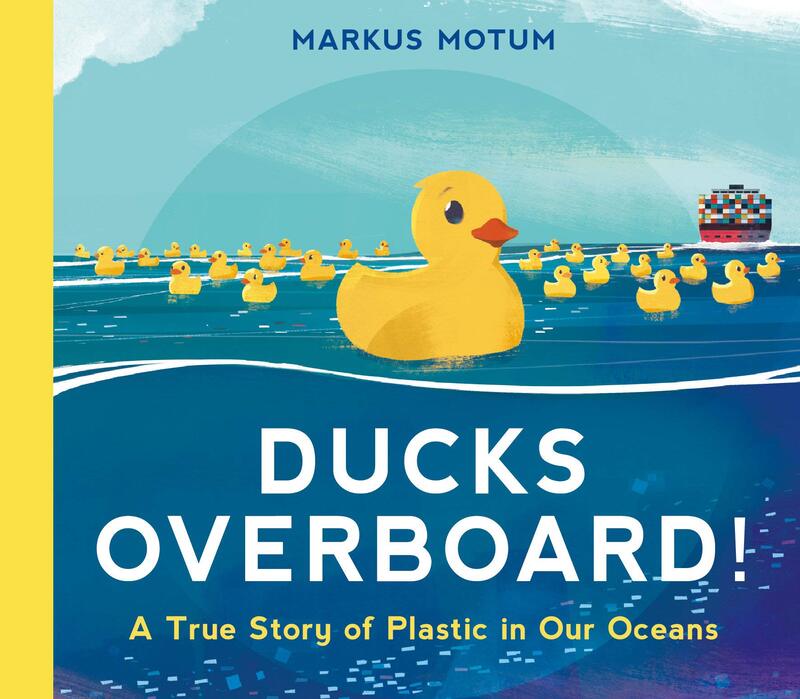
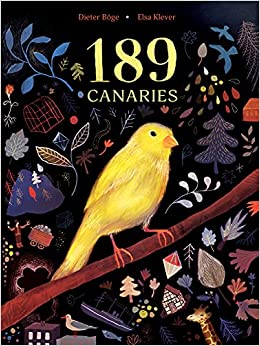
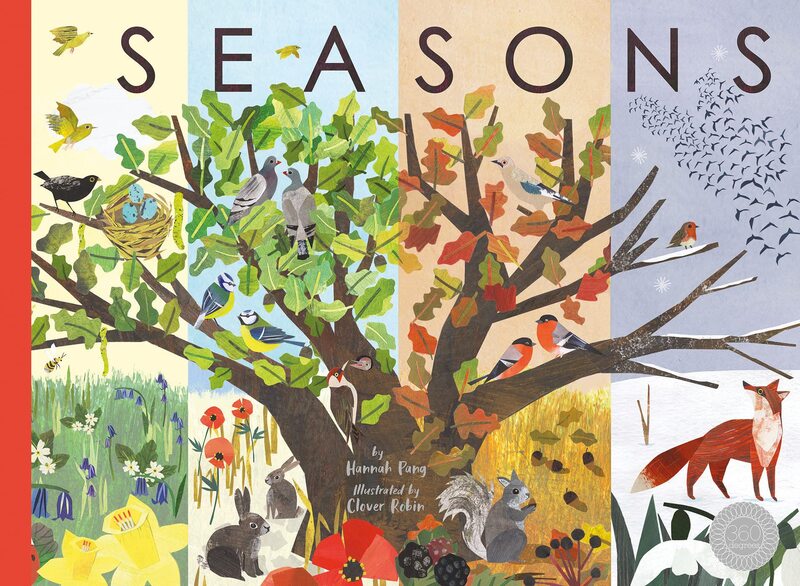
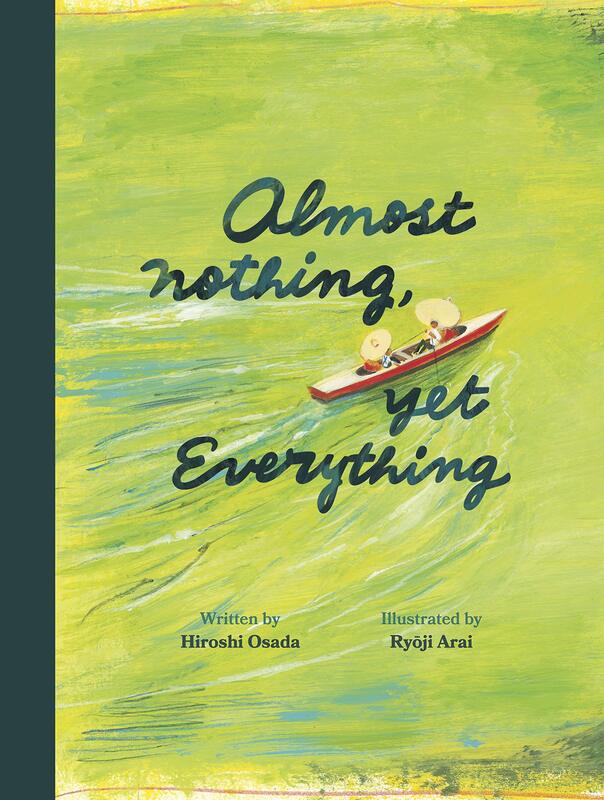
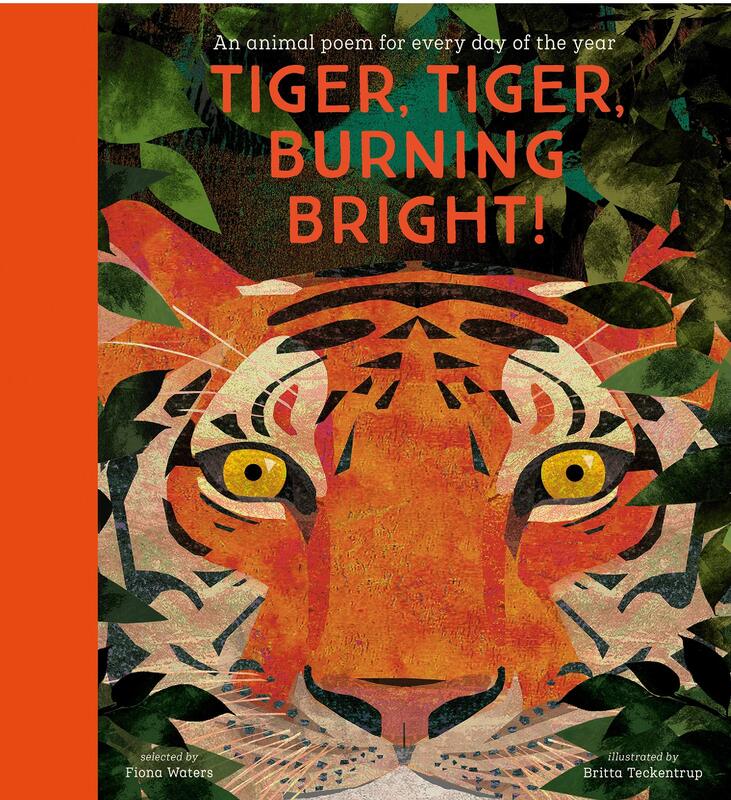
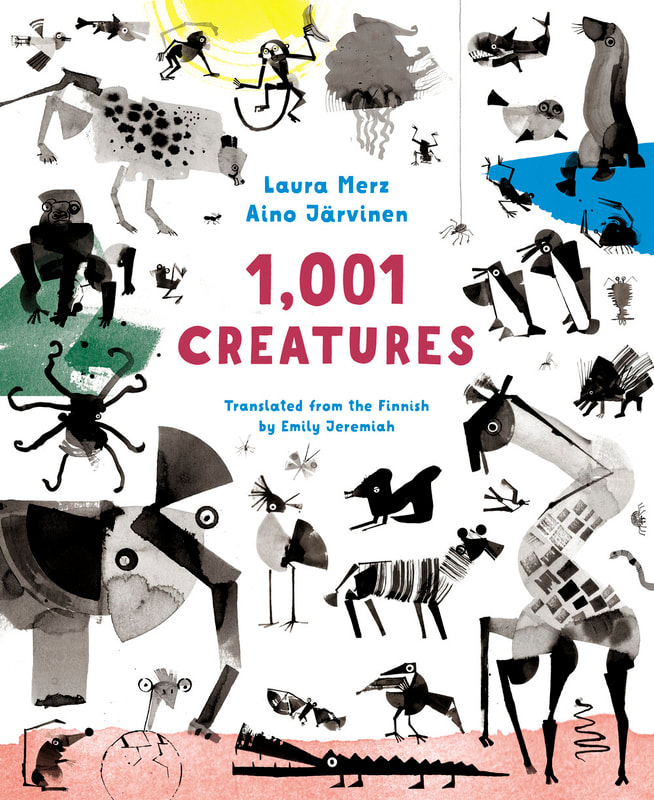
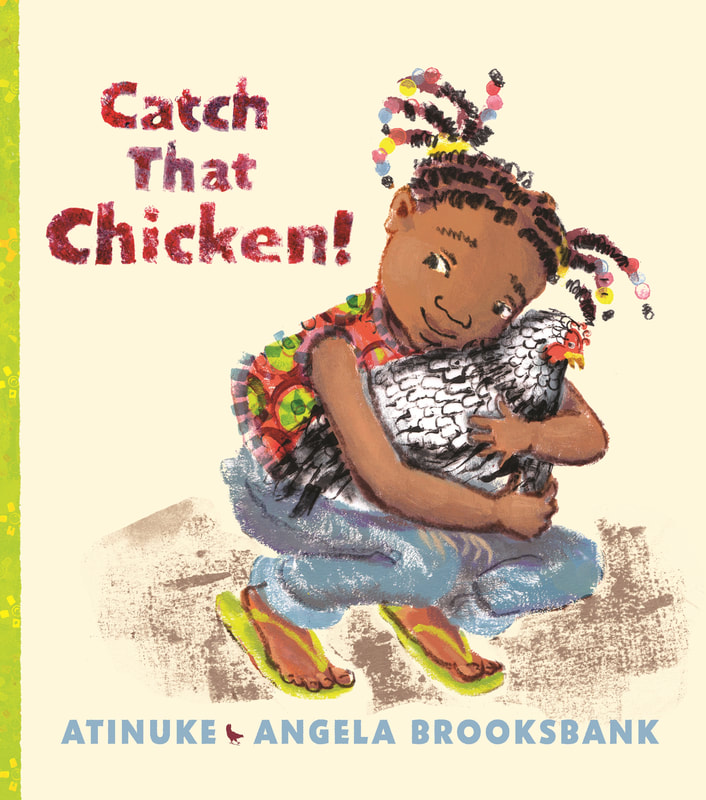
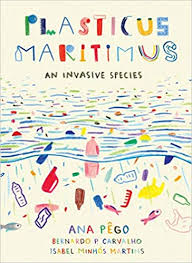
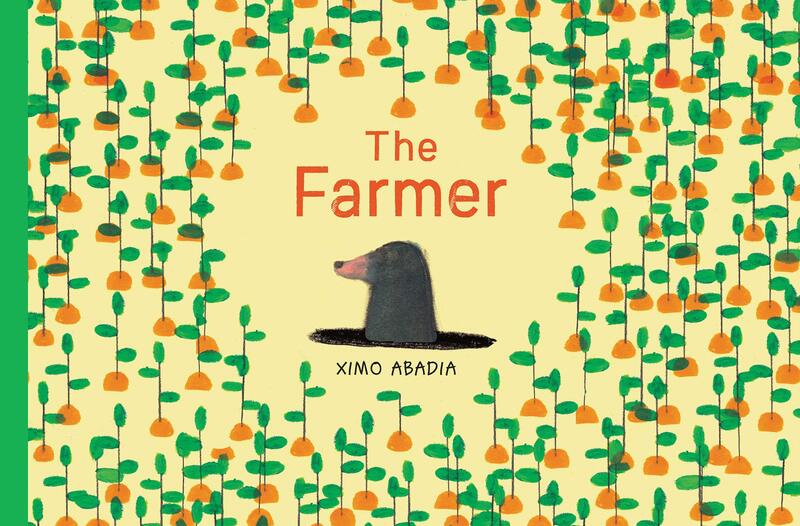
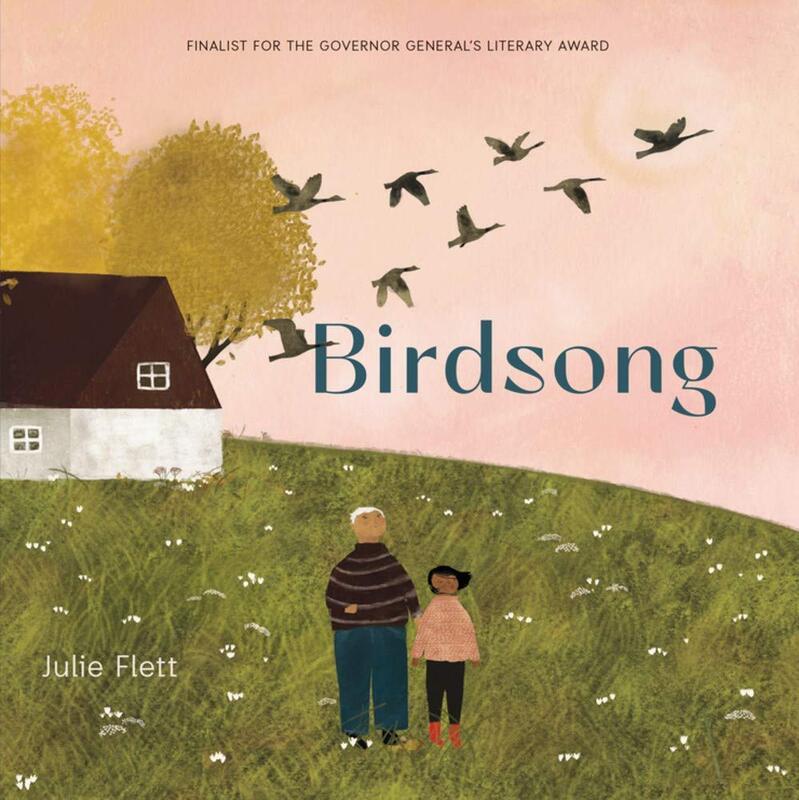
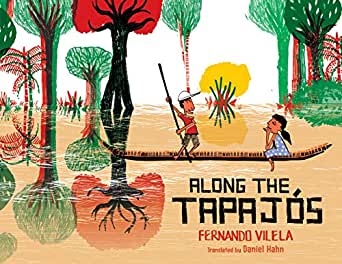
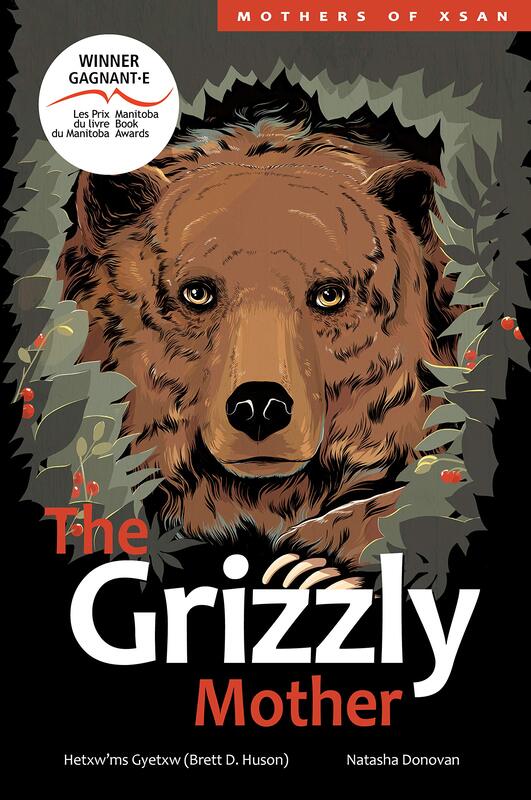
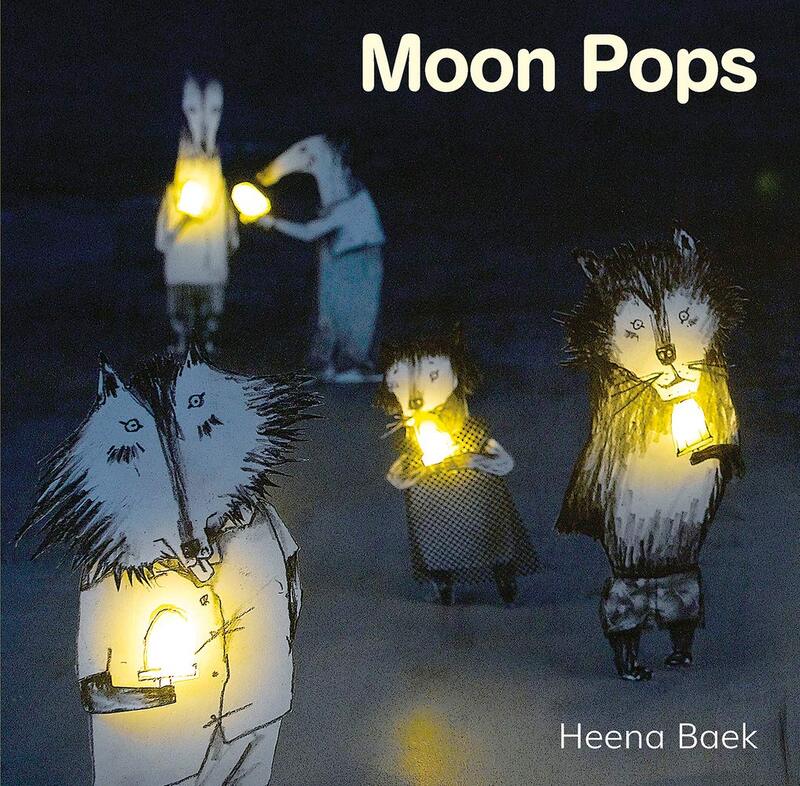
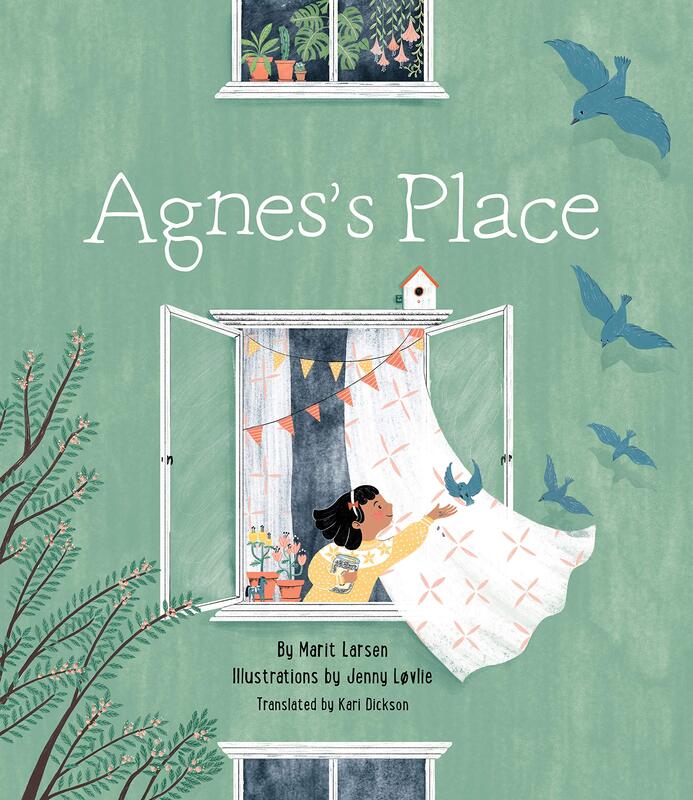
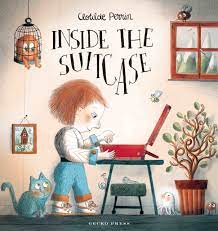
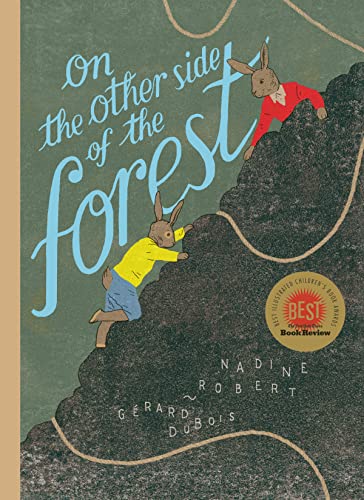
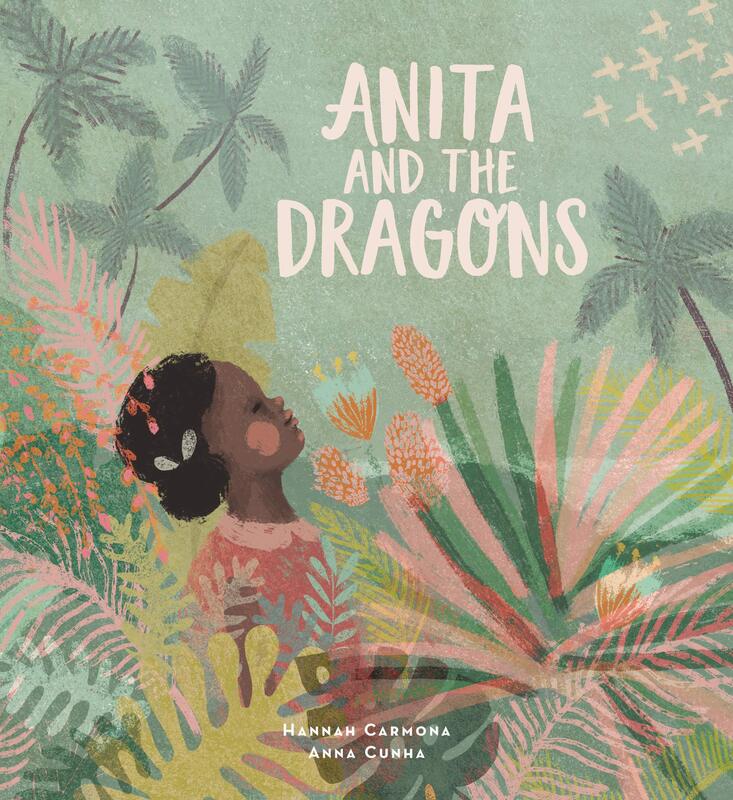
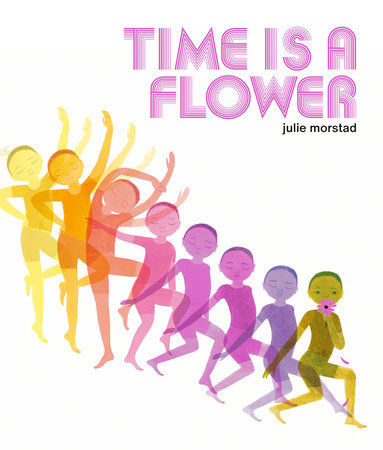
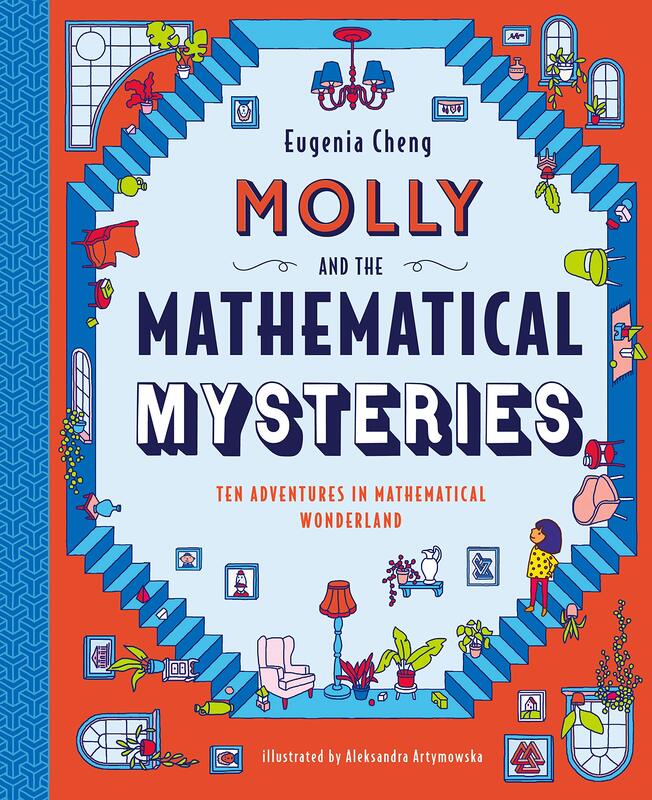
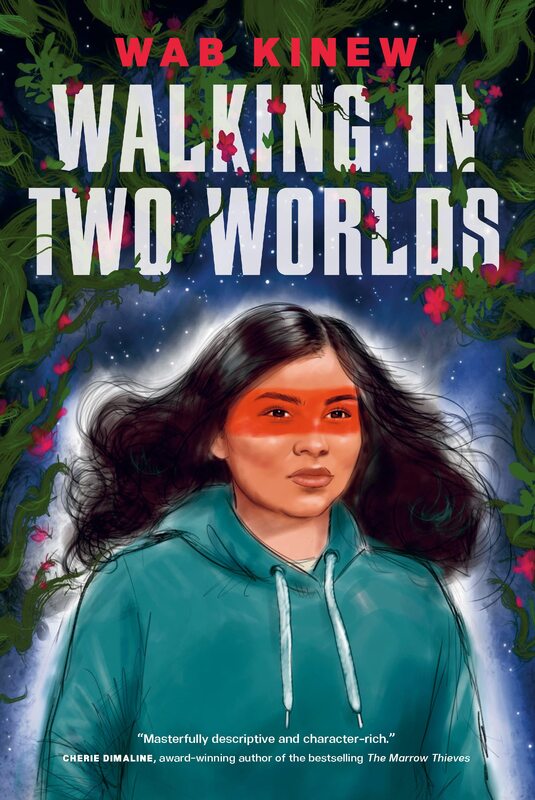
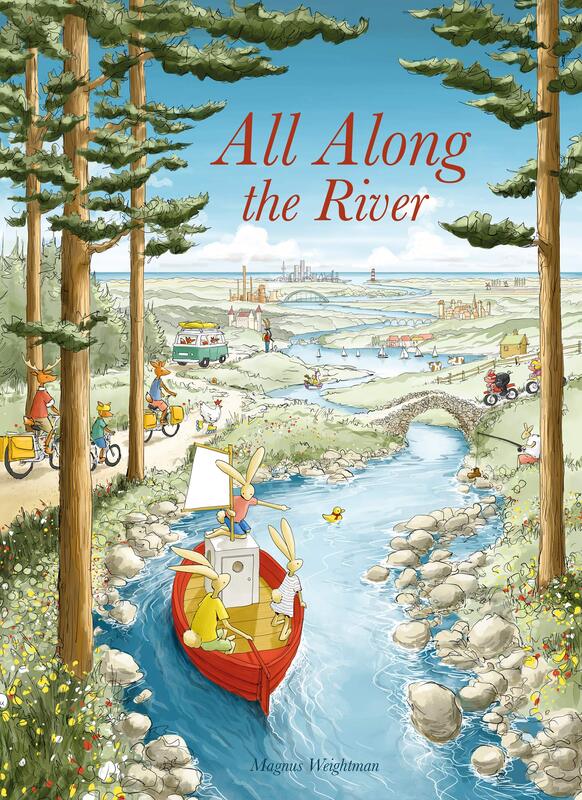
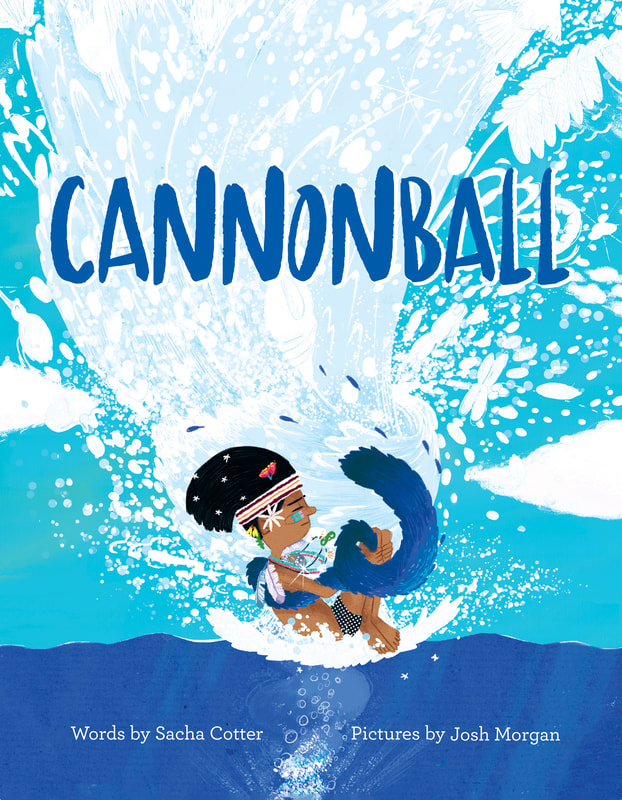
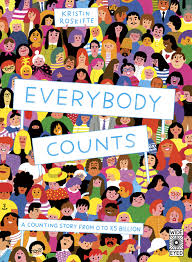
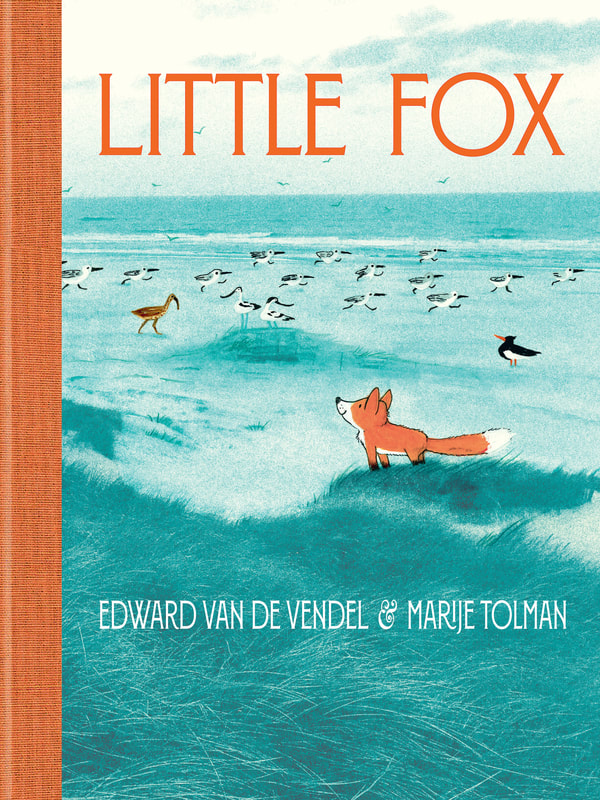
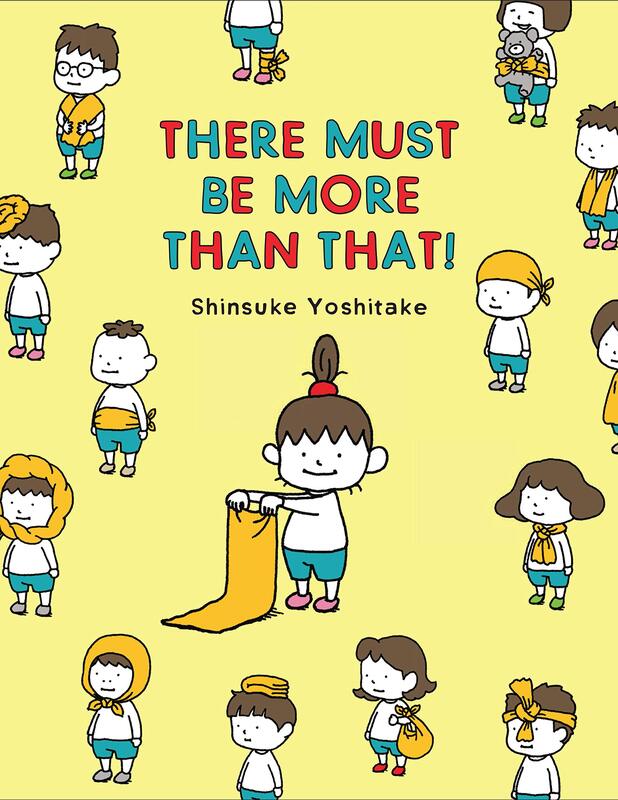
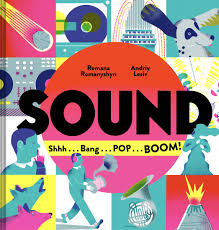
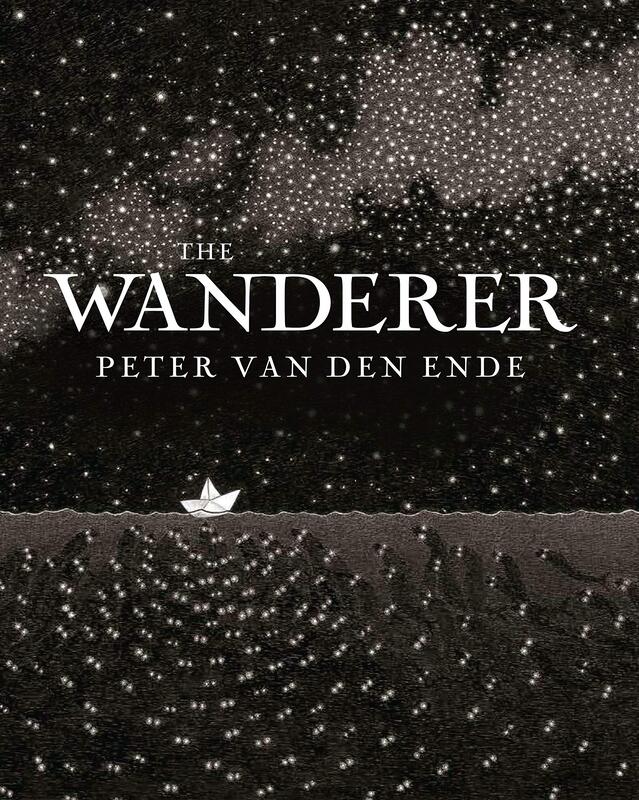
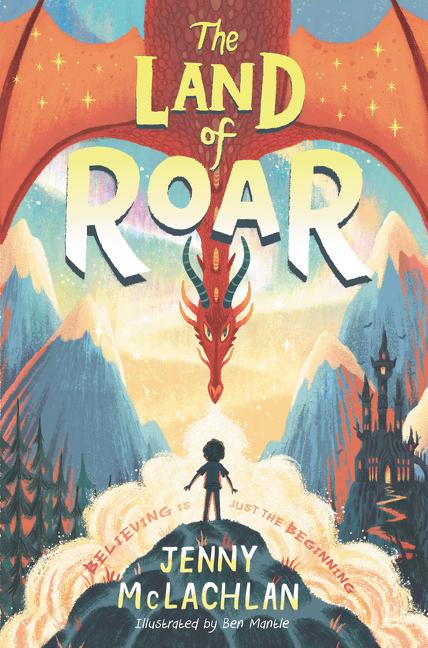
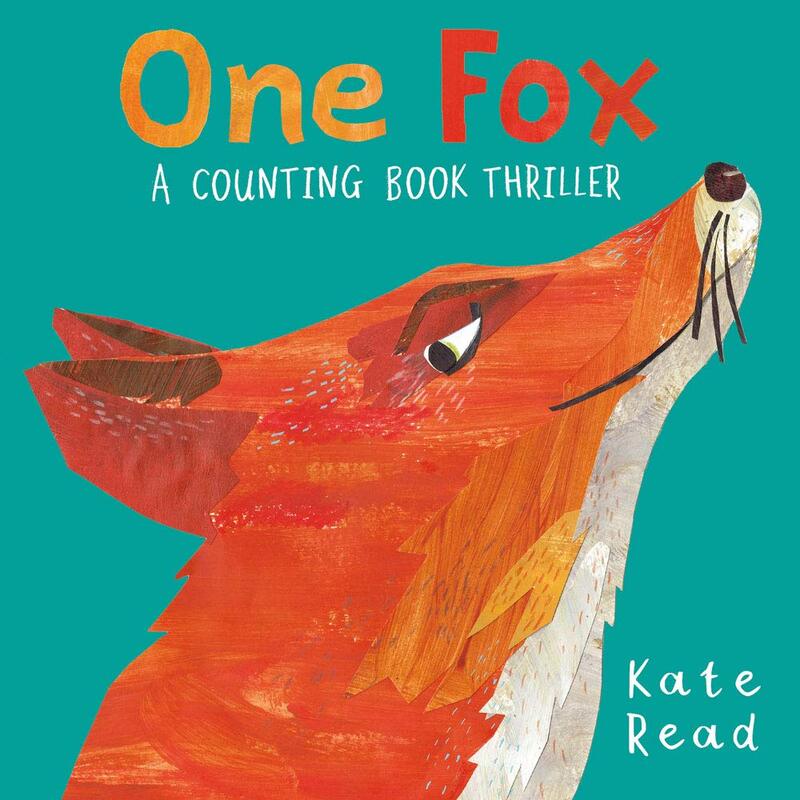
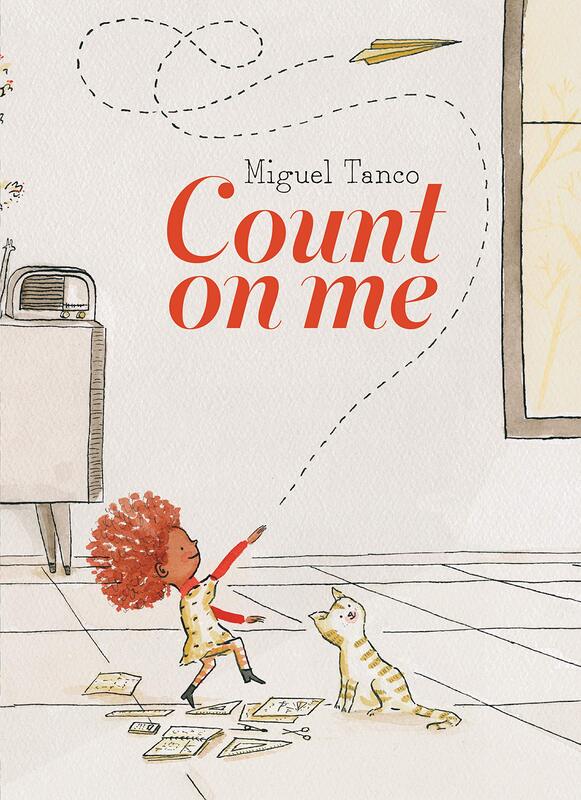
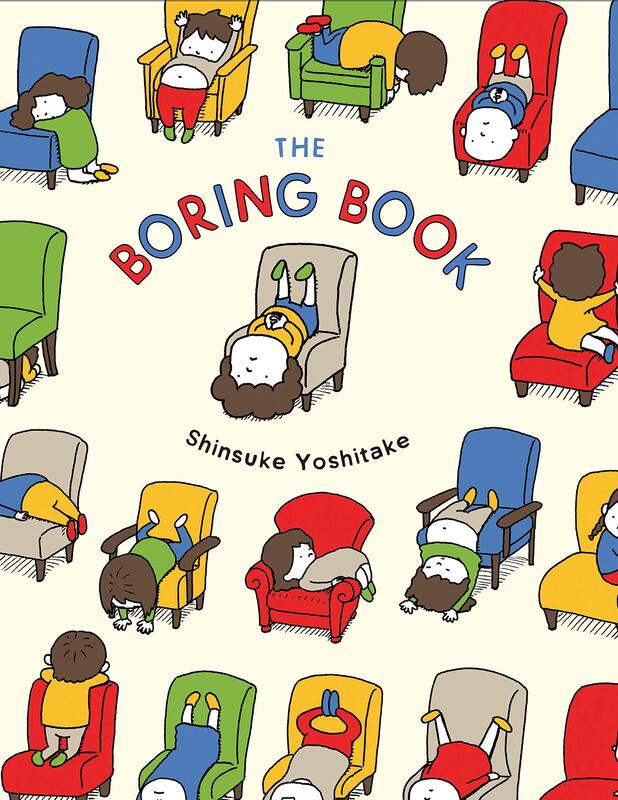
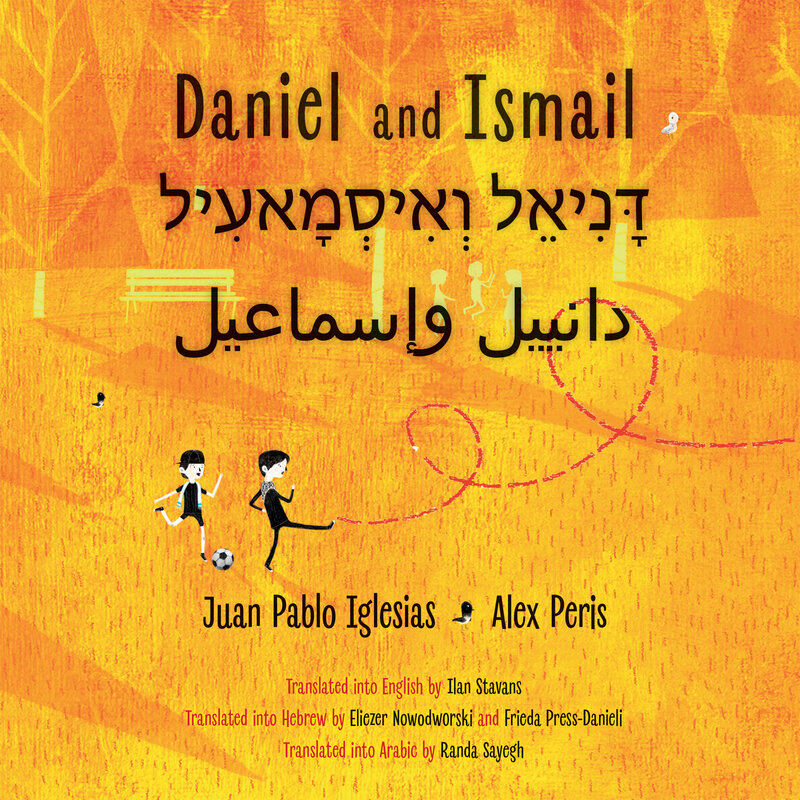
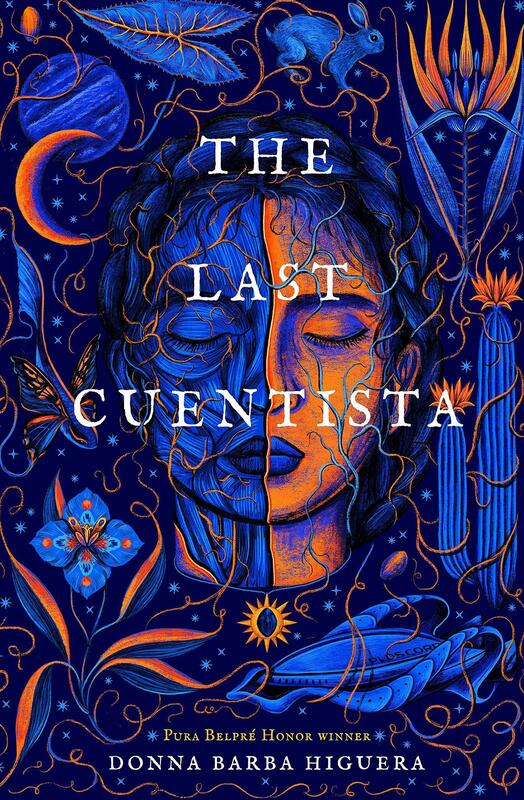
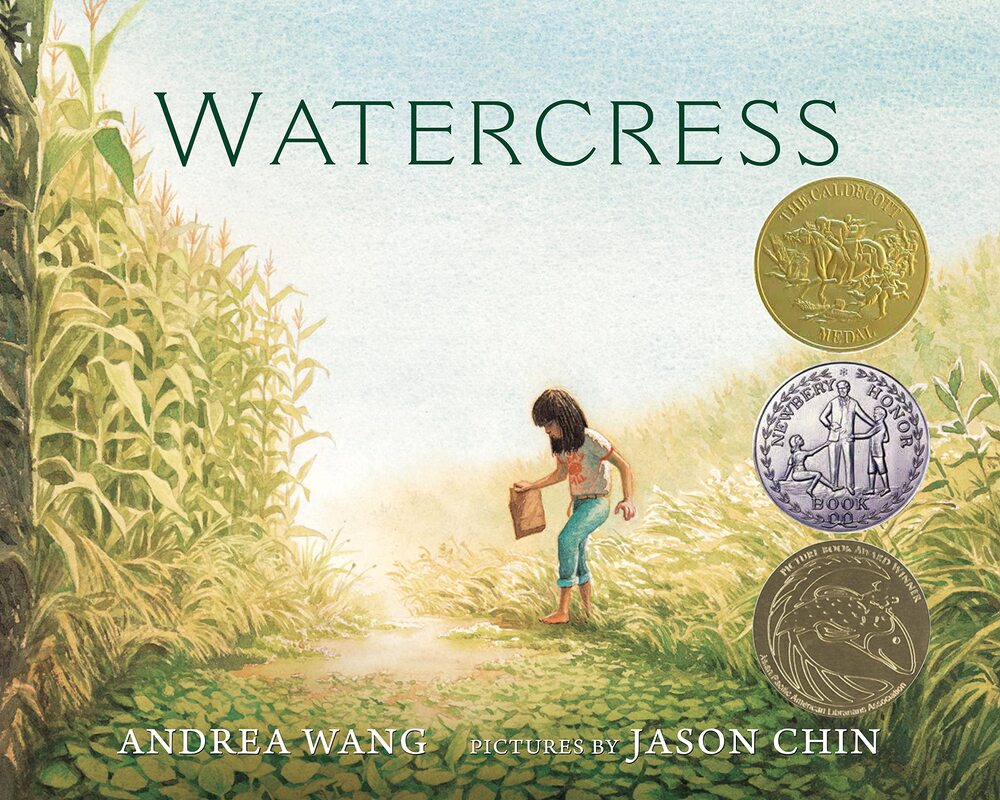
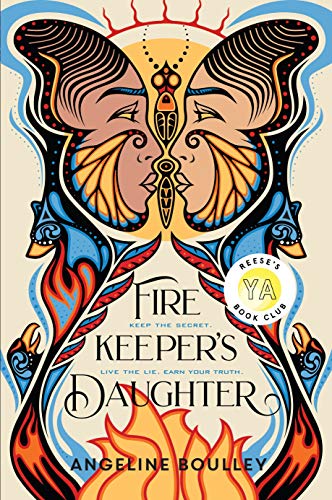
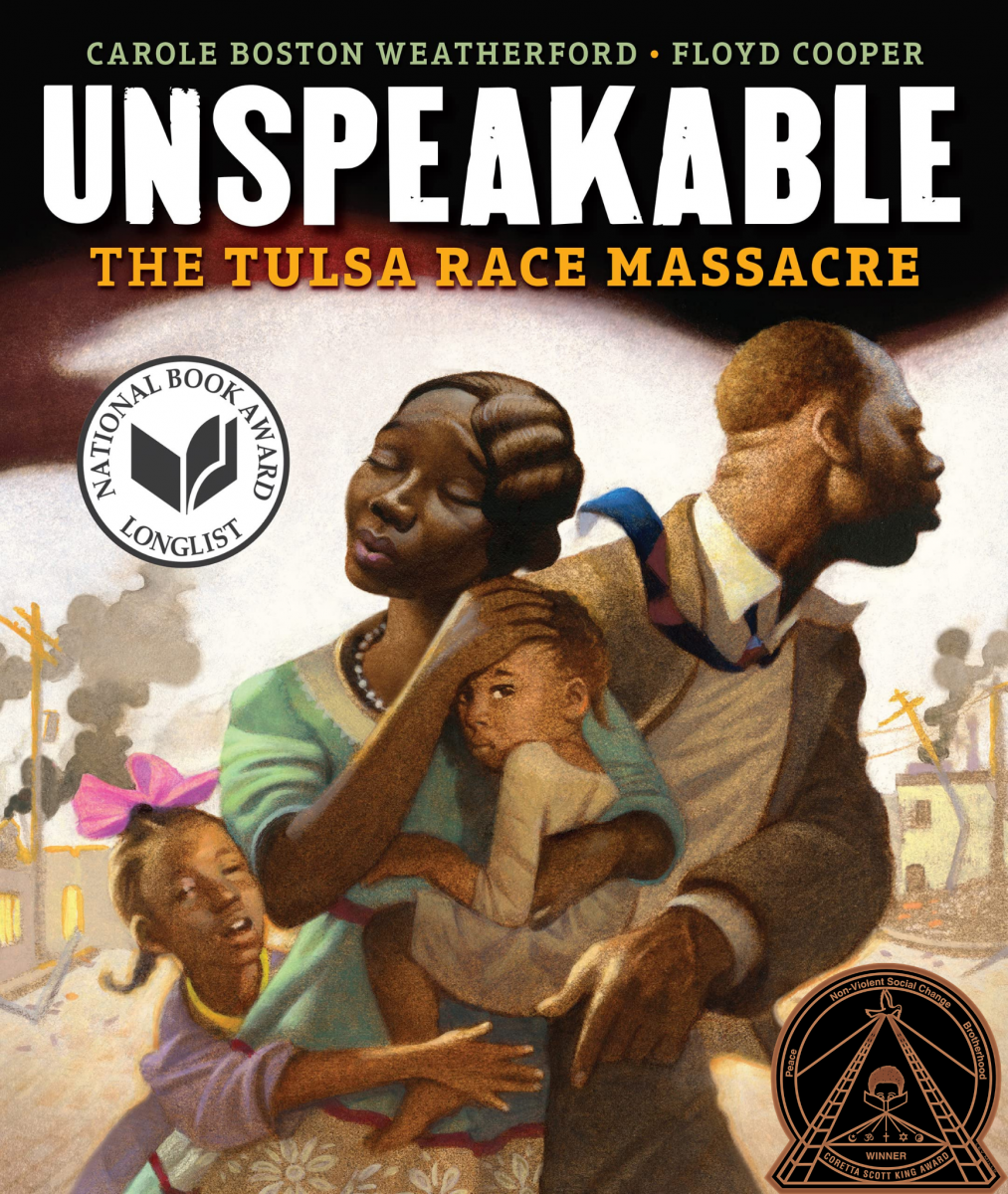
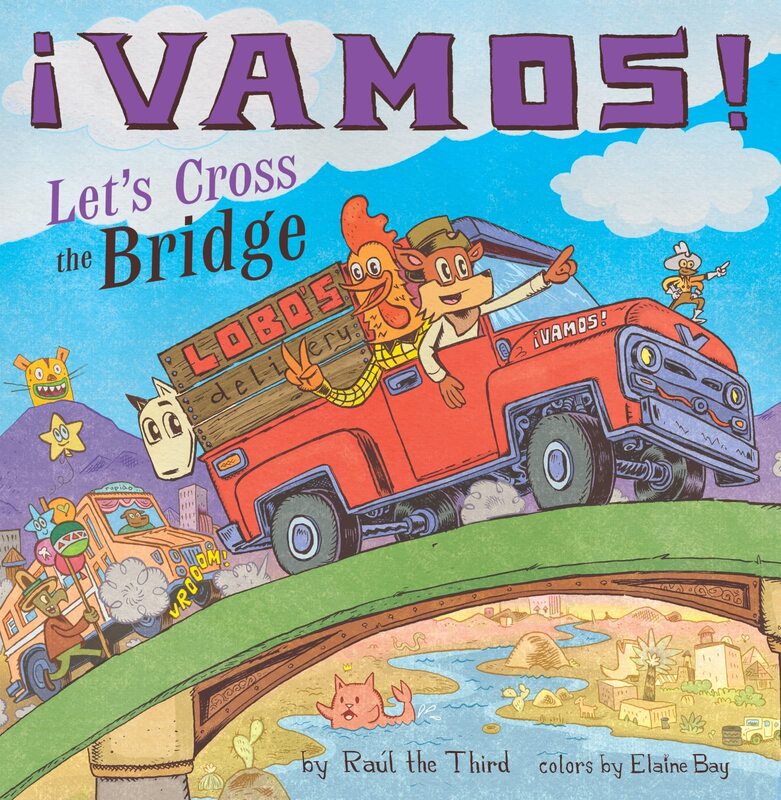
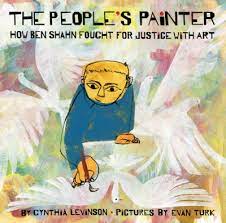
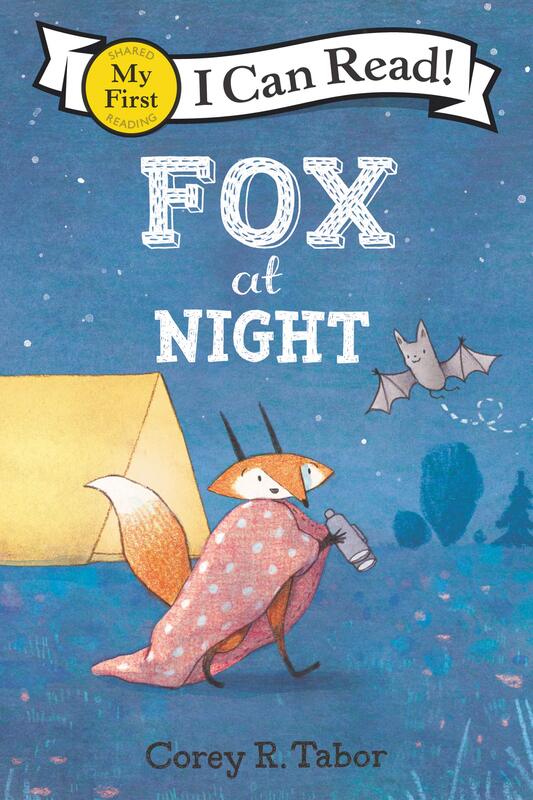
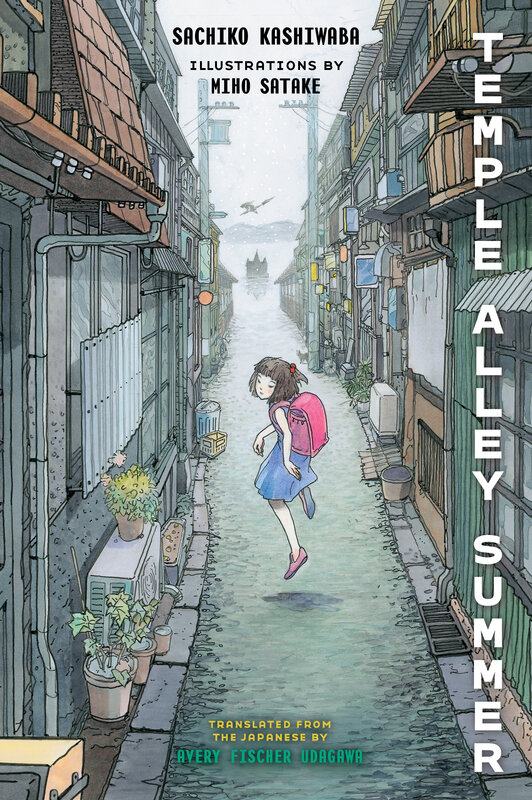
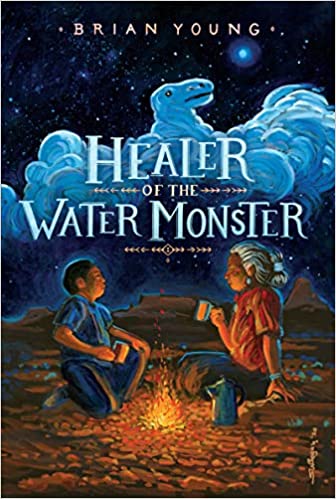
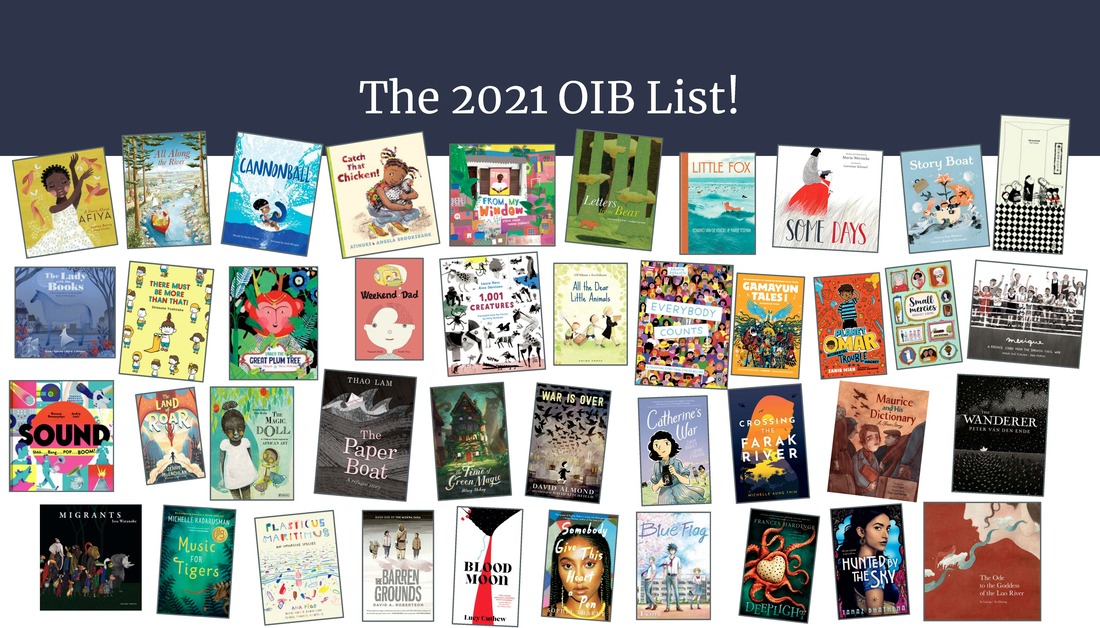
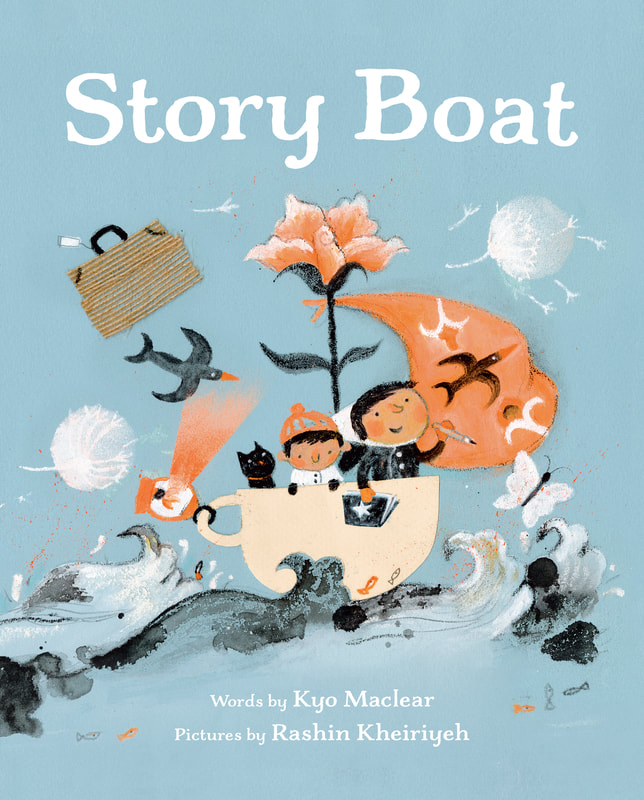
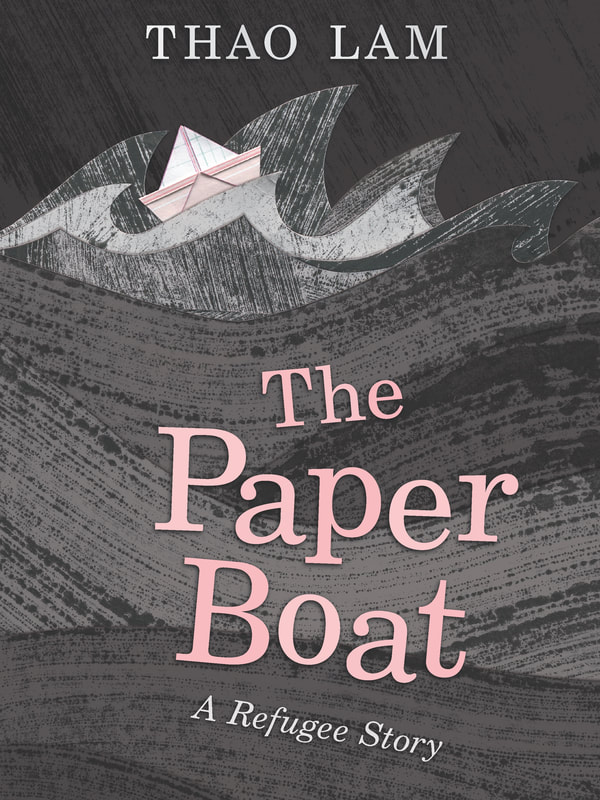
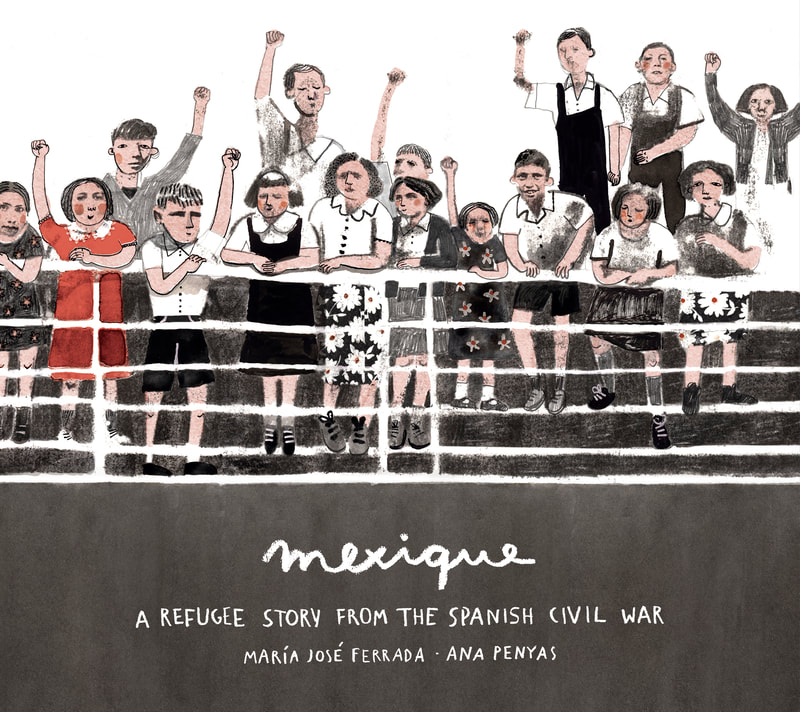
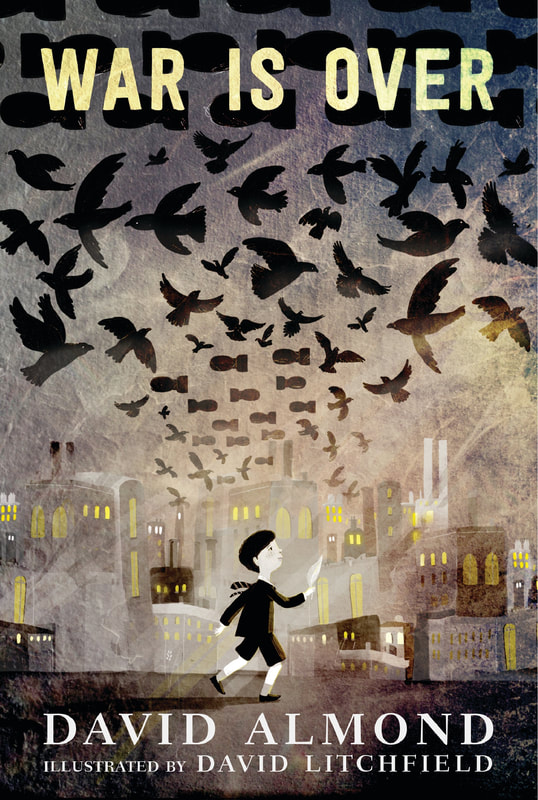
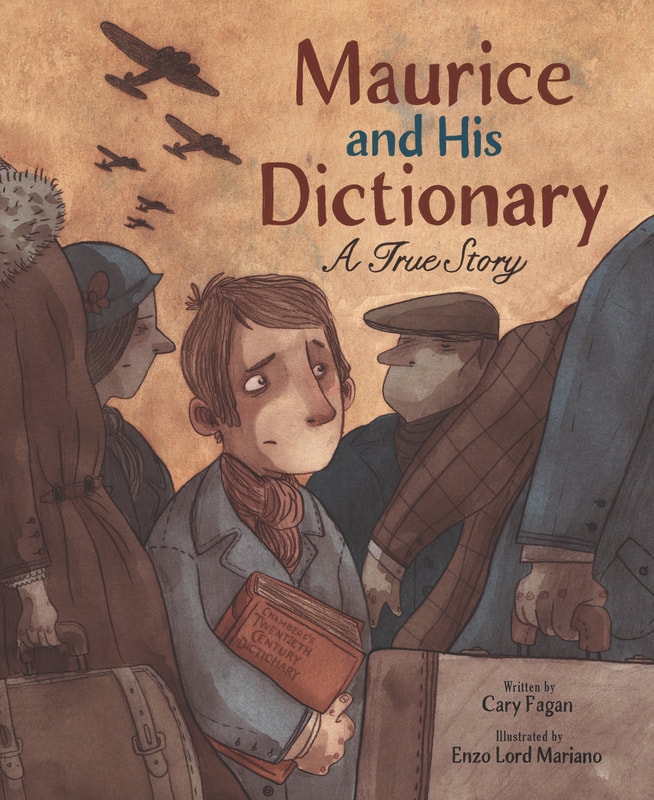
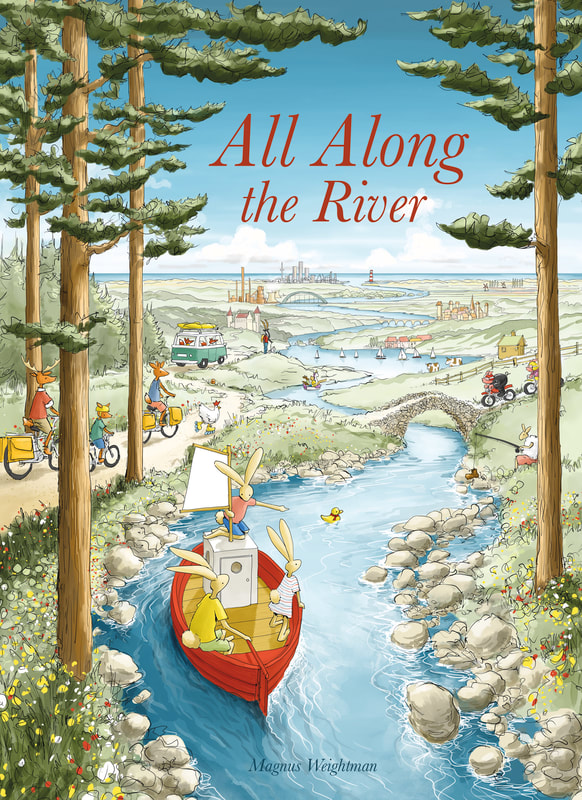
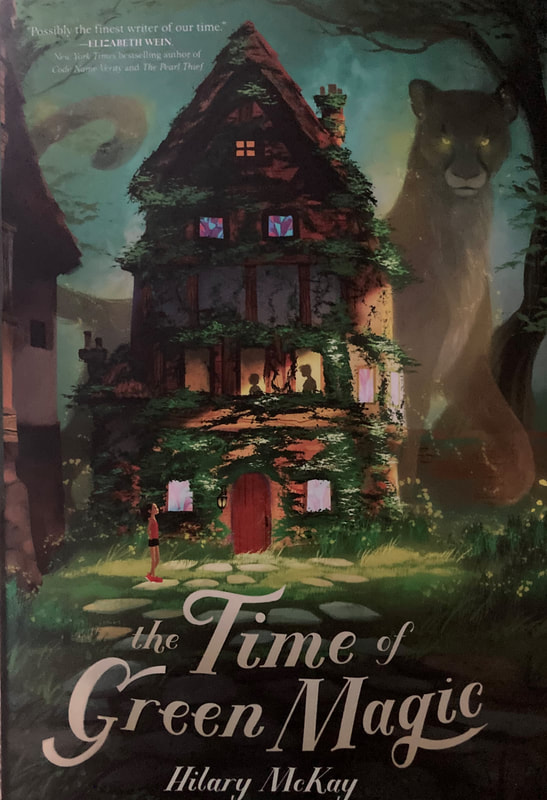
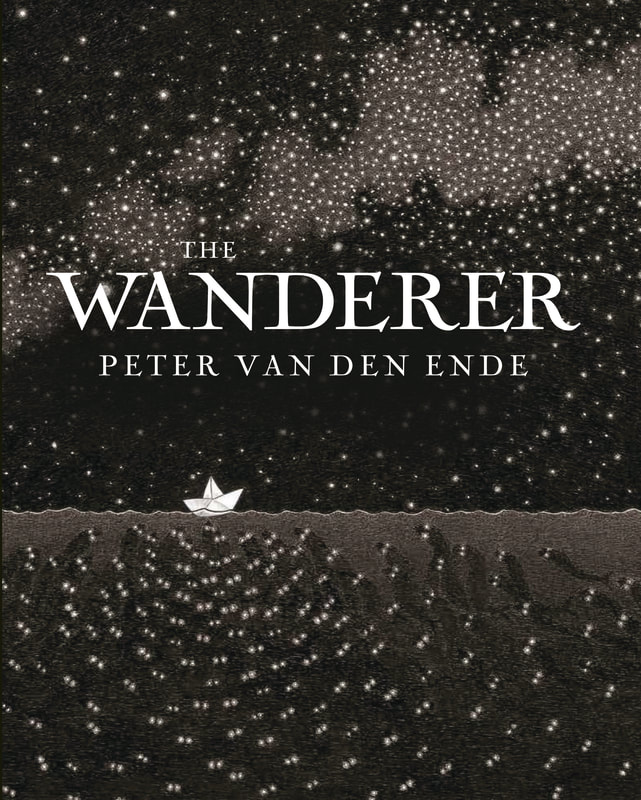
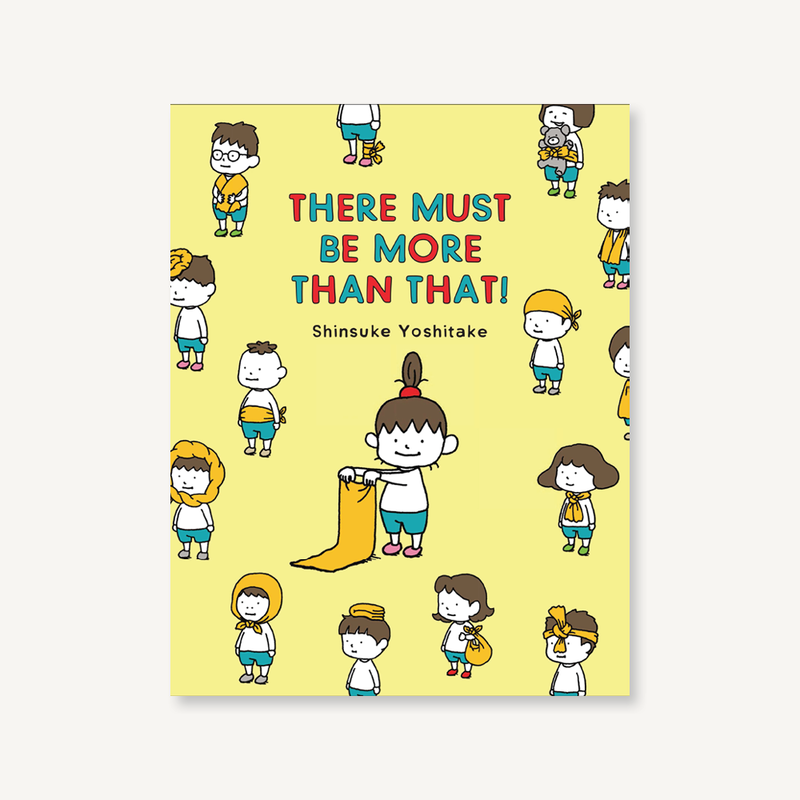
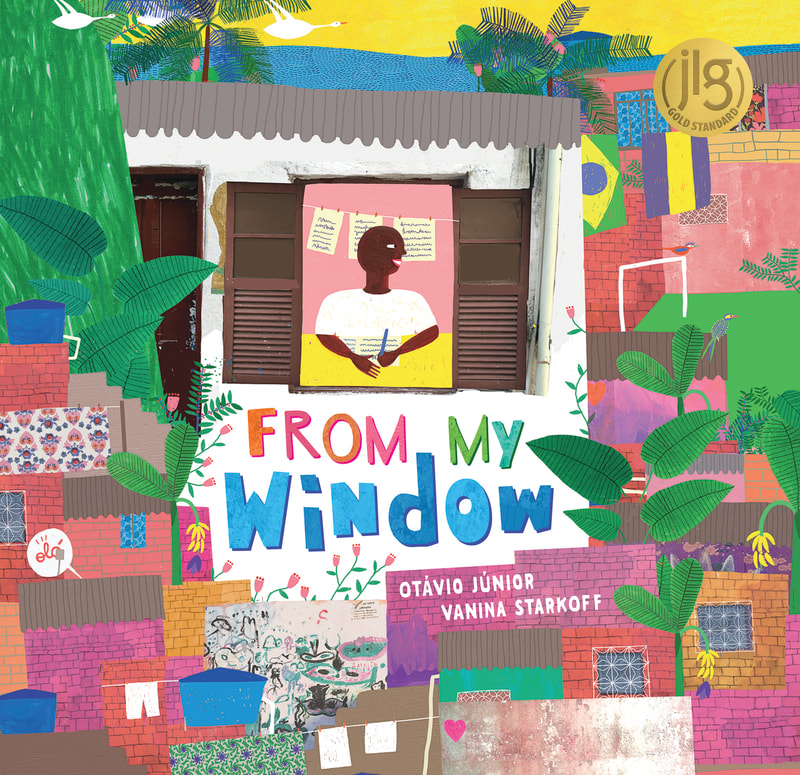
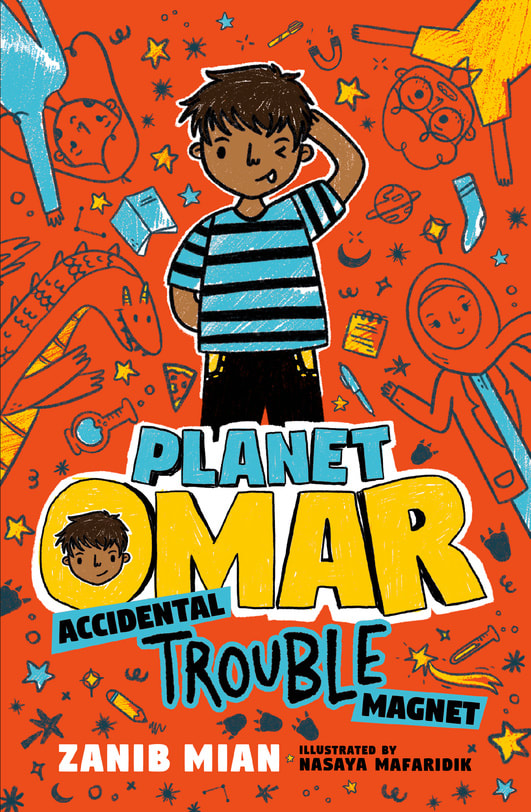
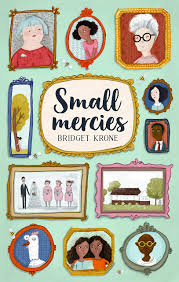

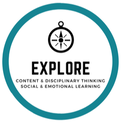

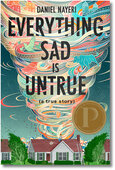
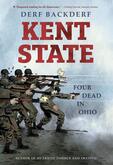
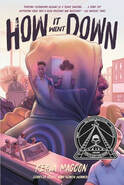
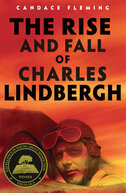
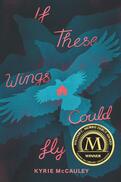
 RSS Feed
RSS Feed